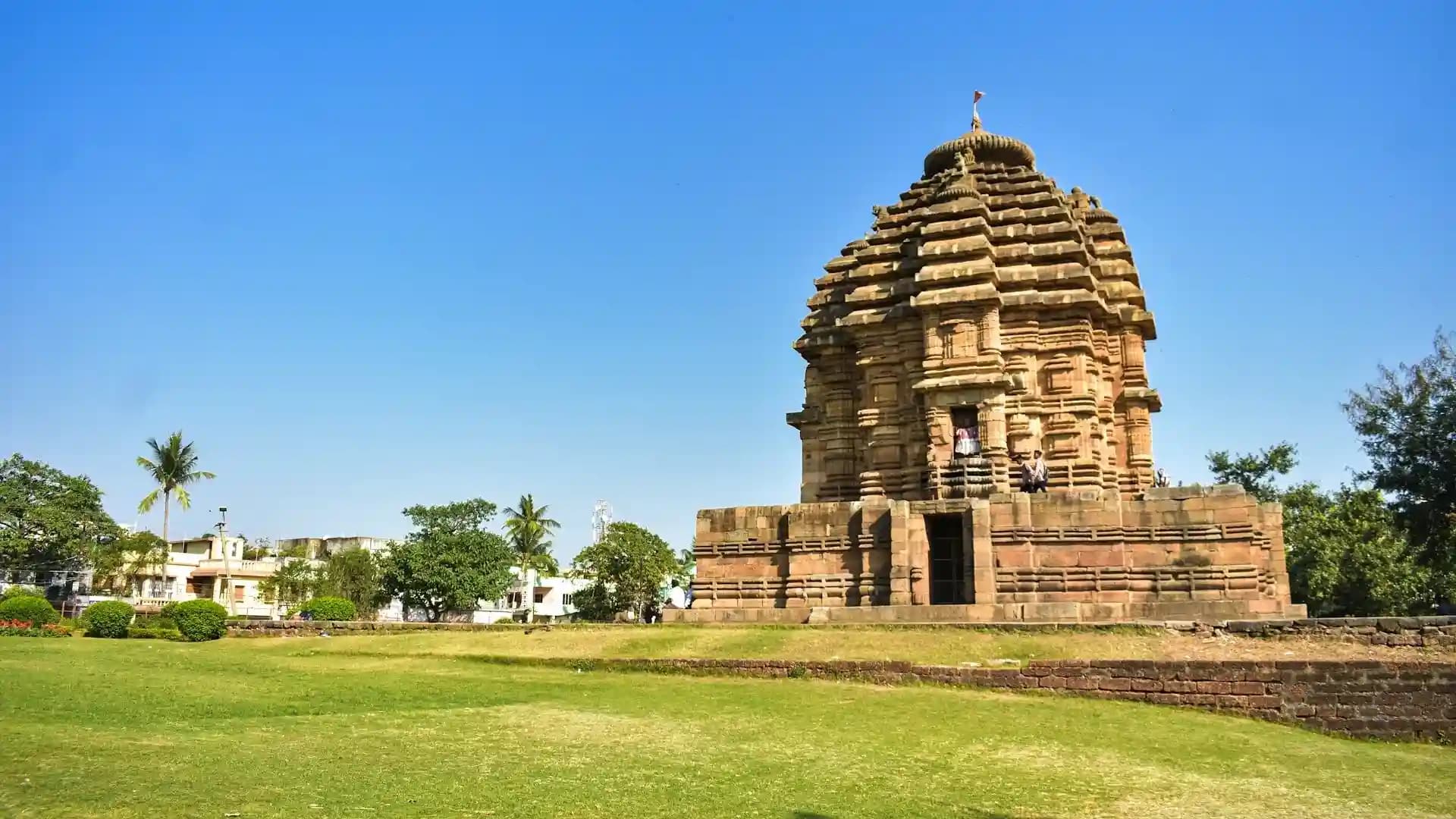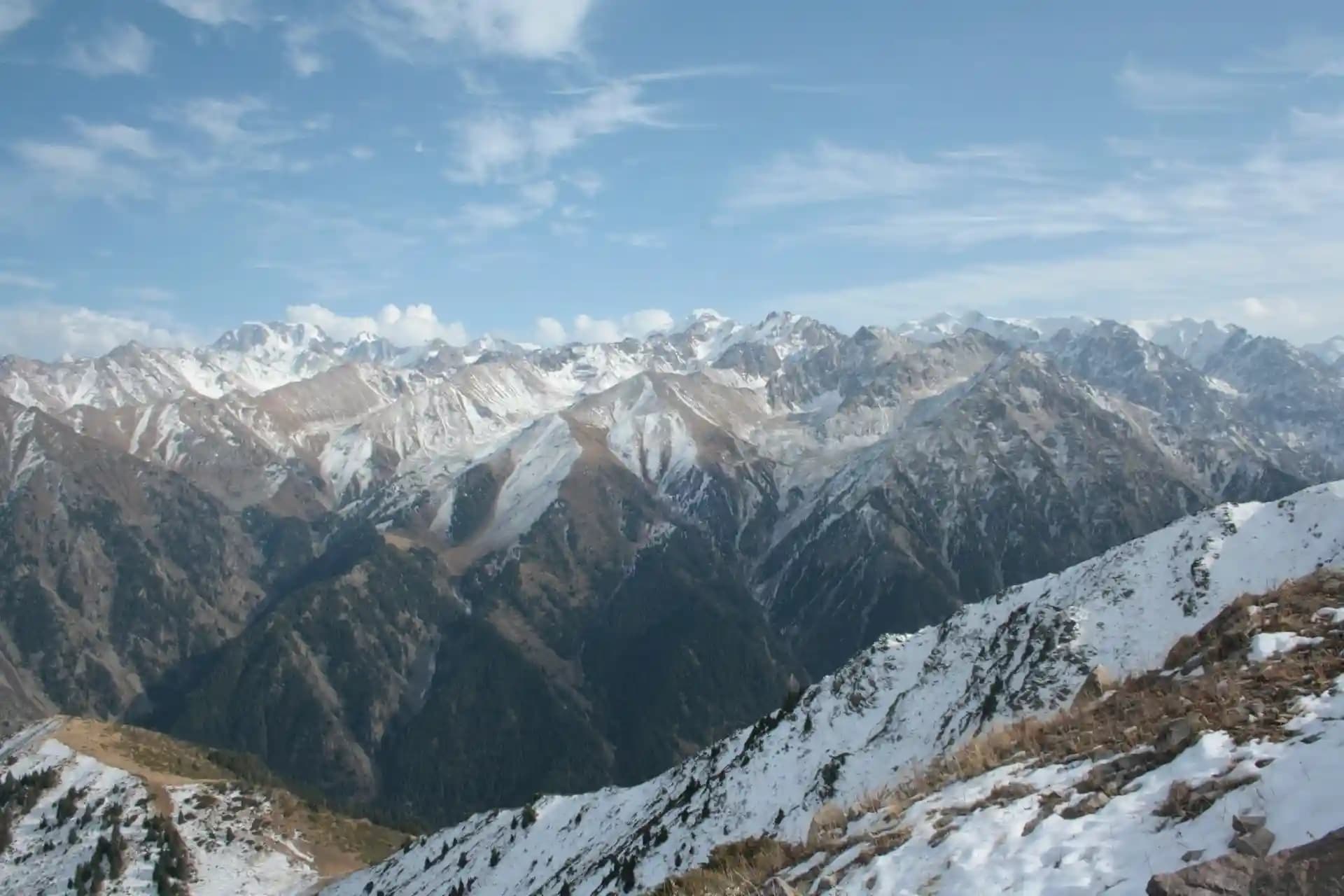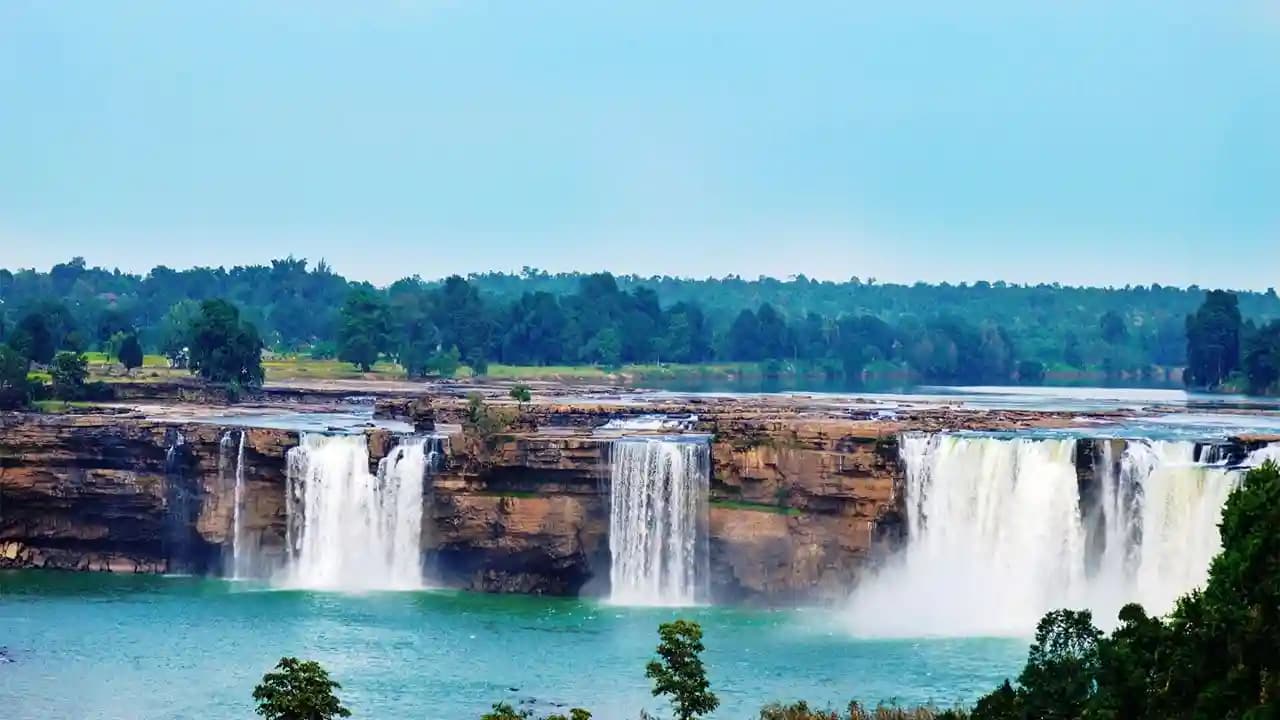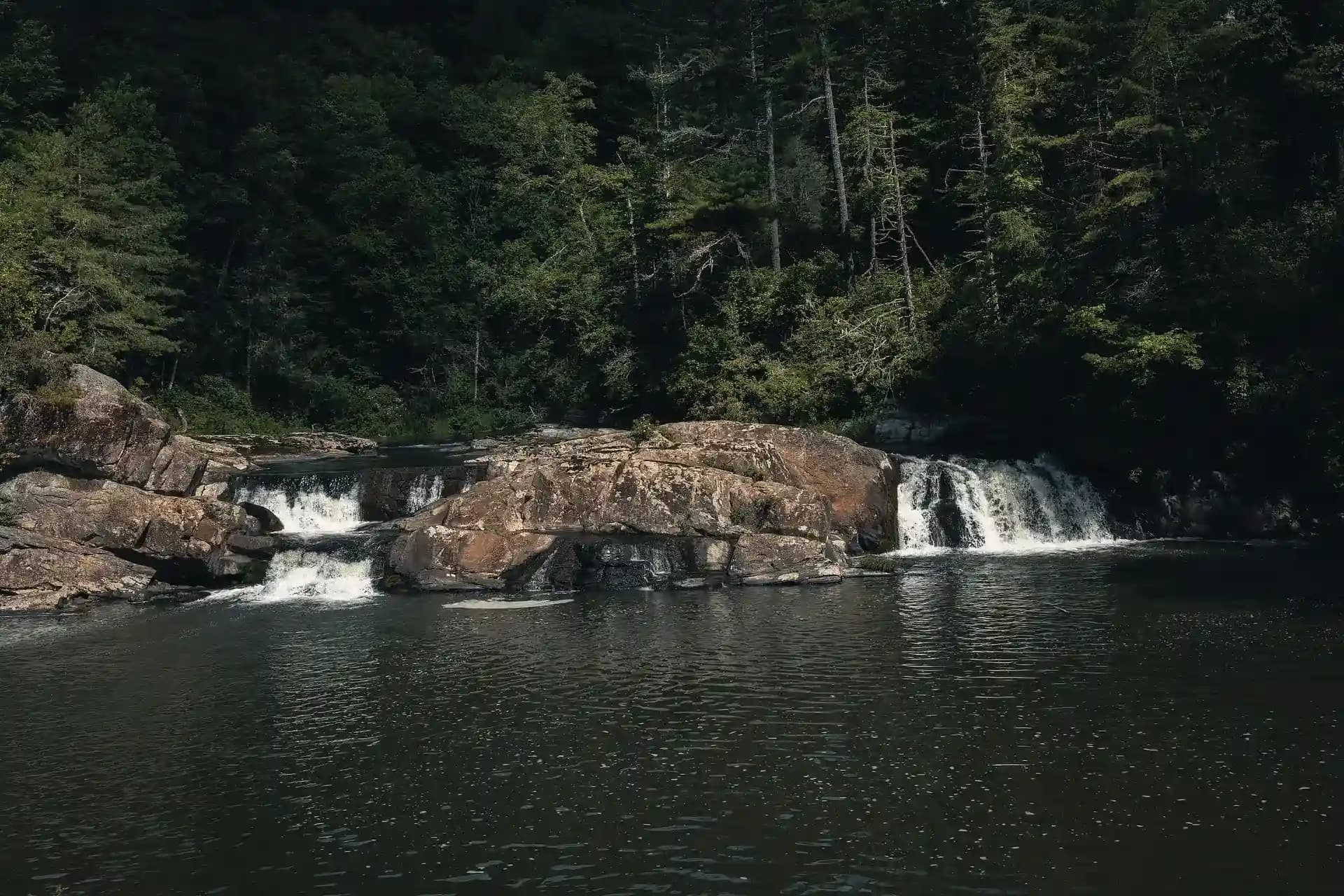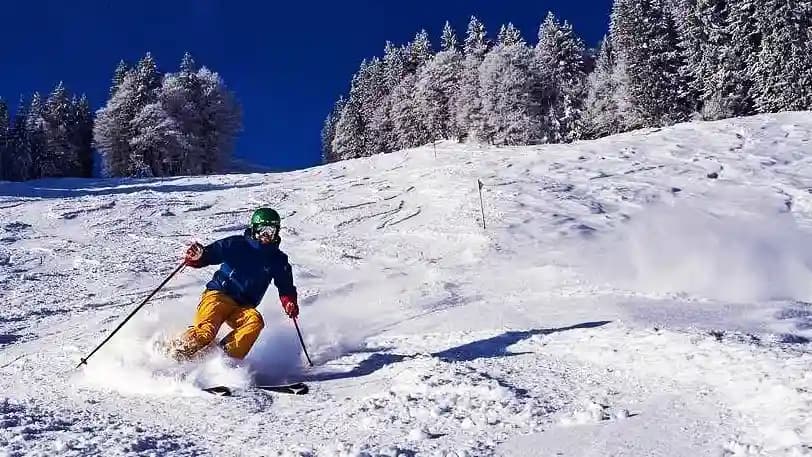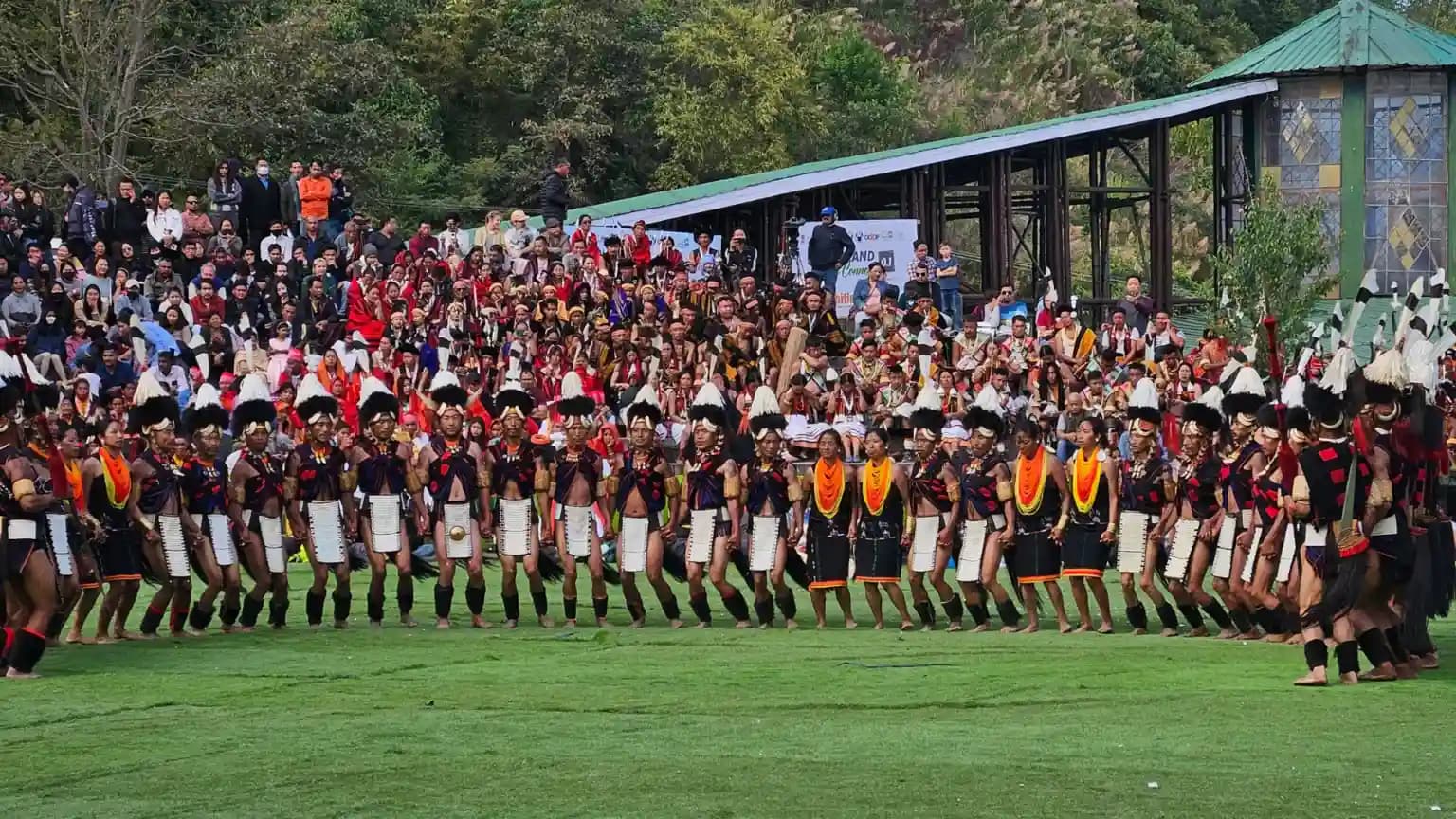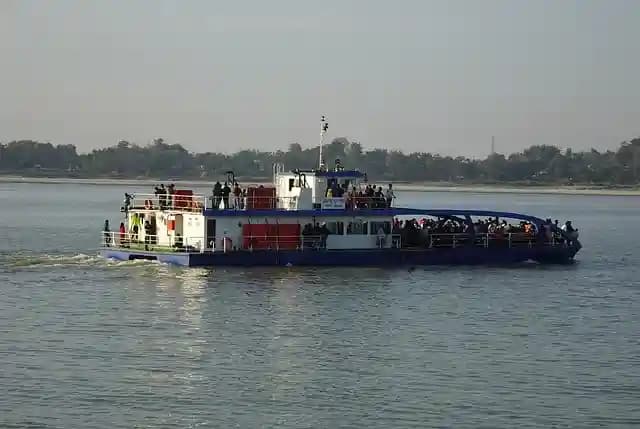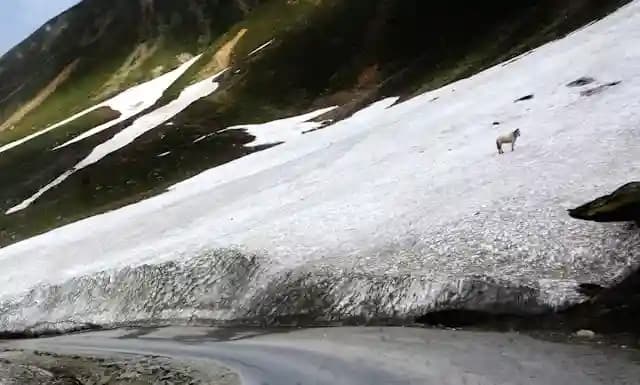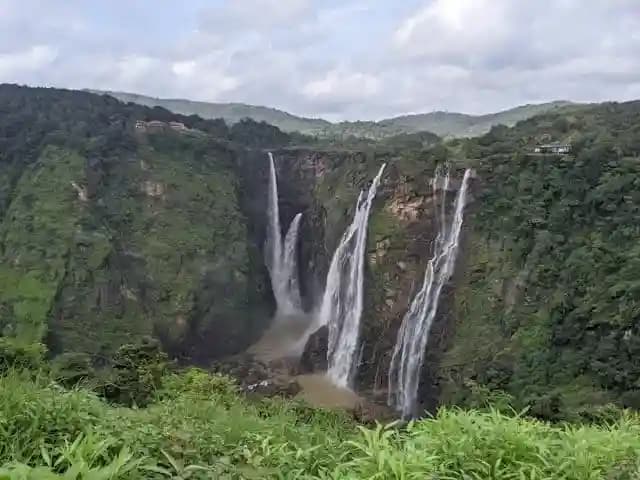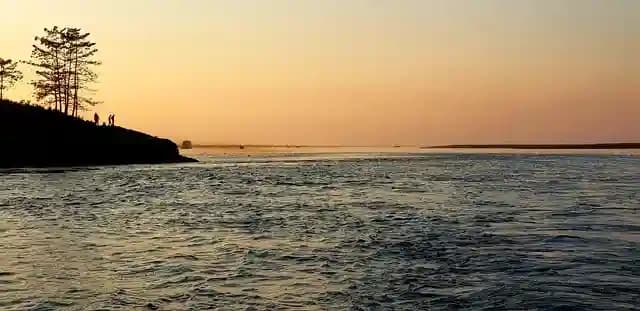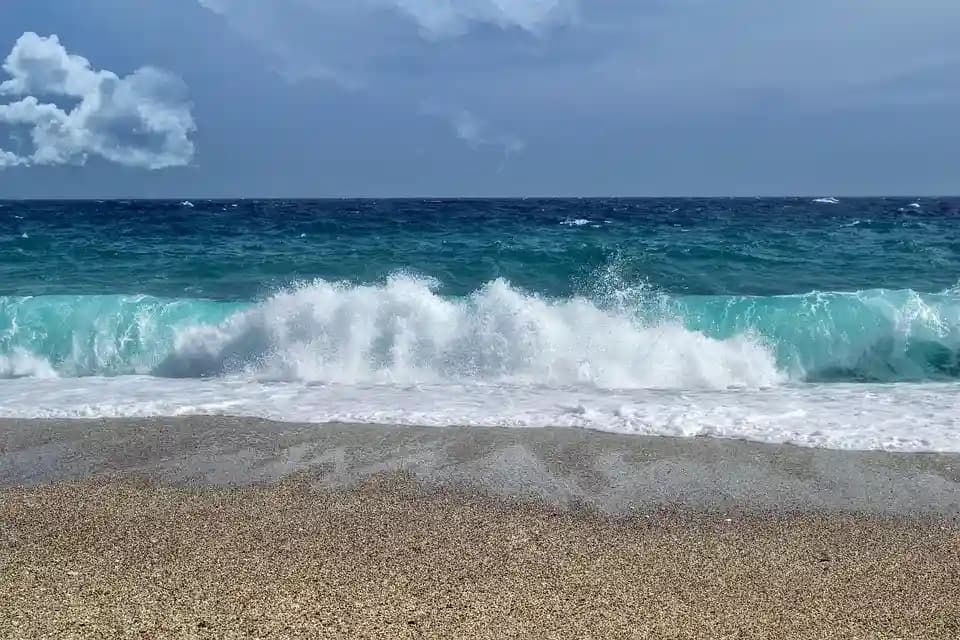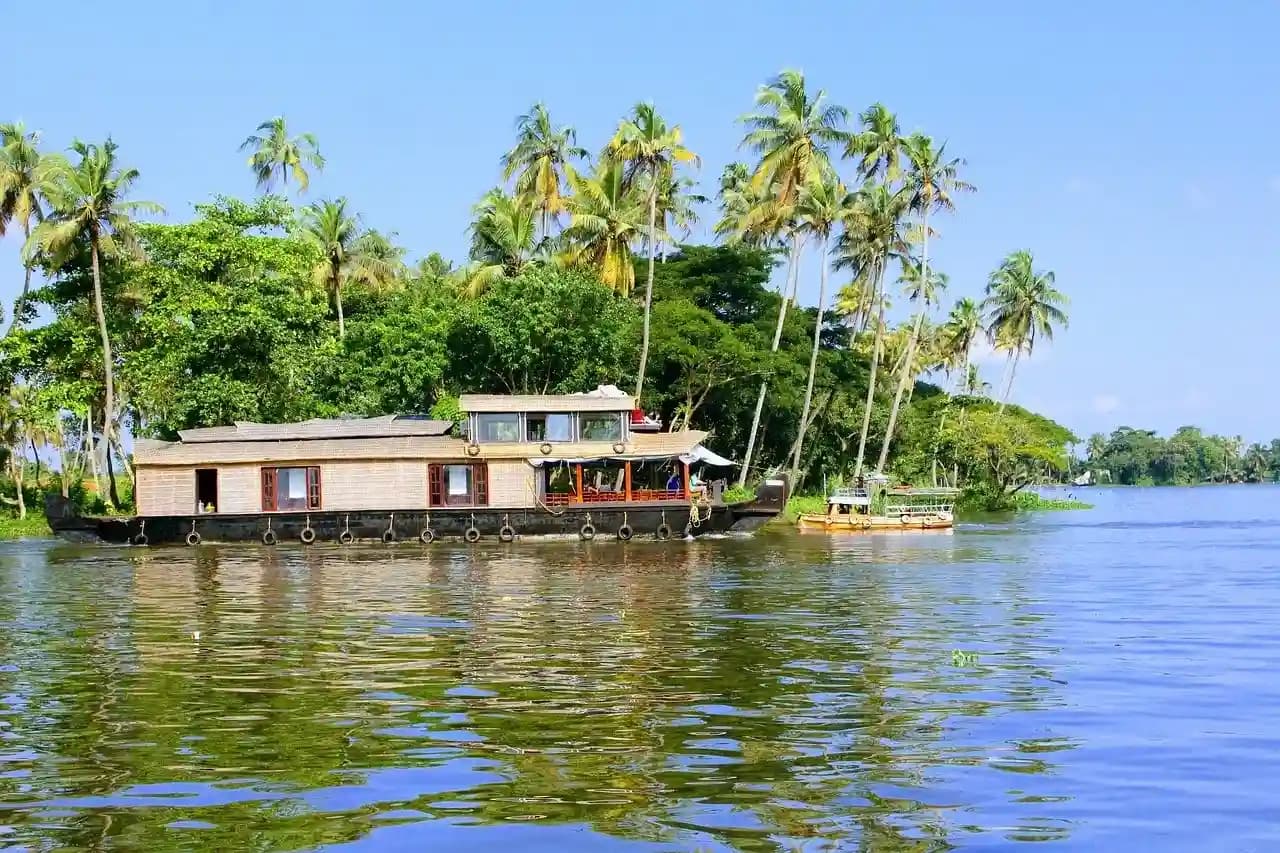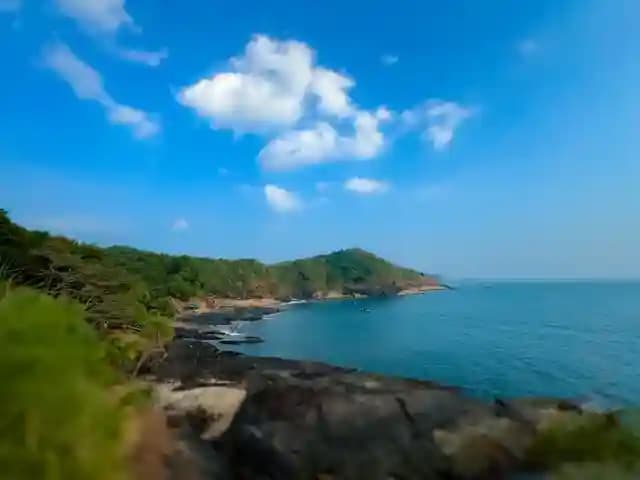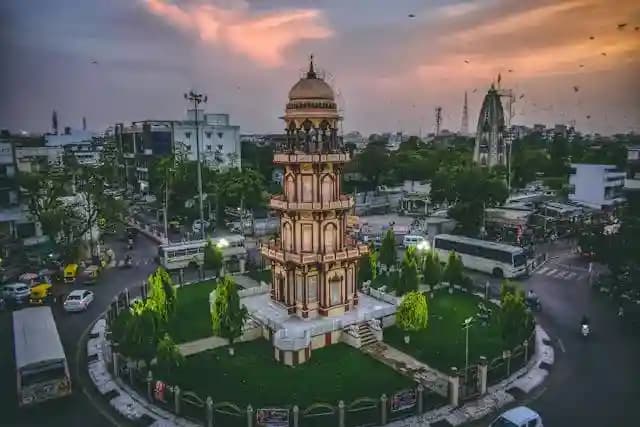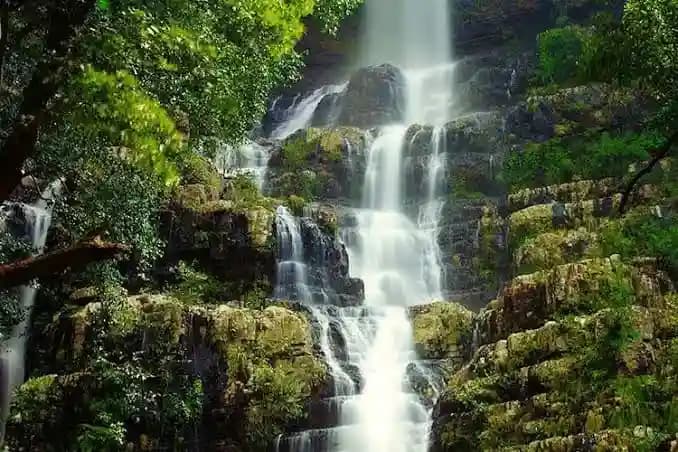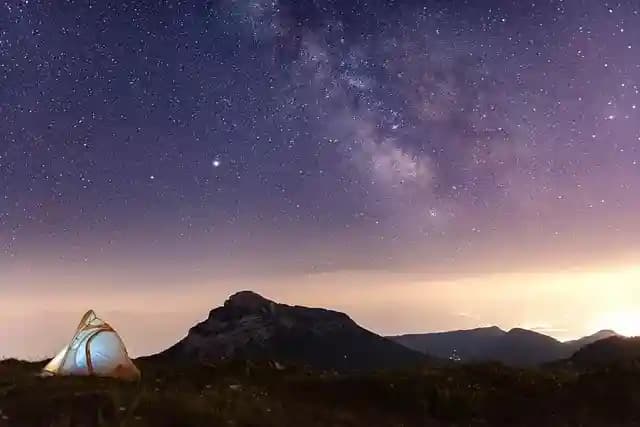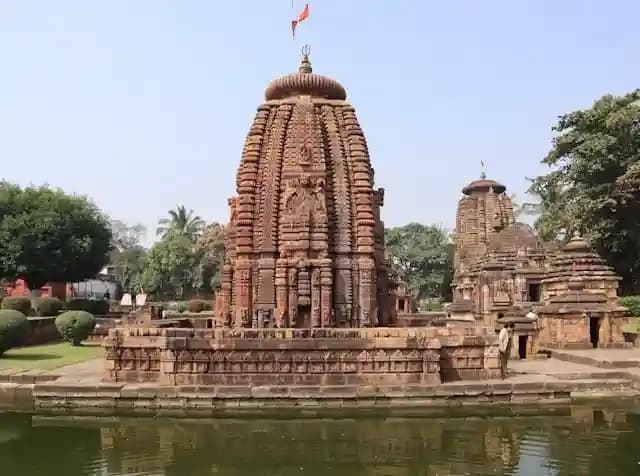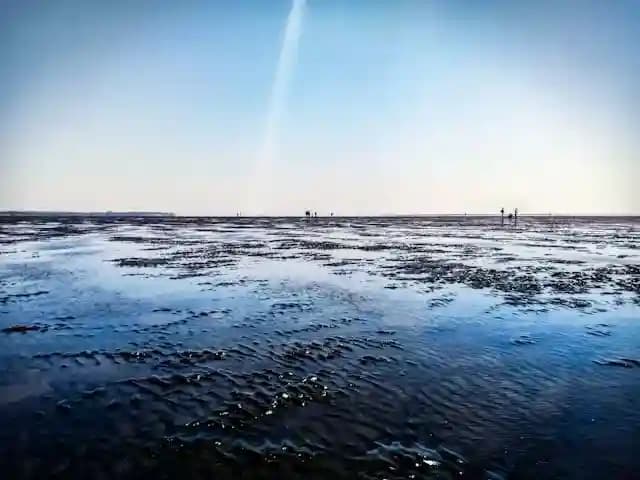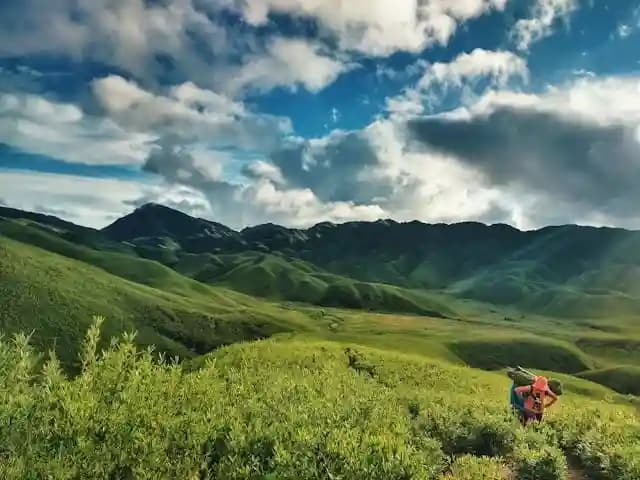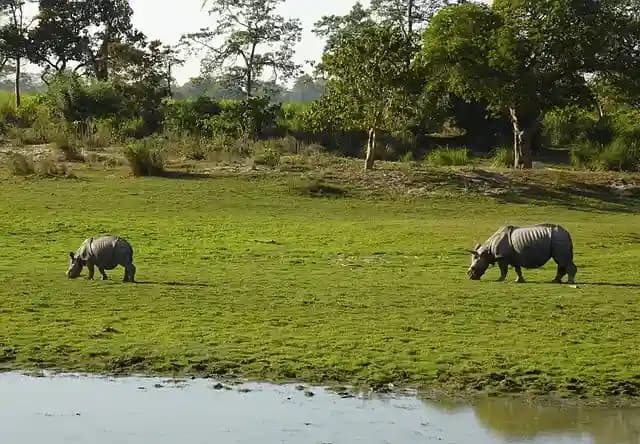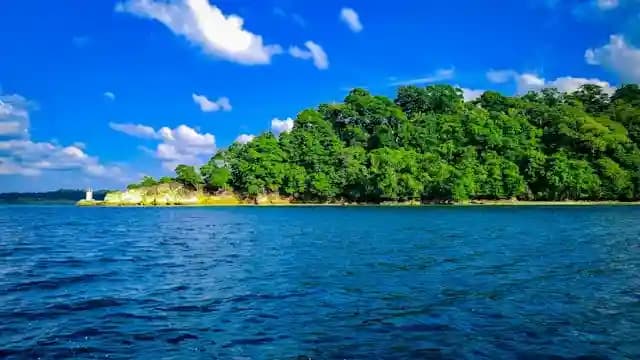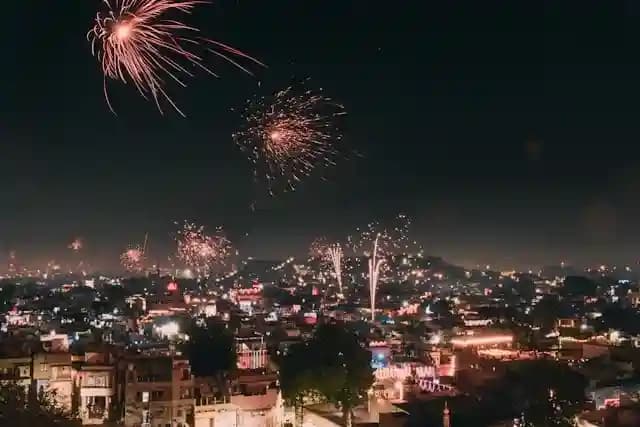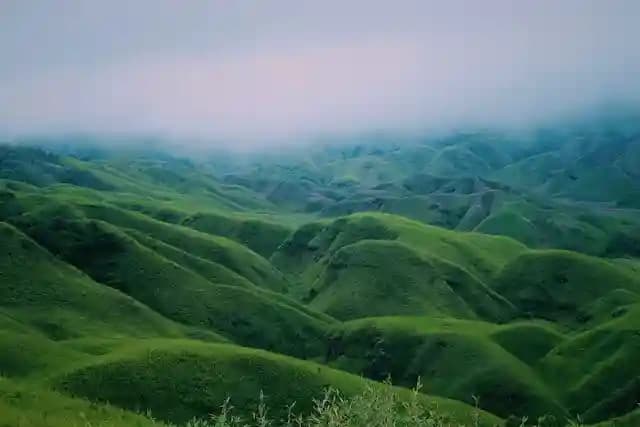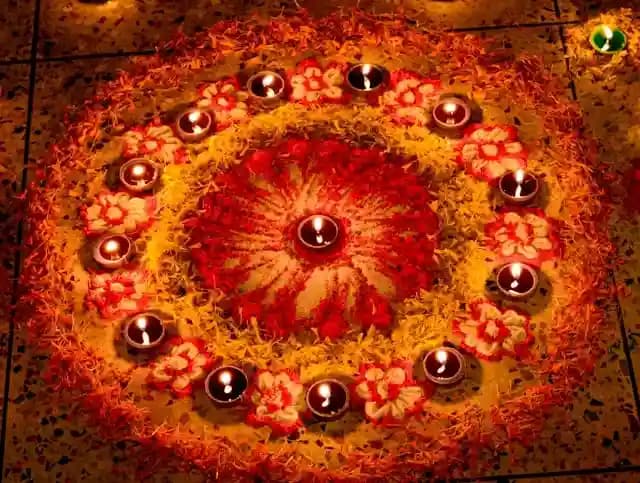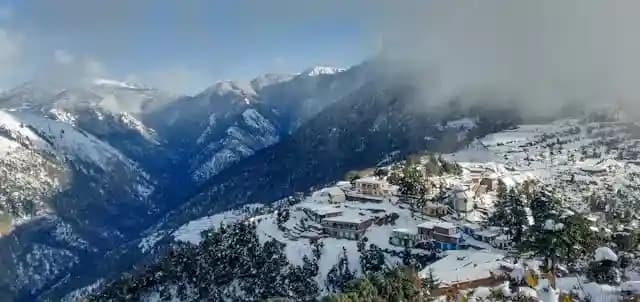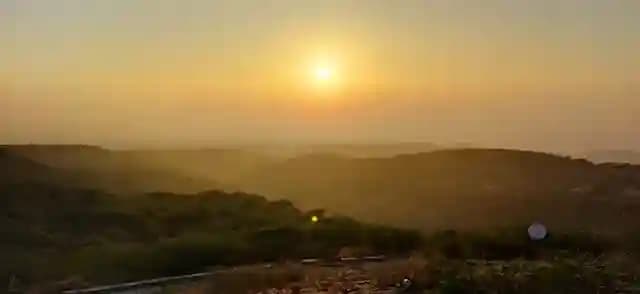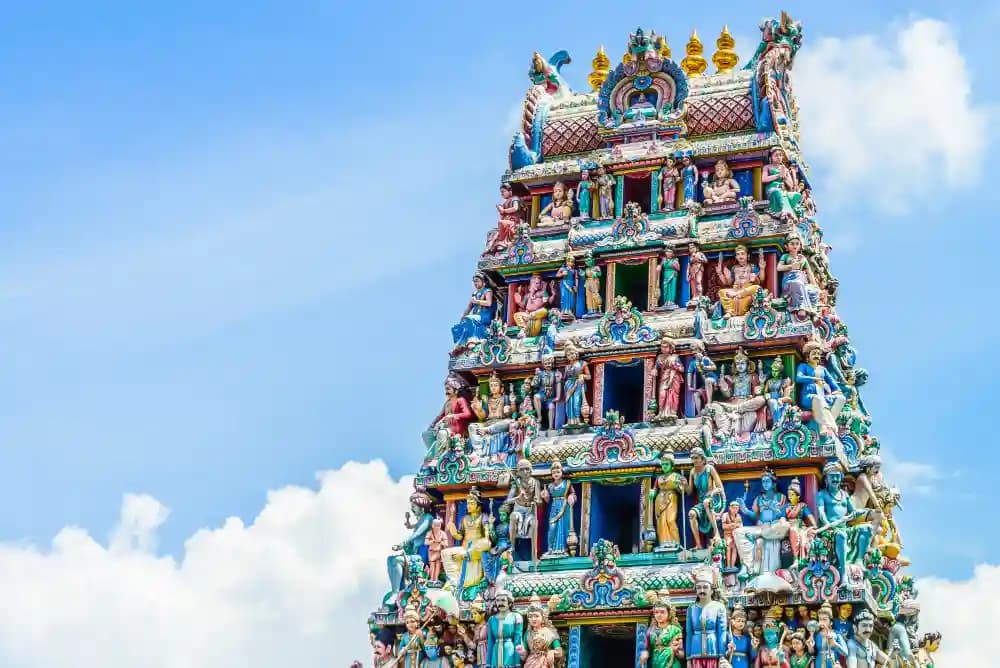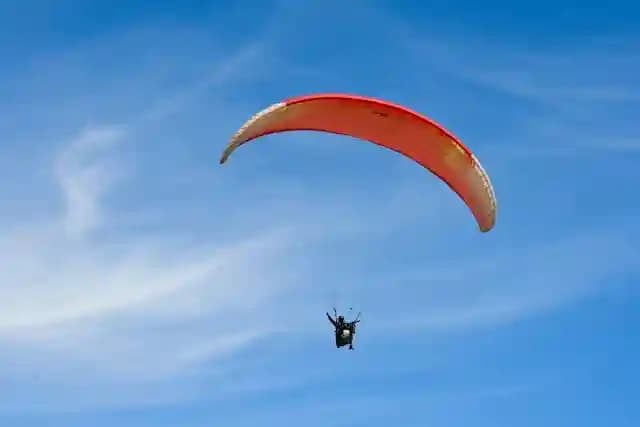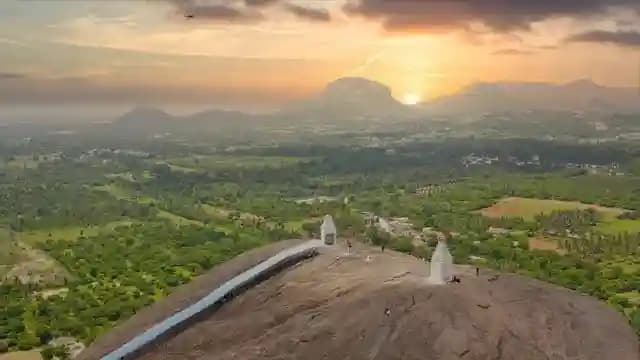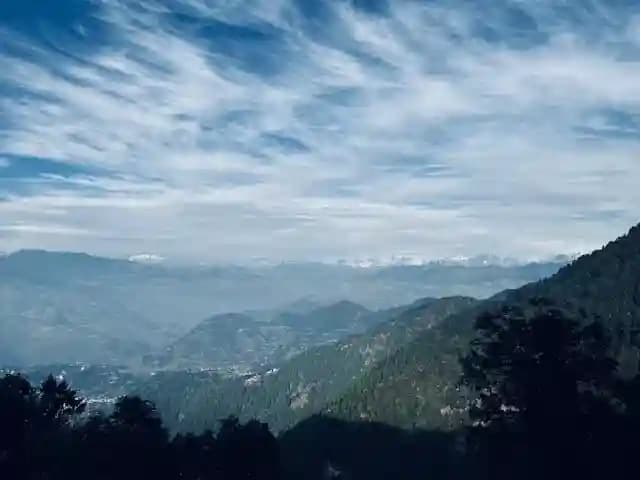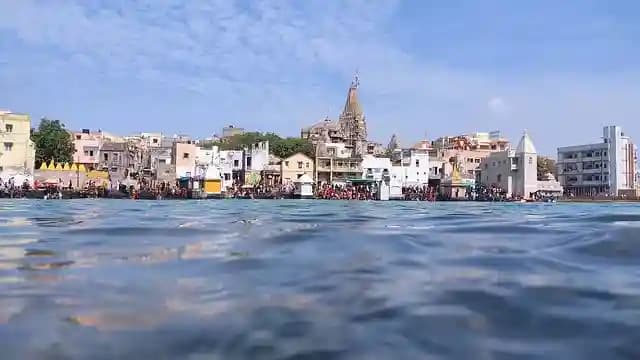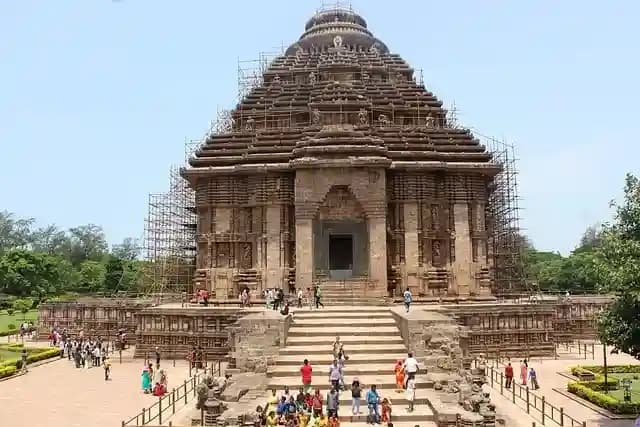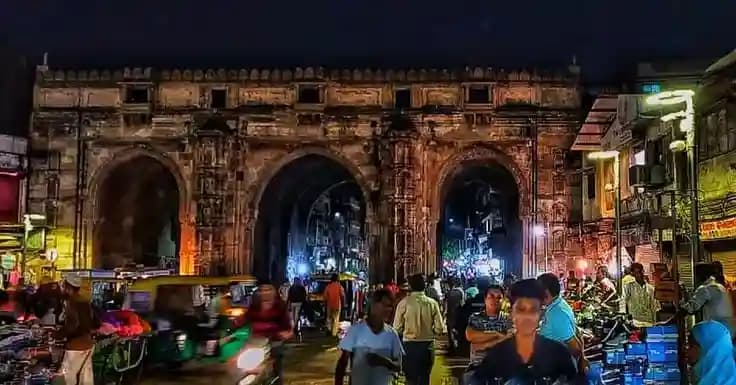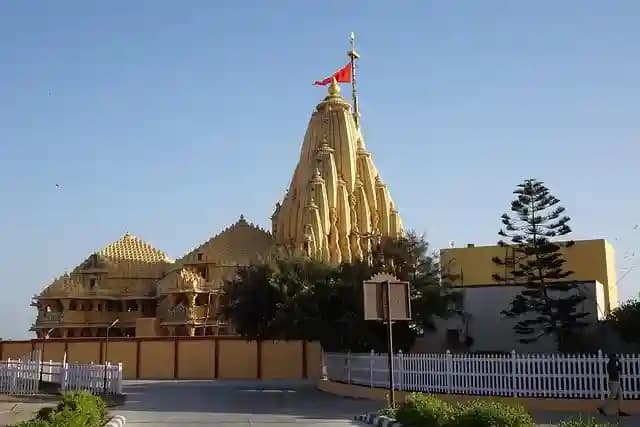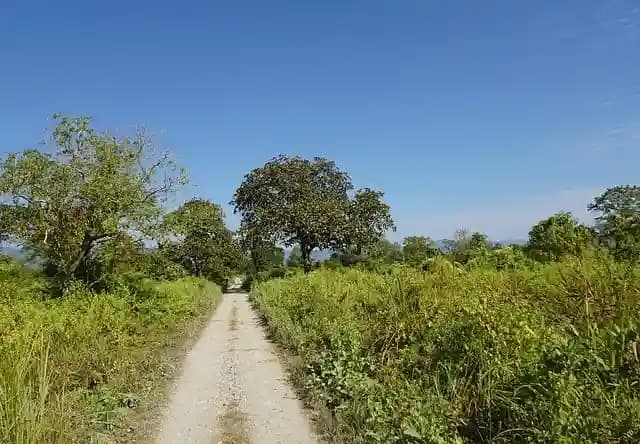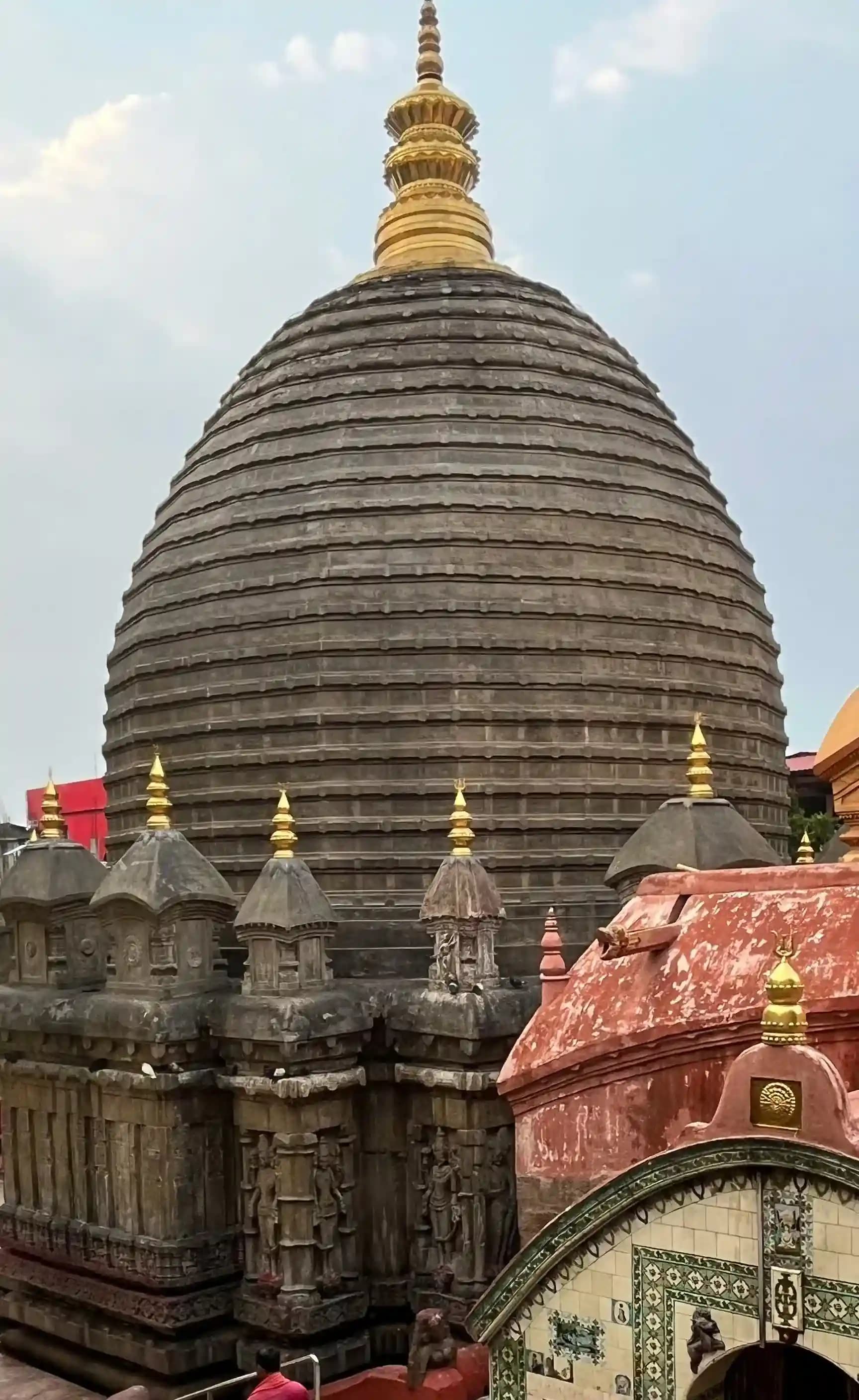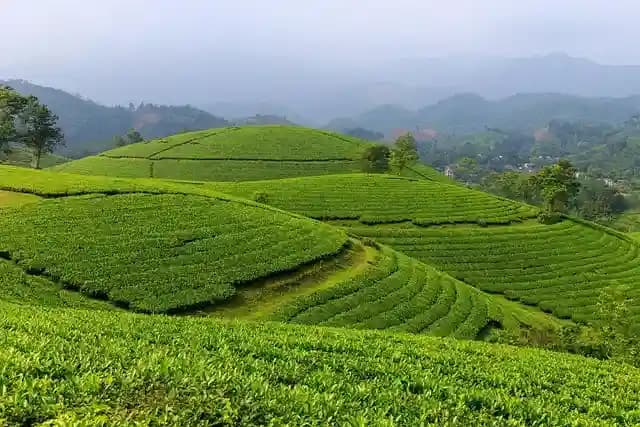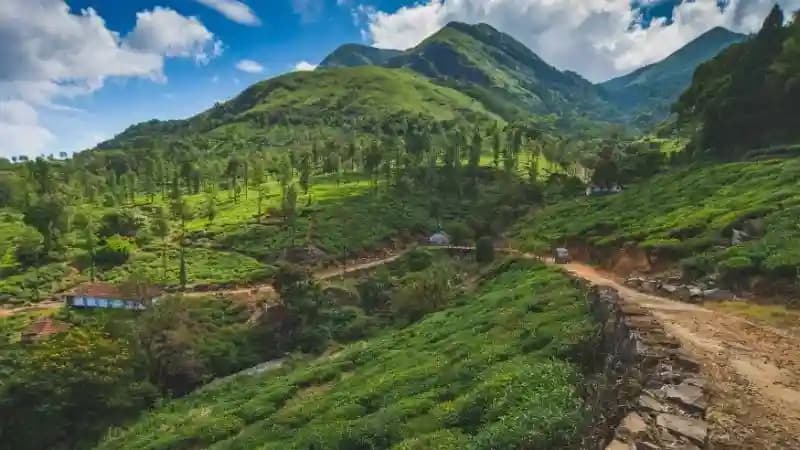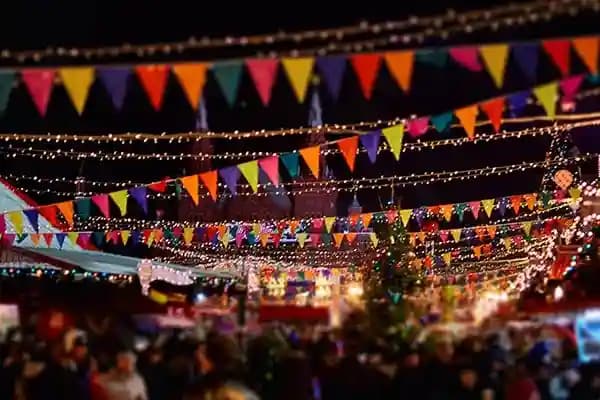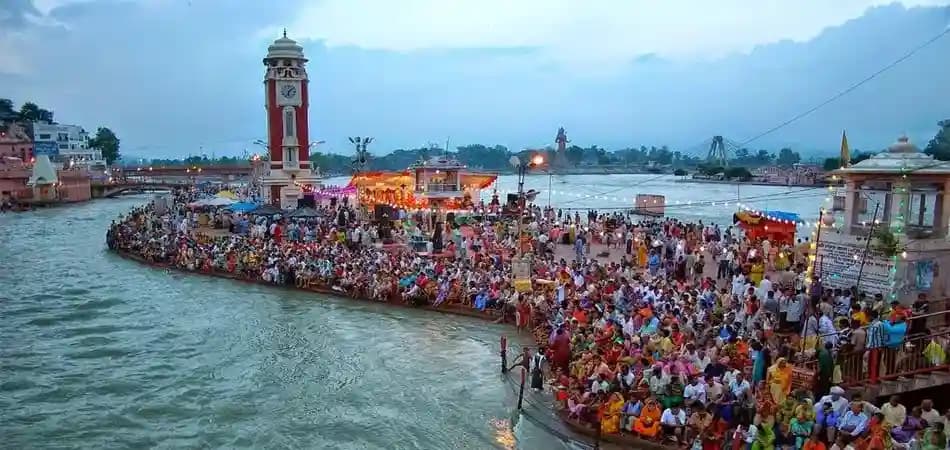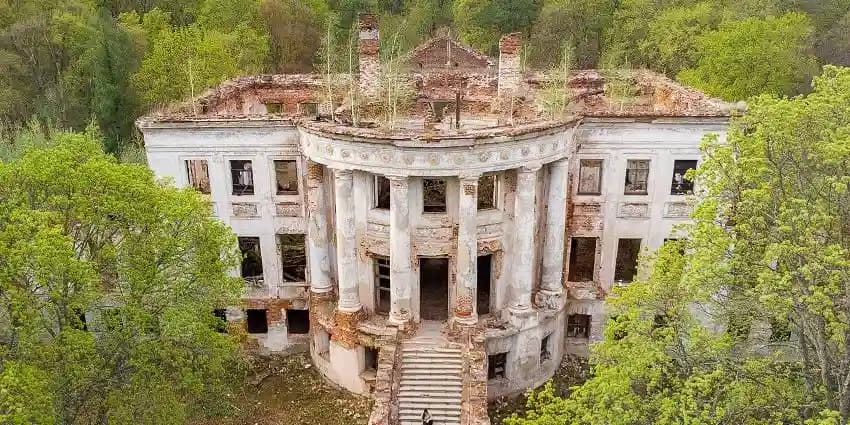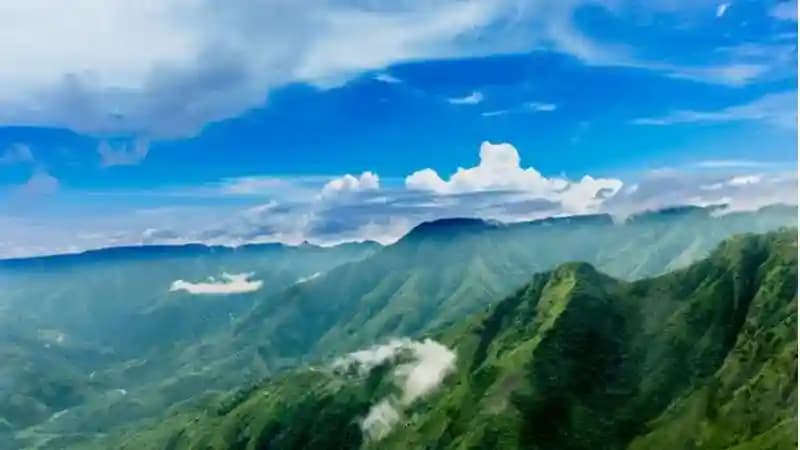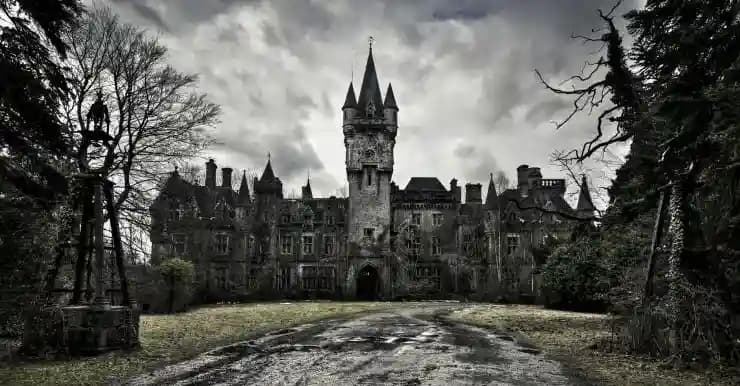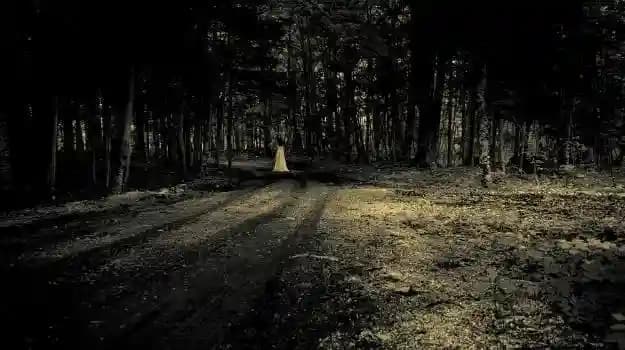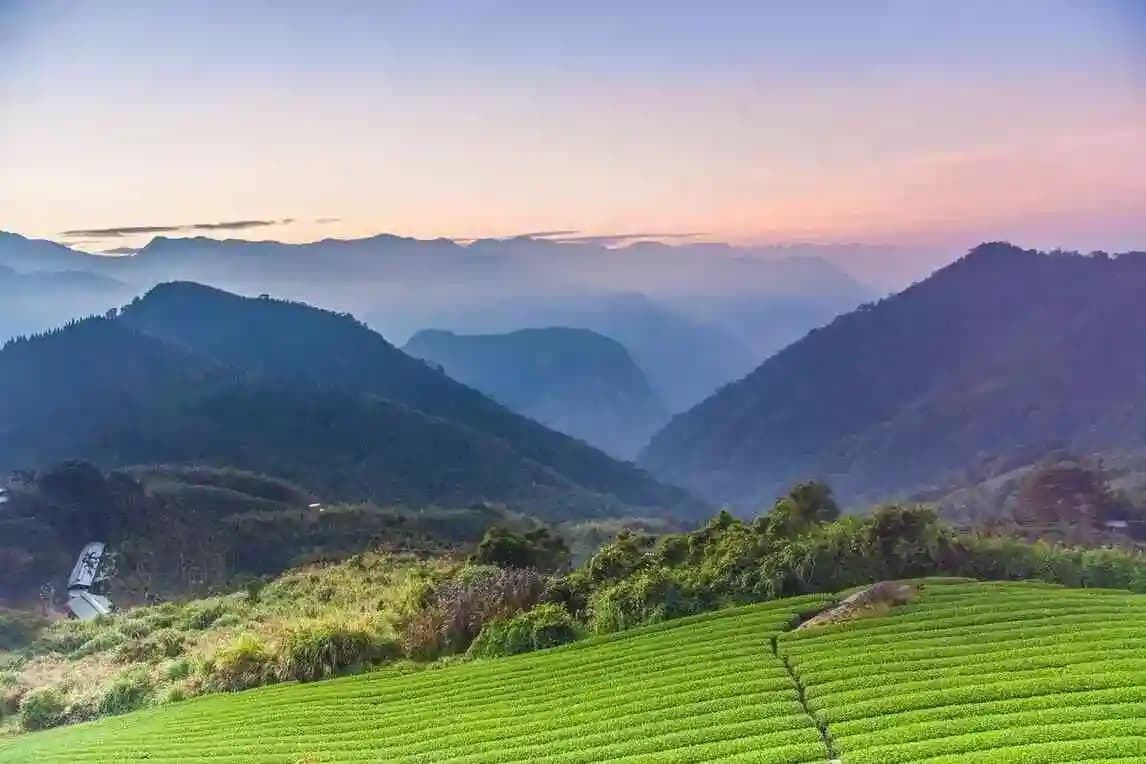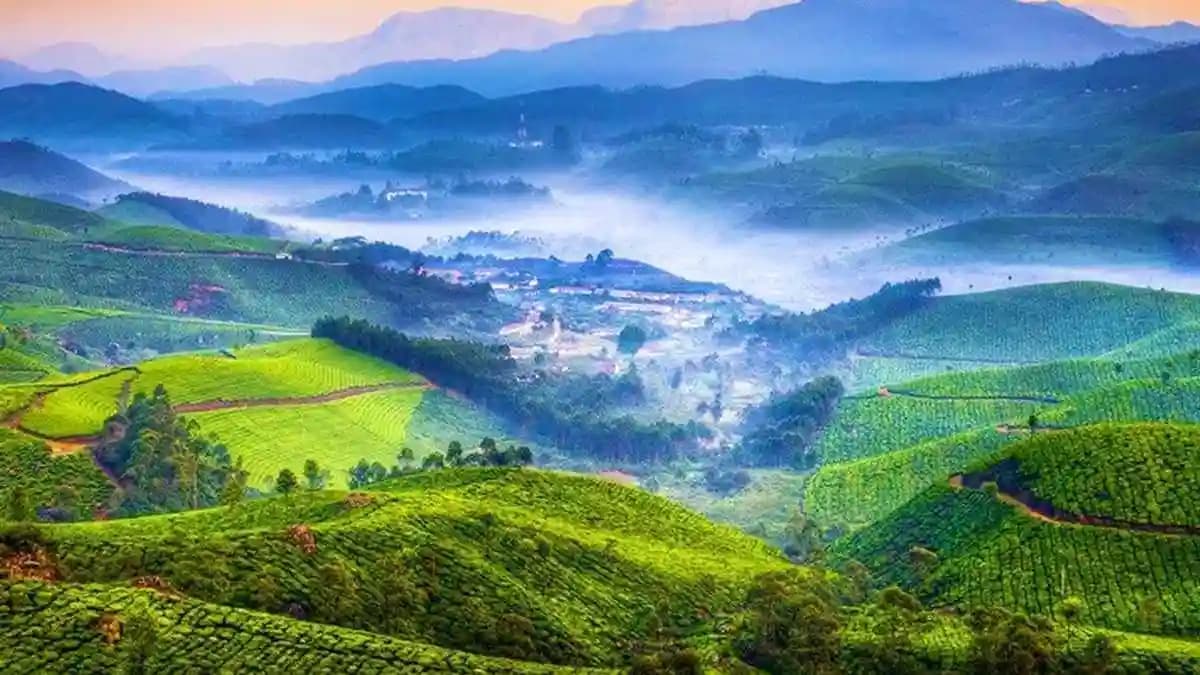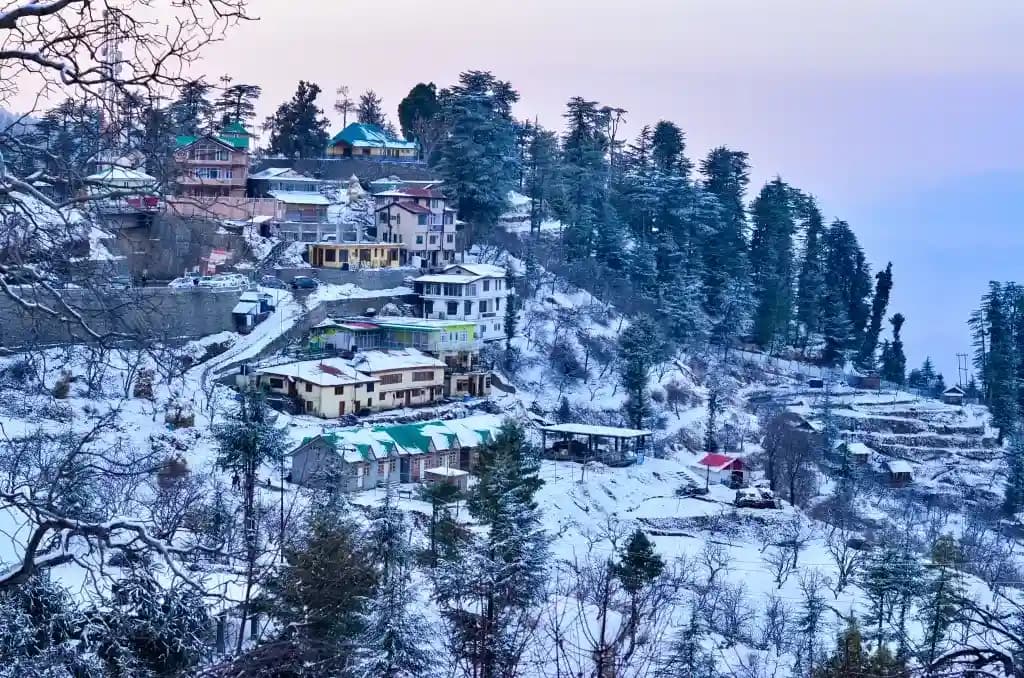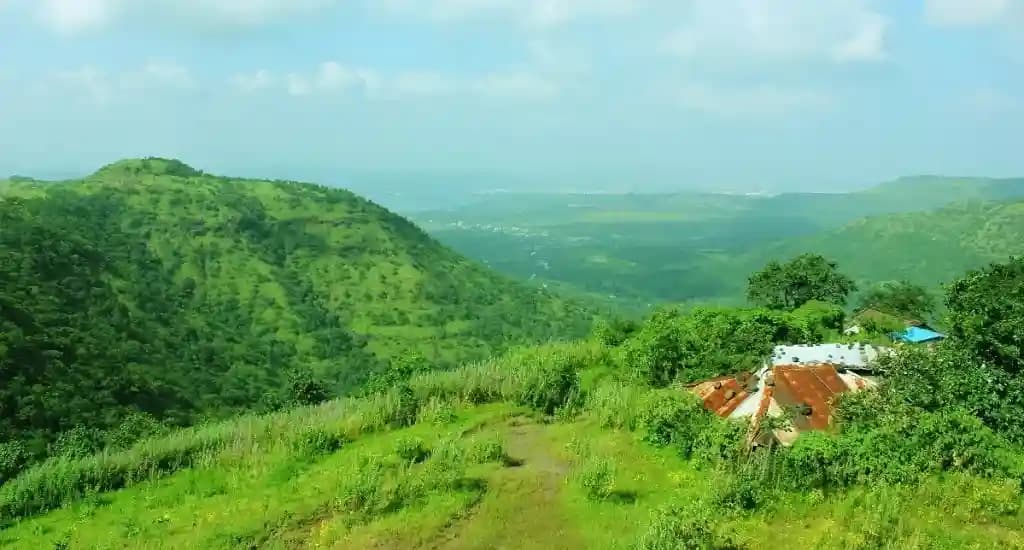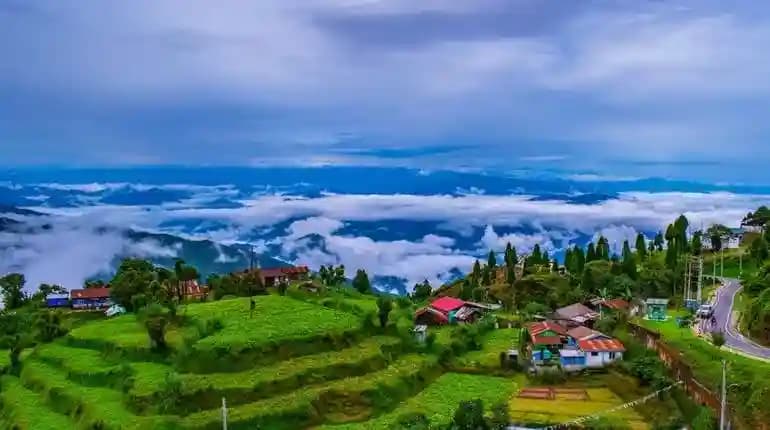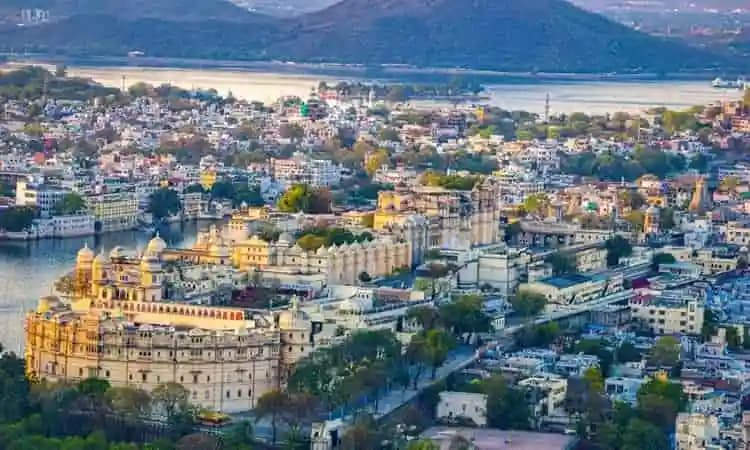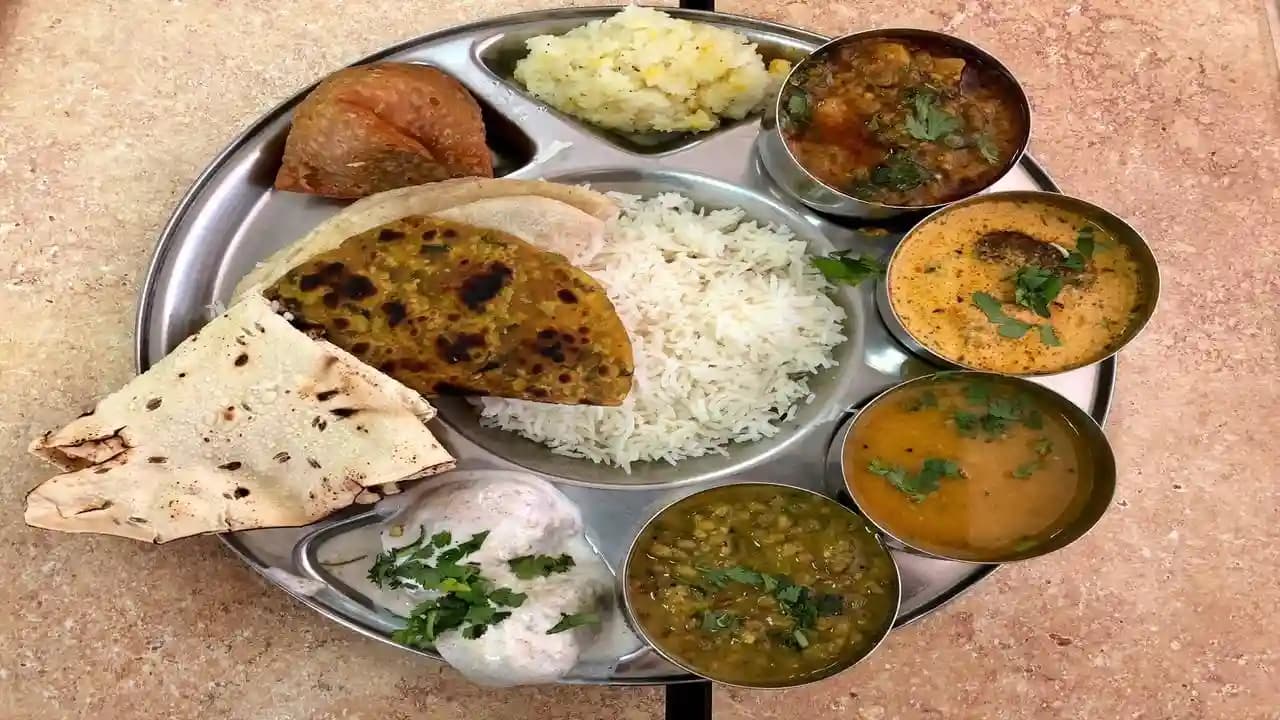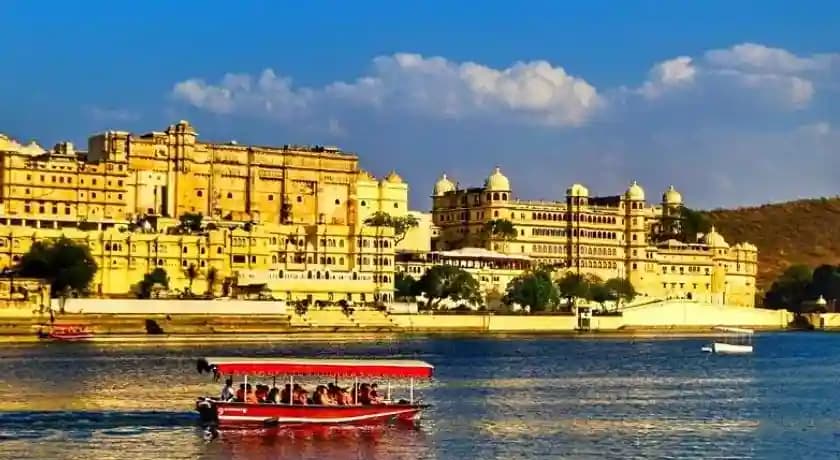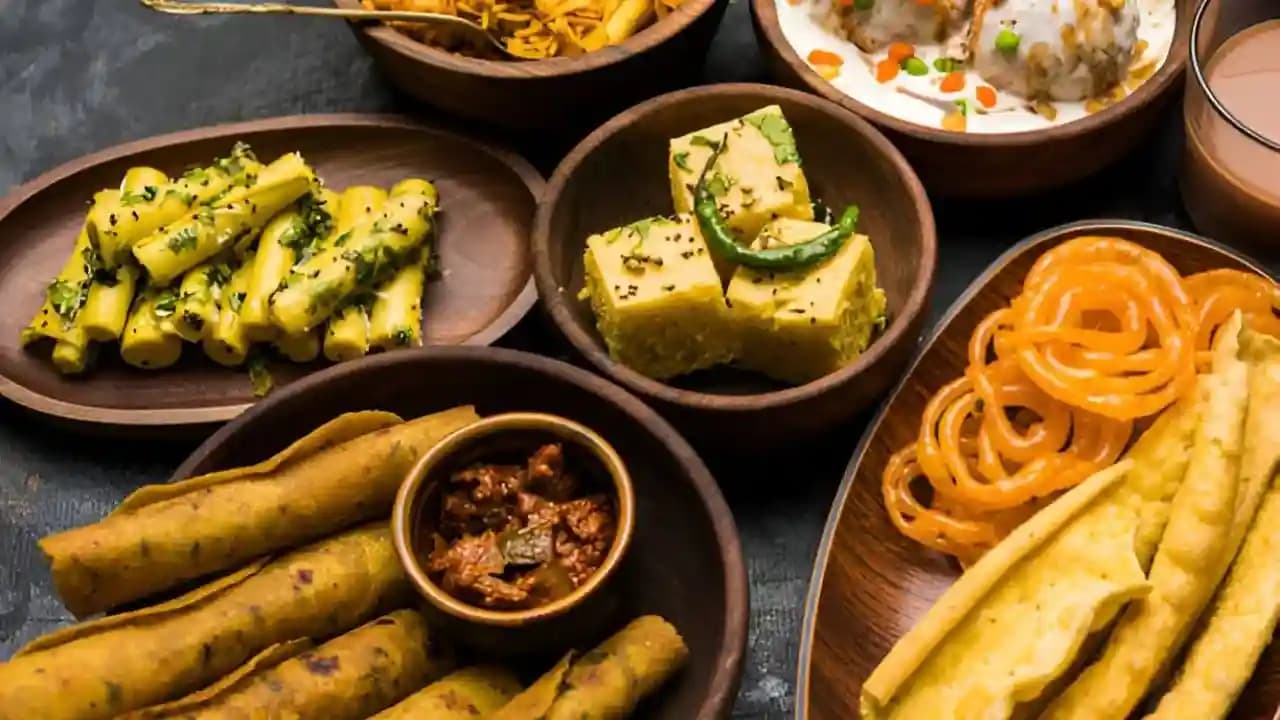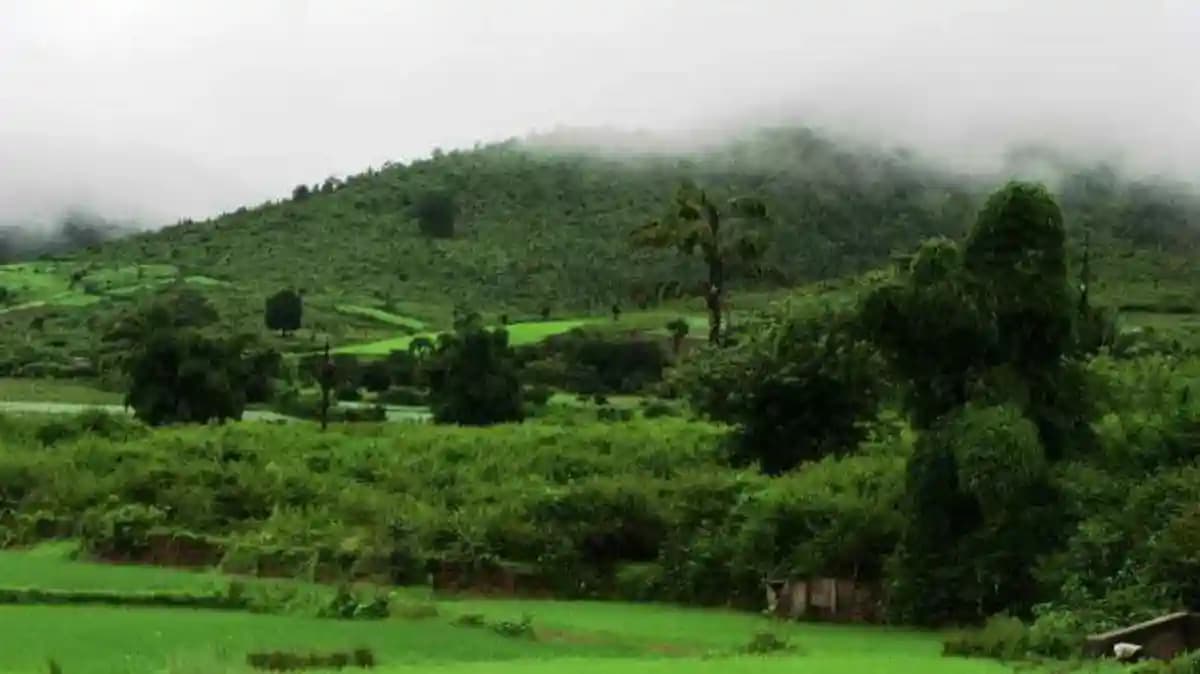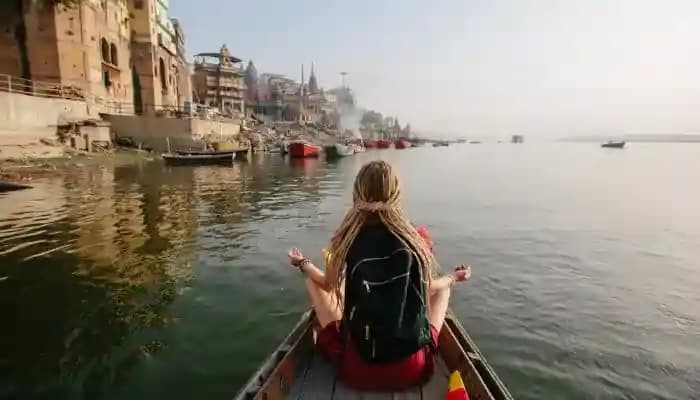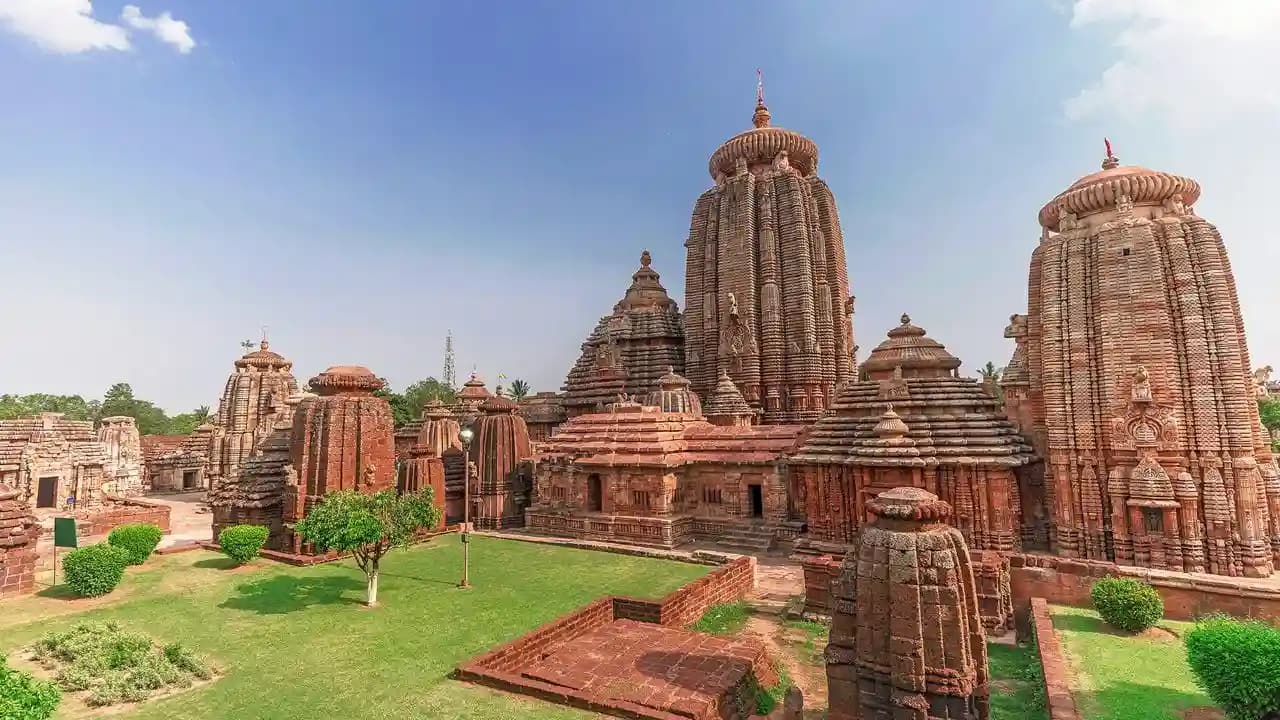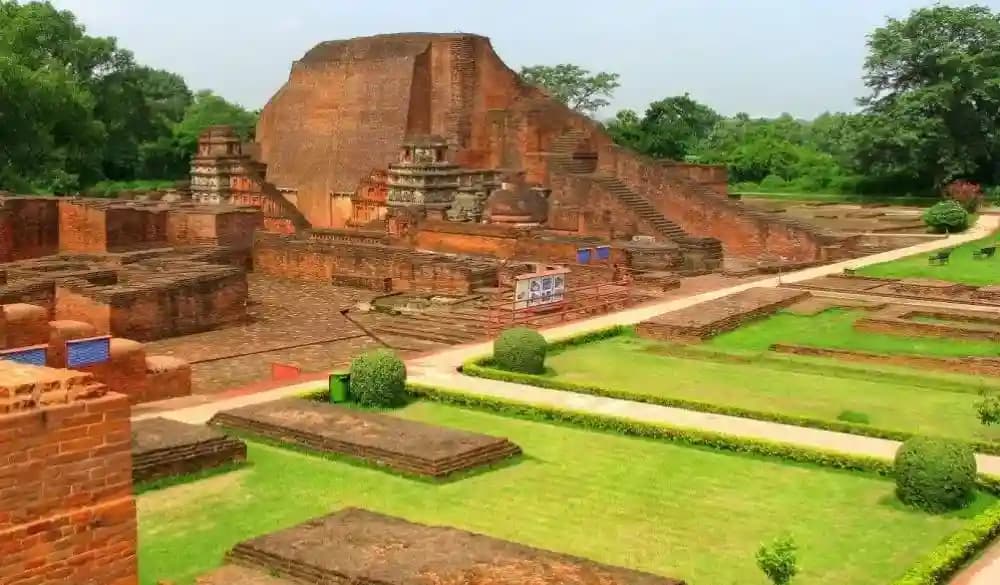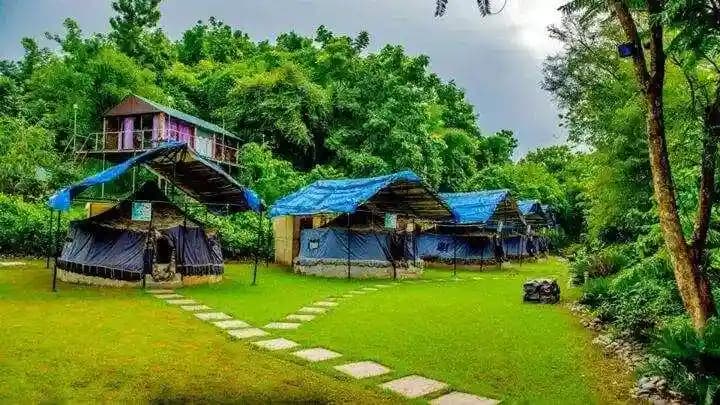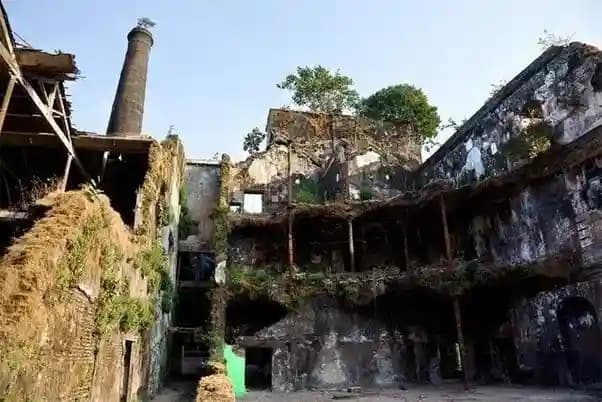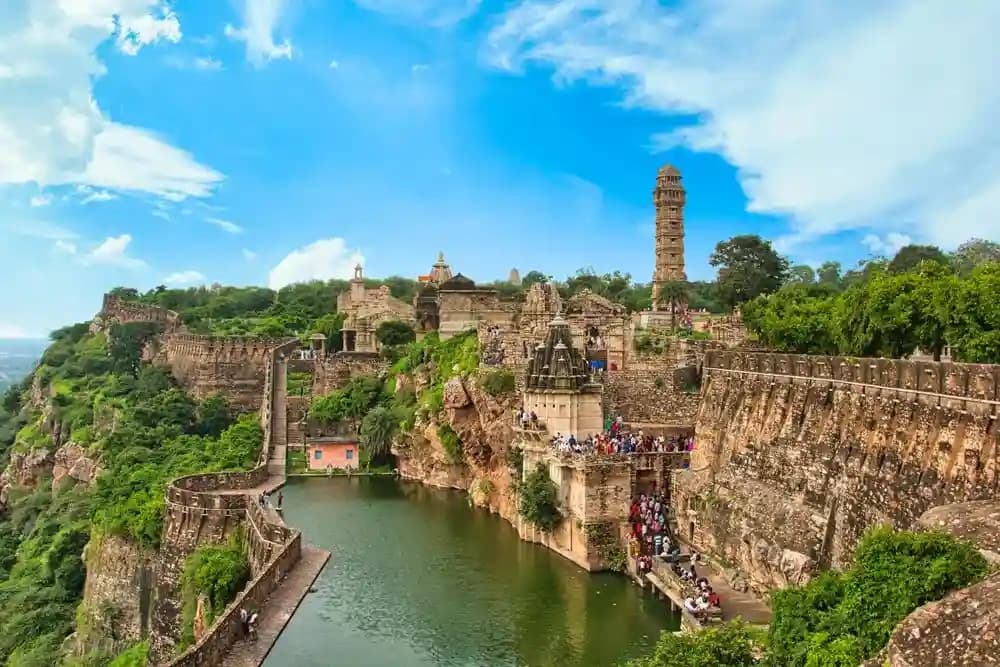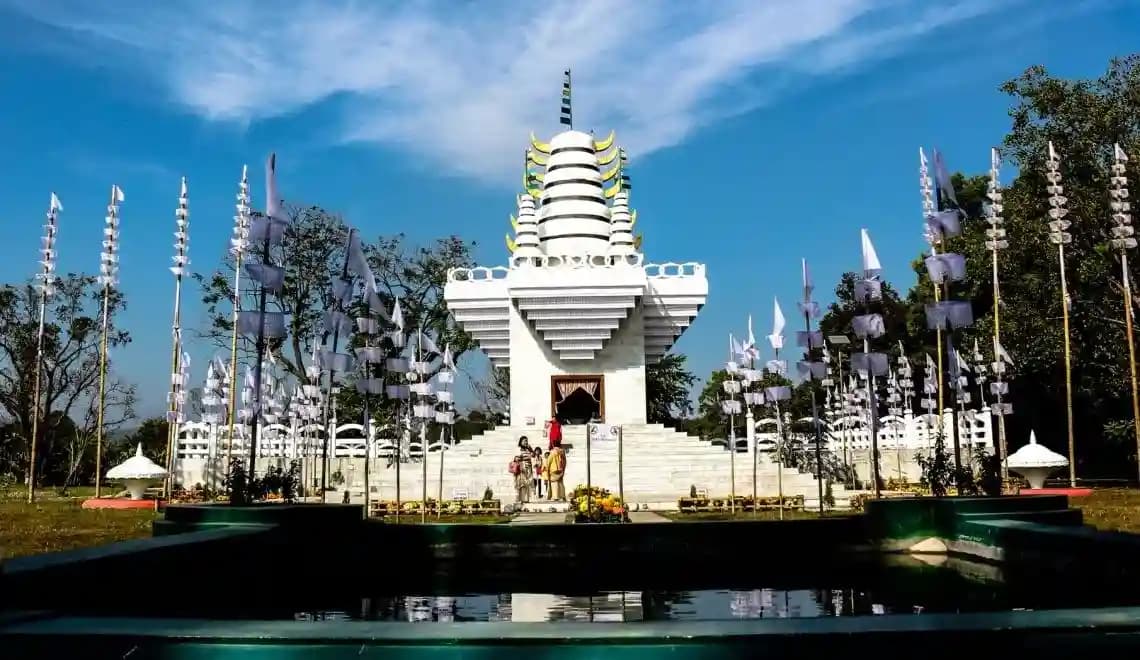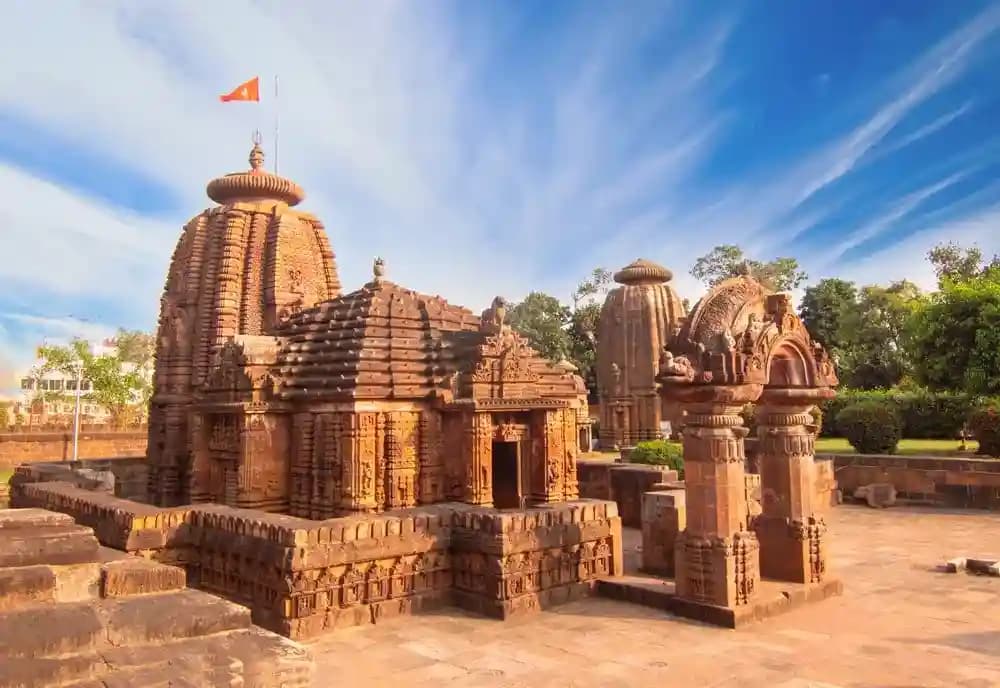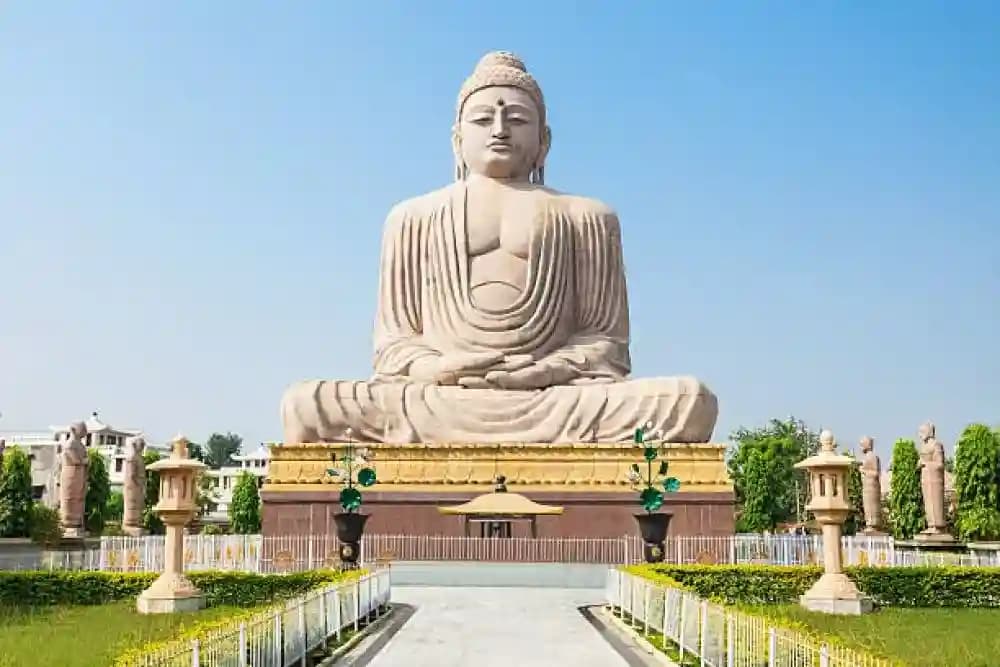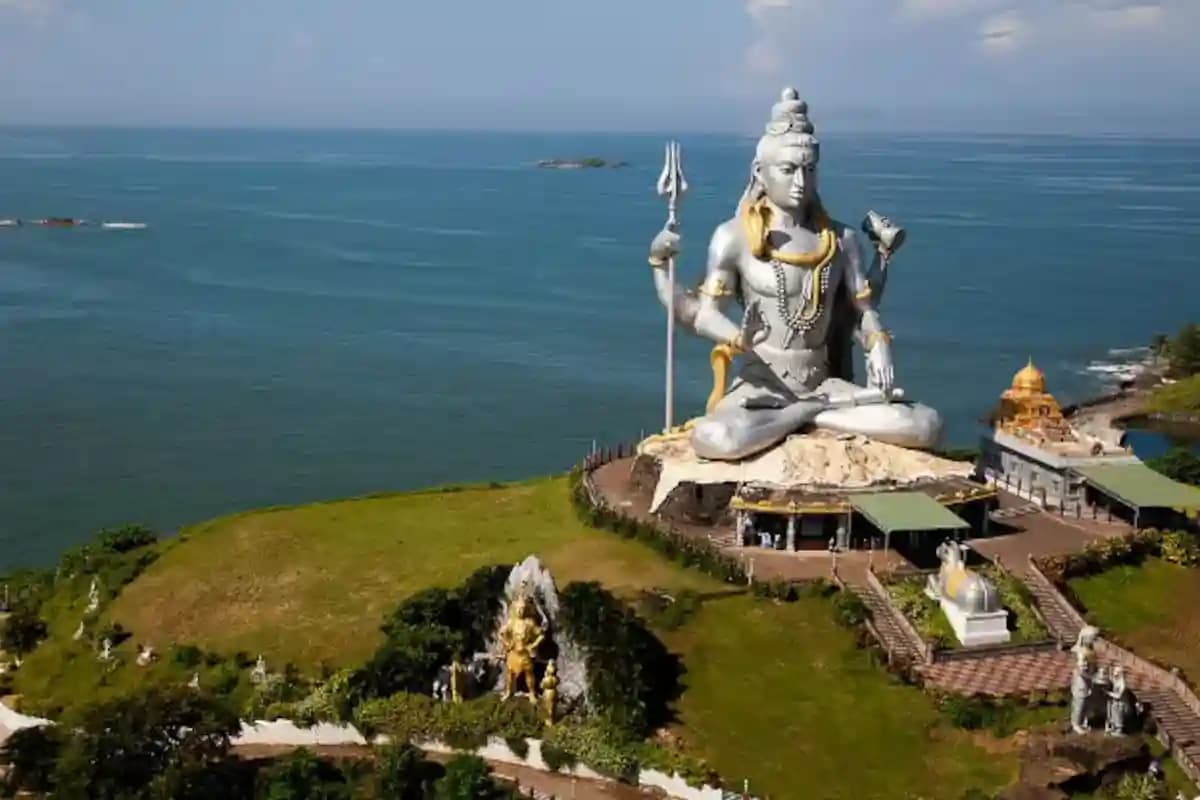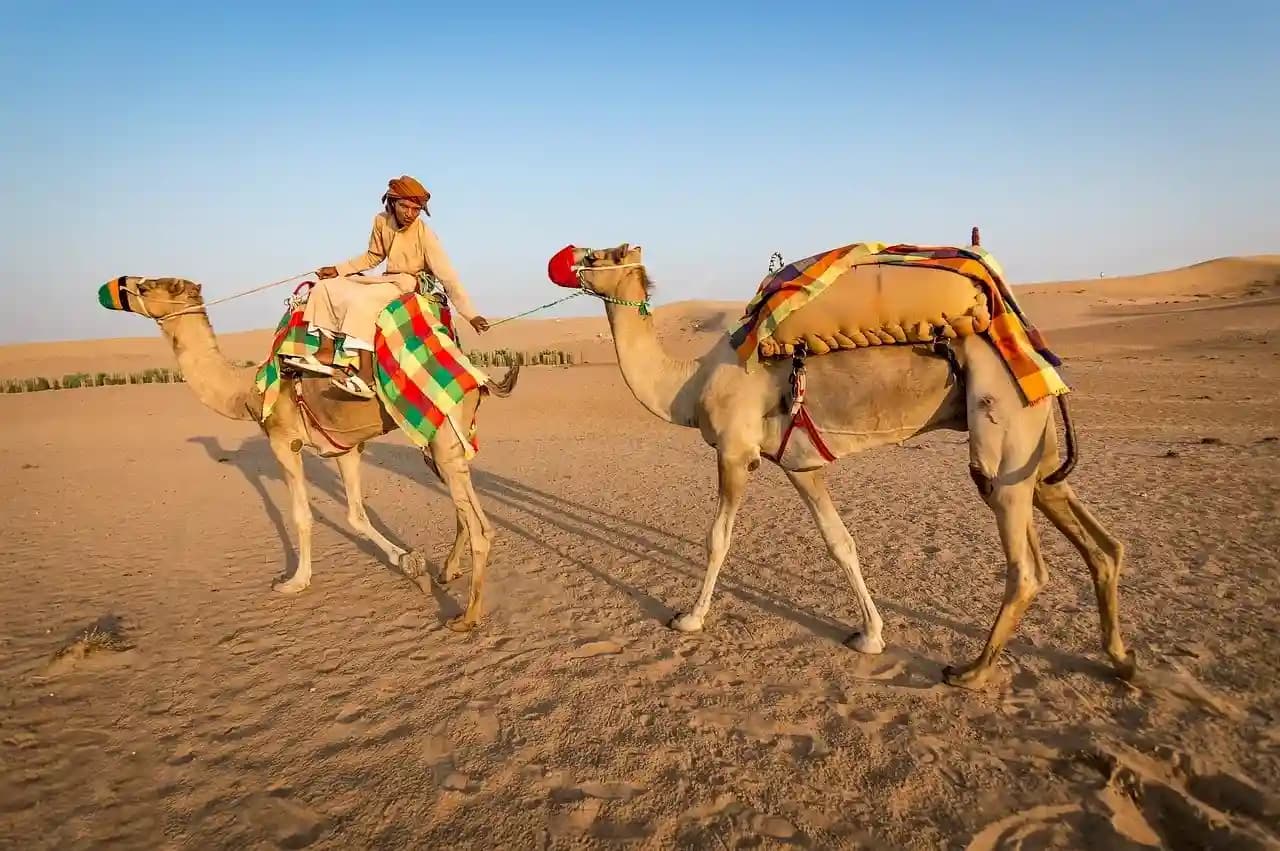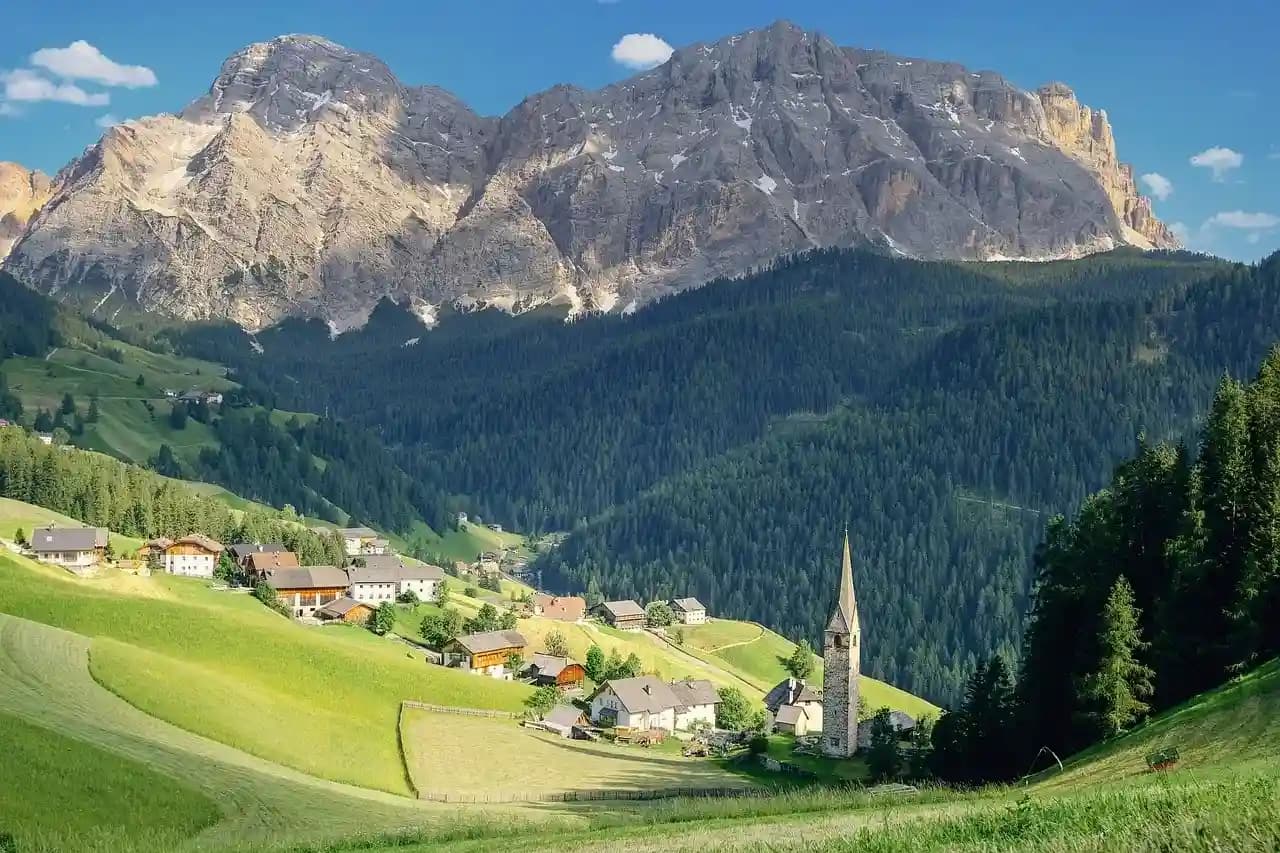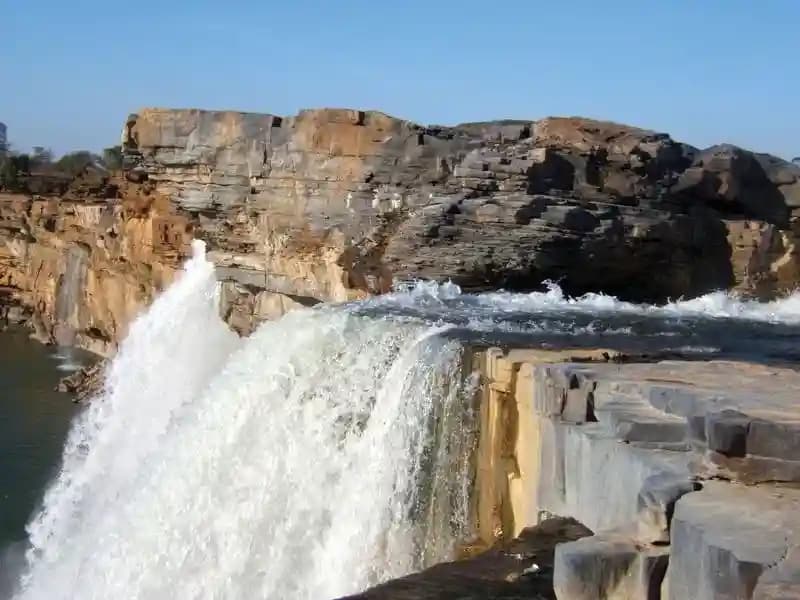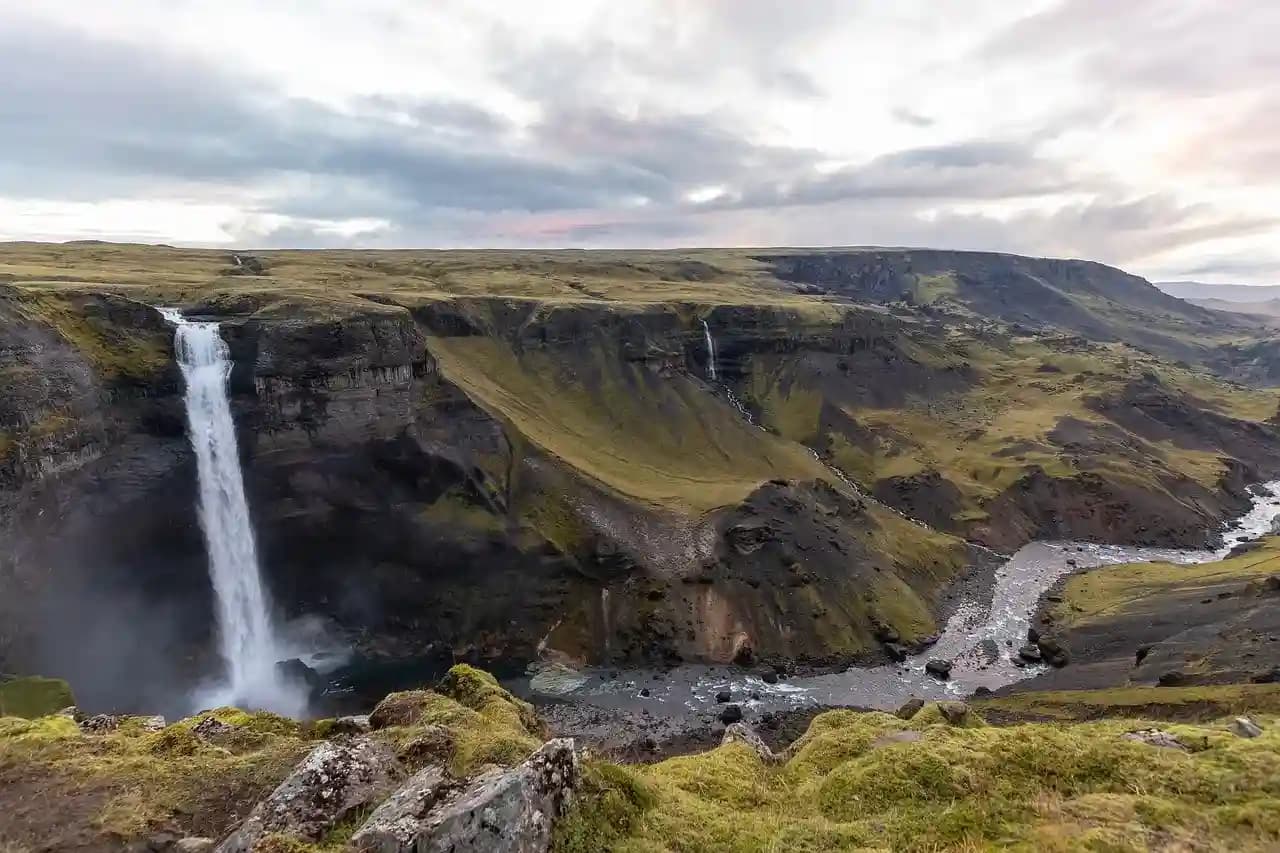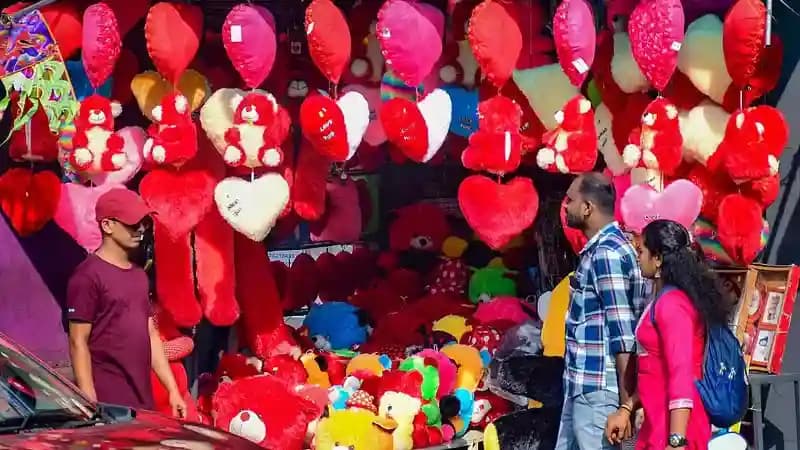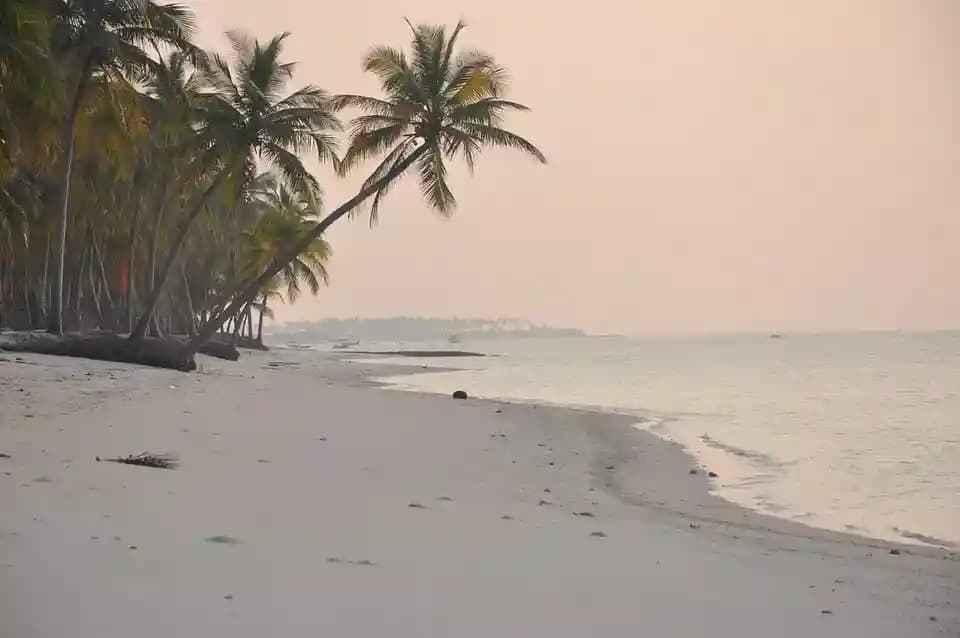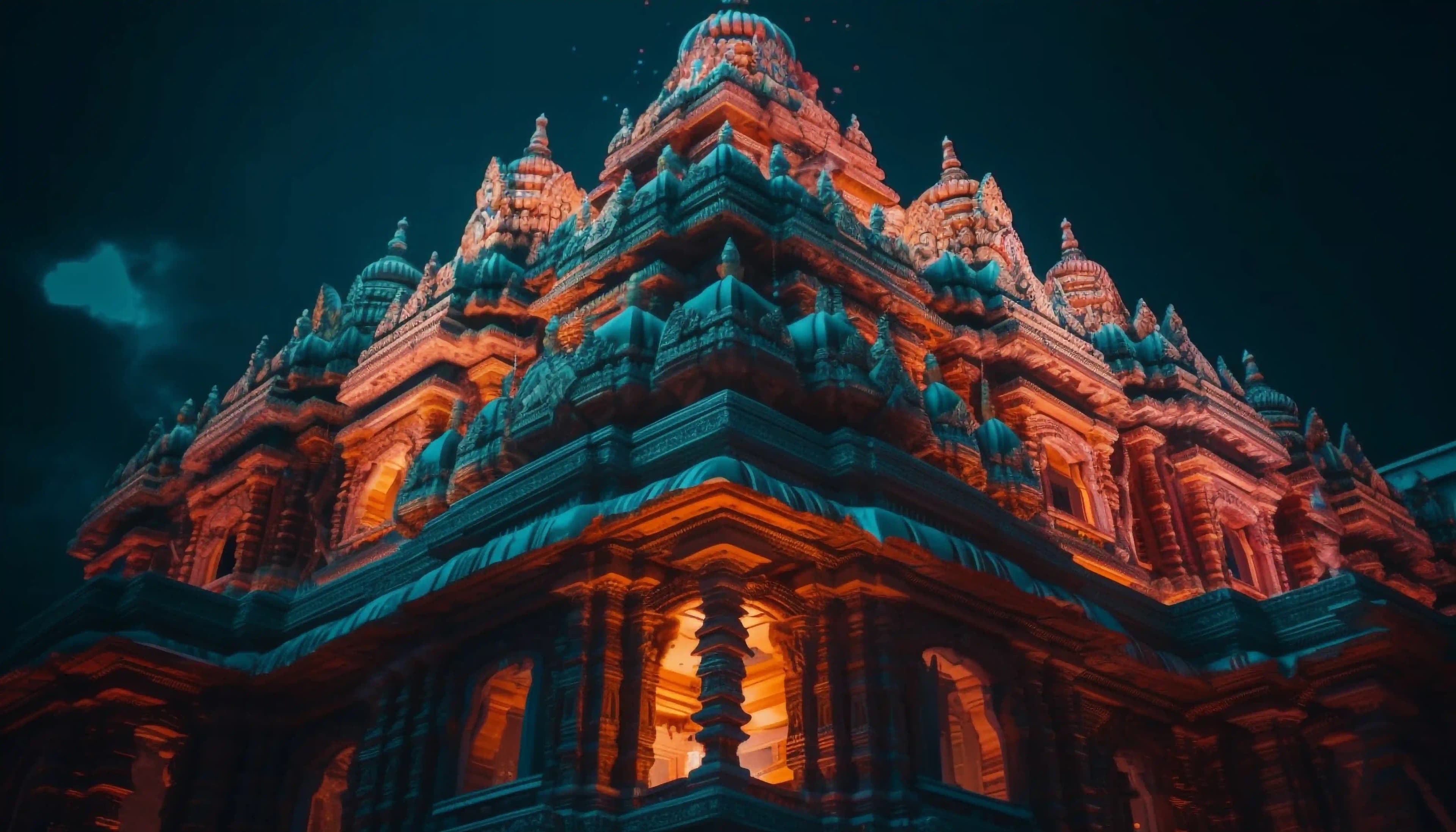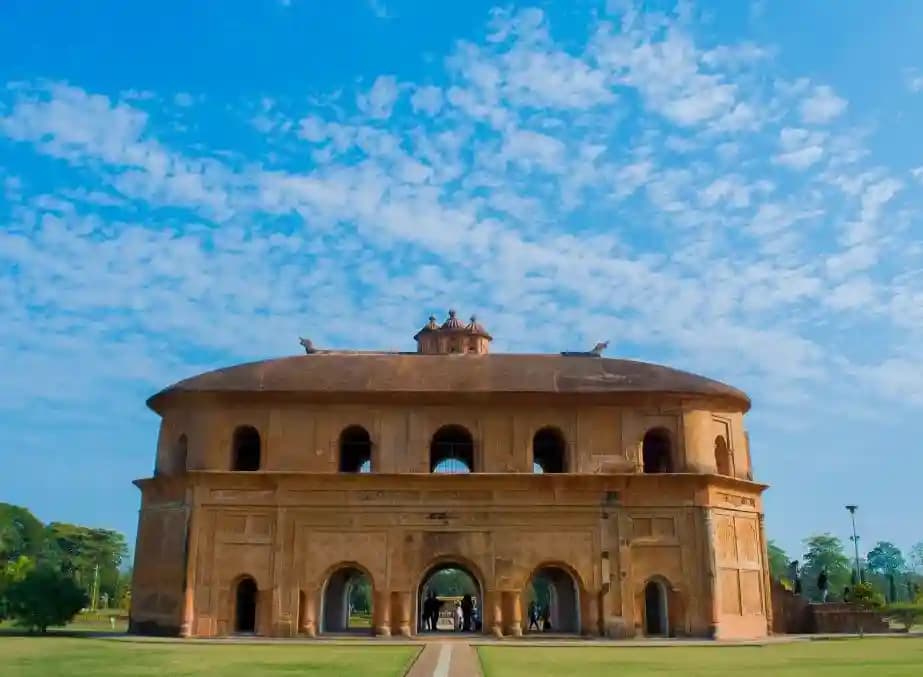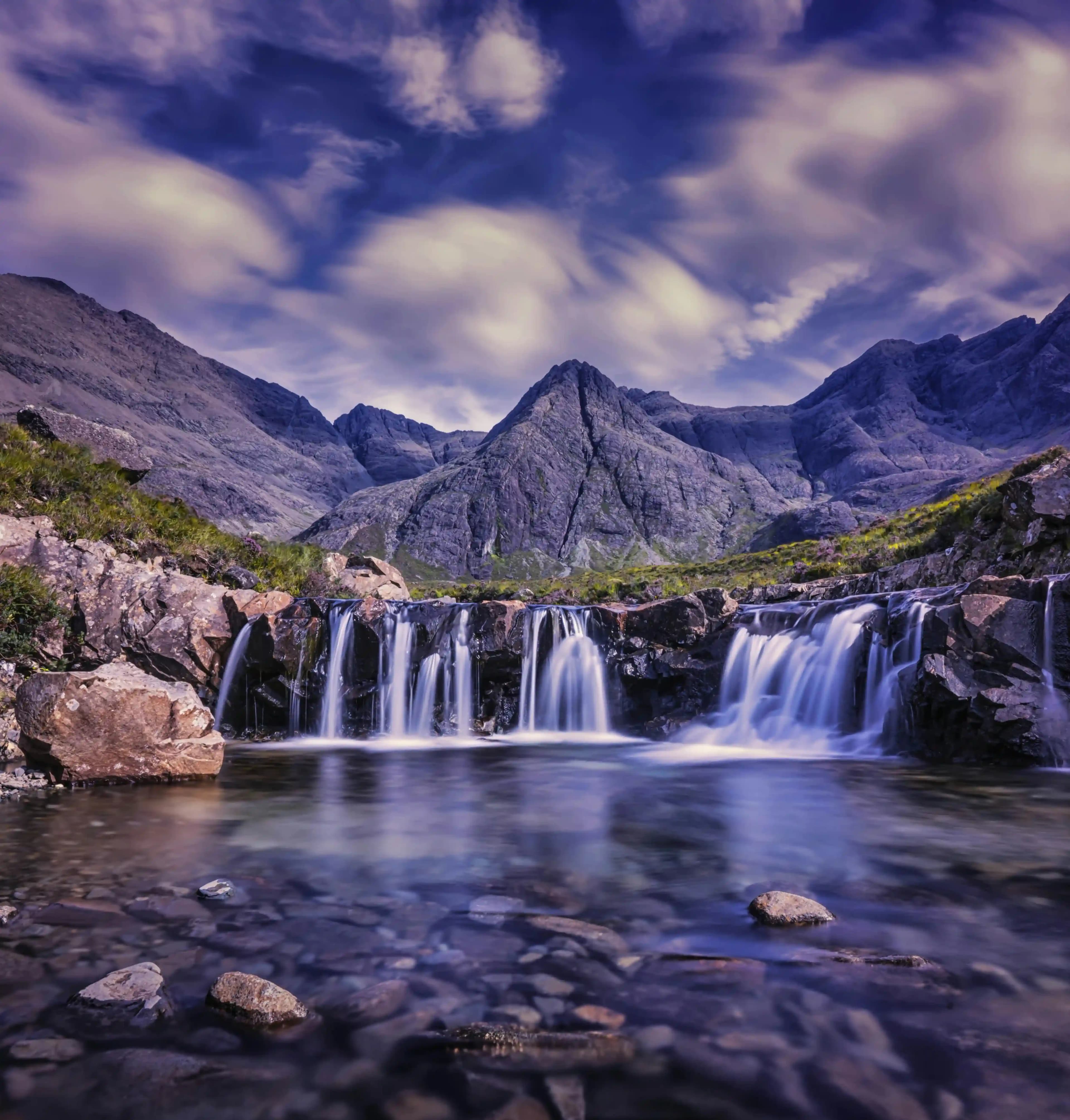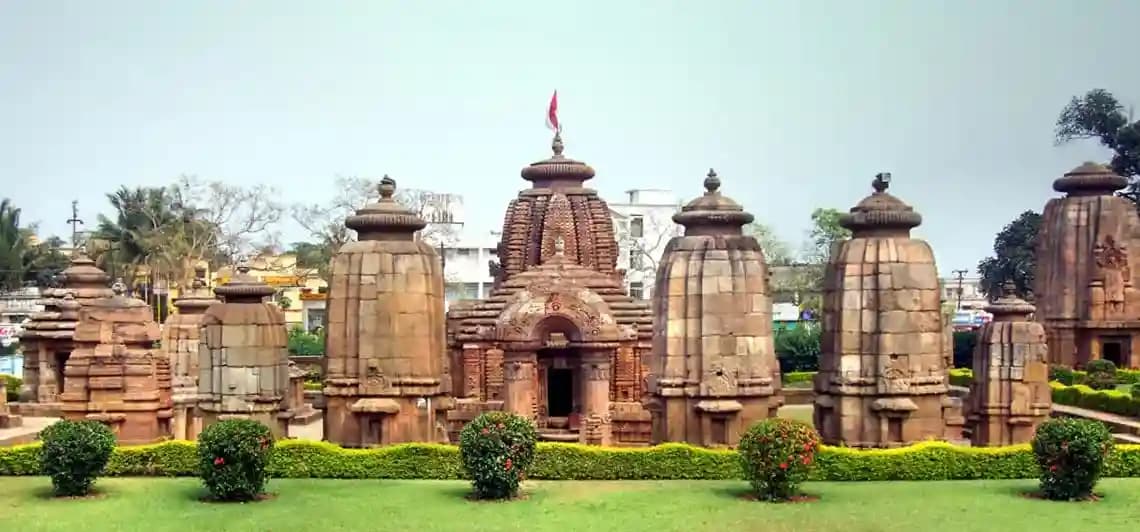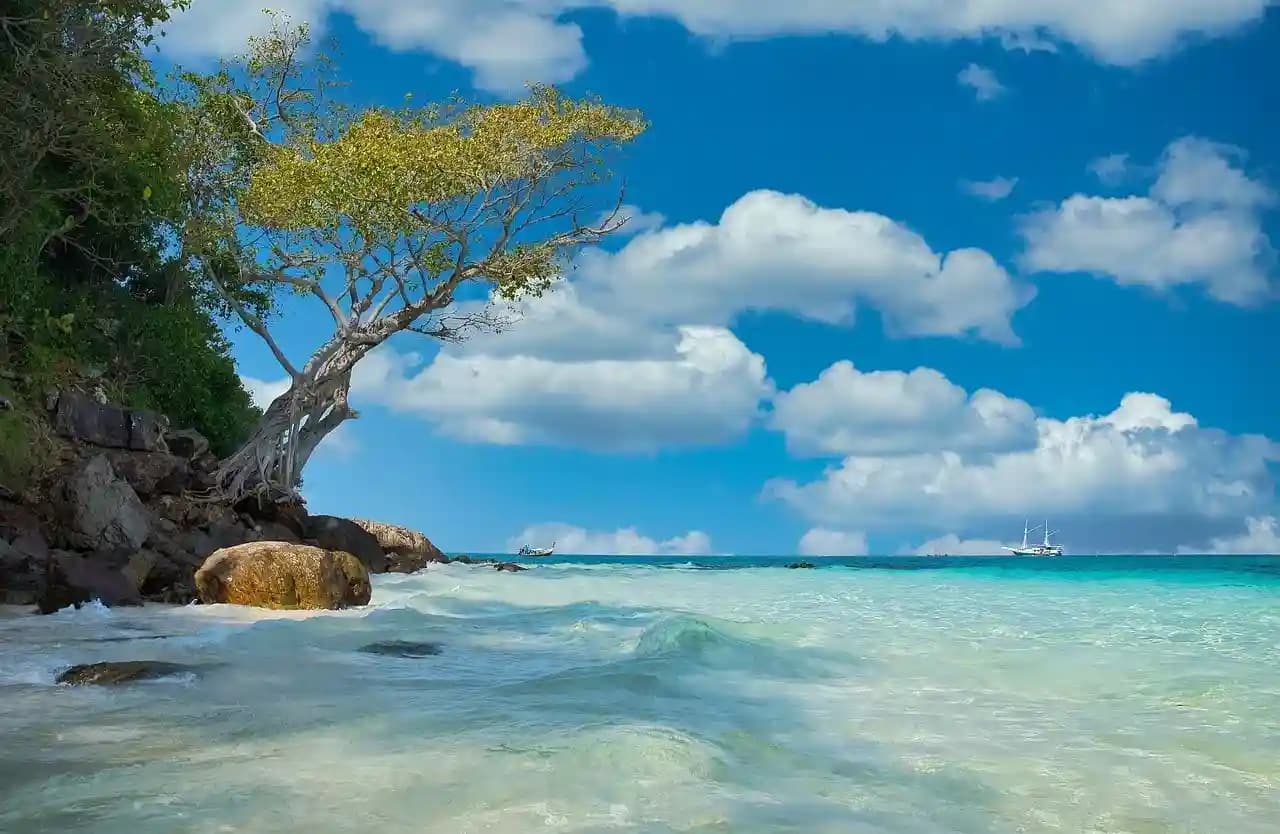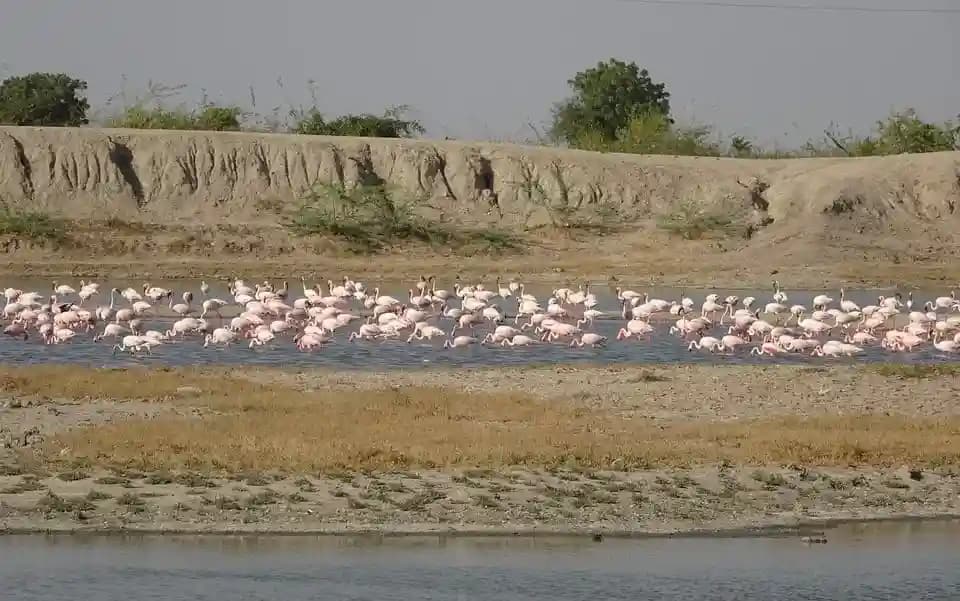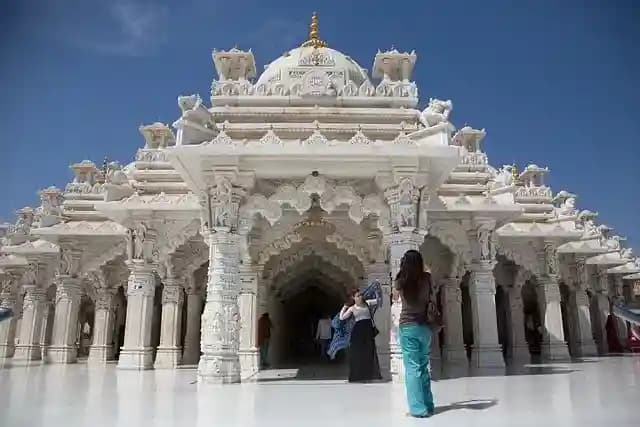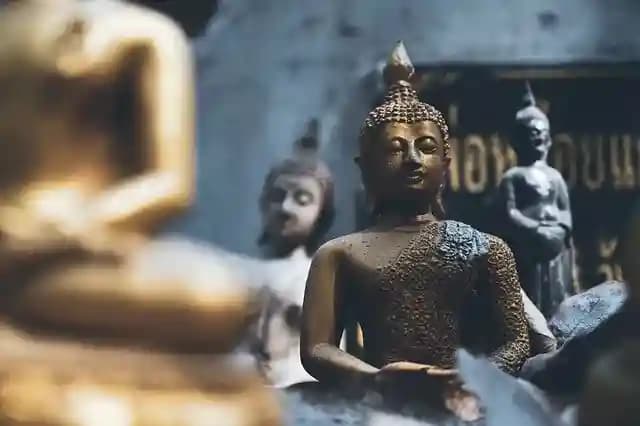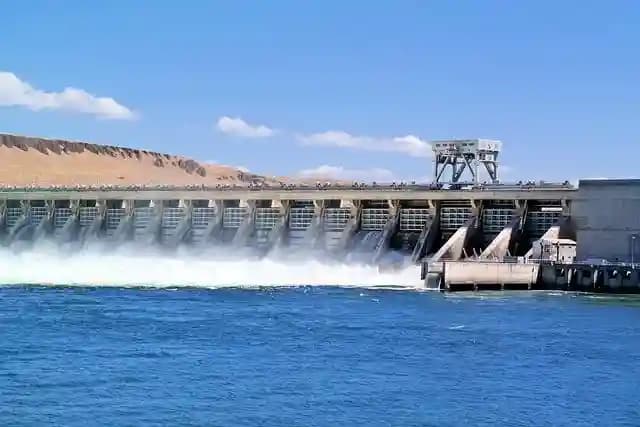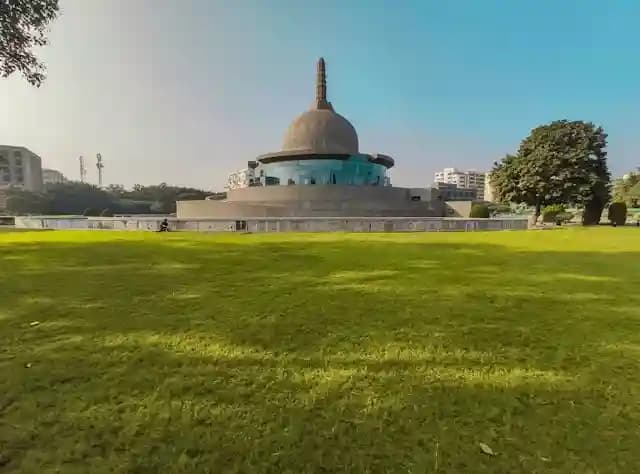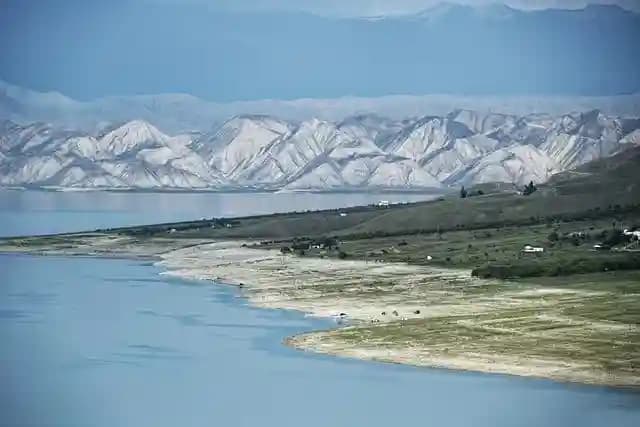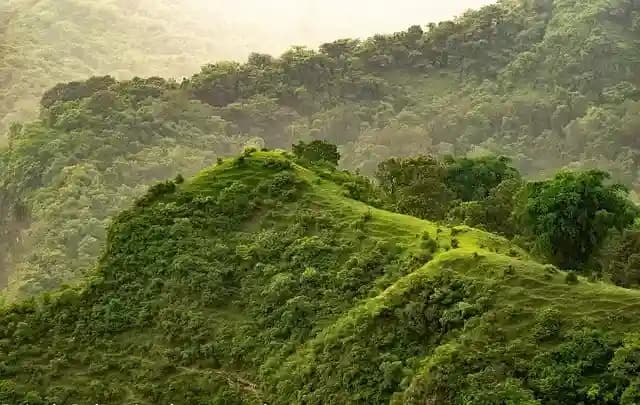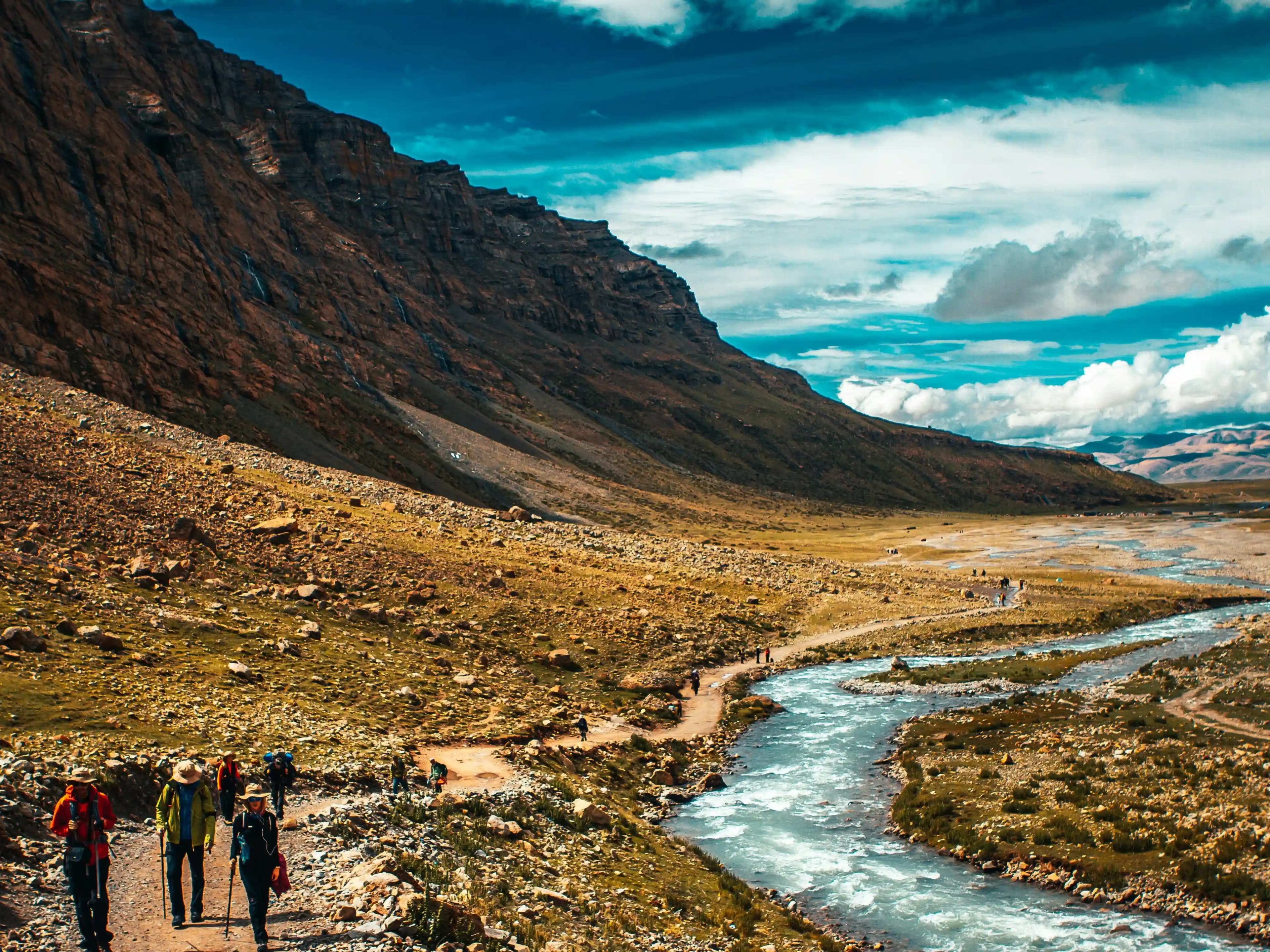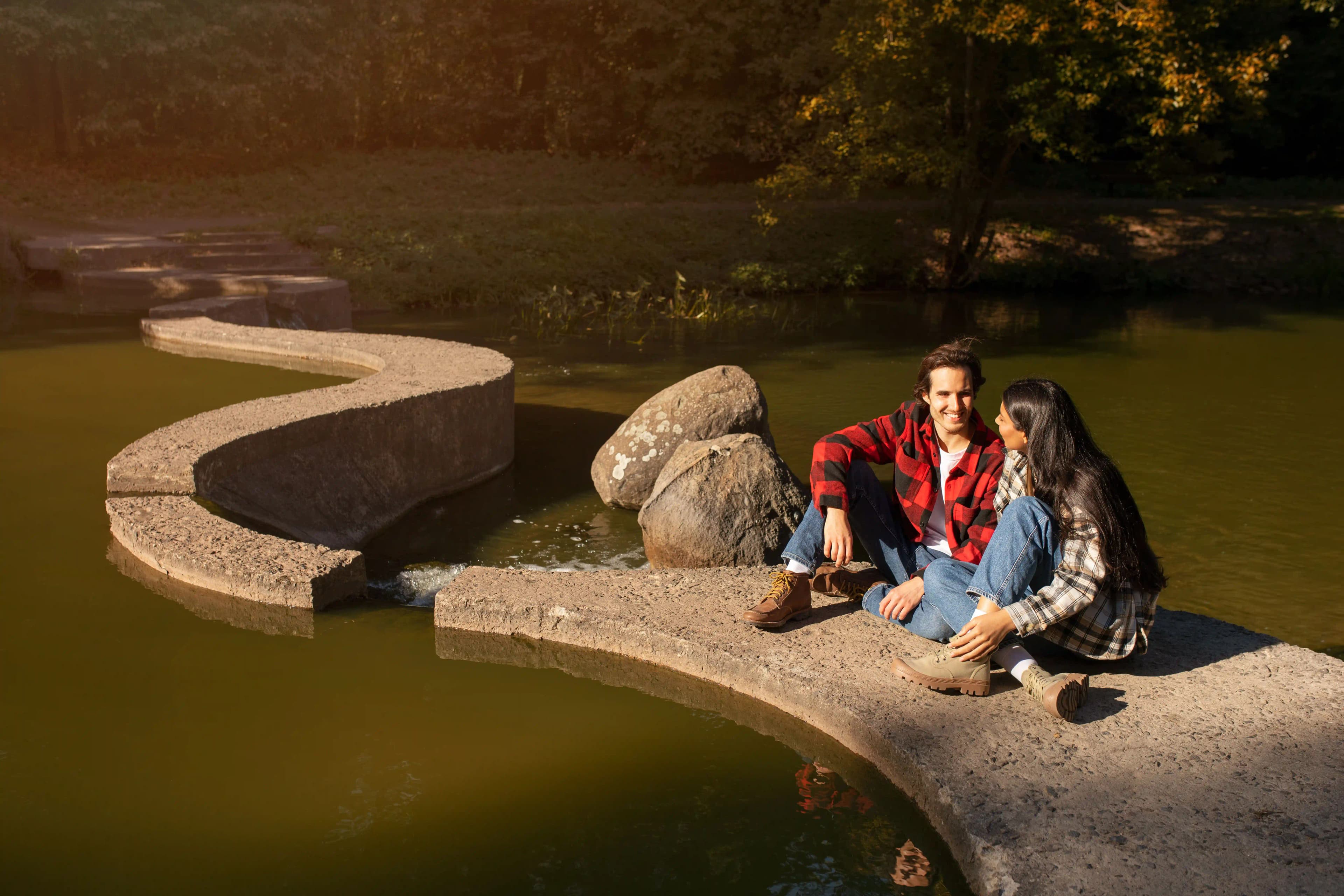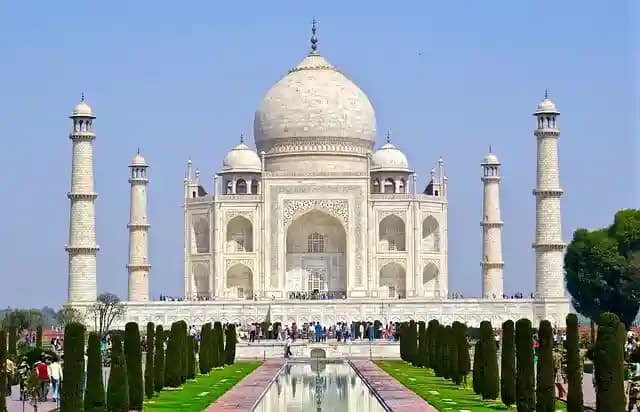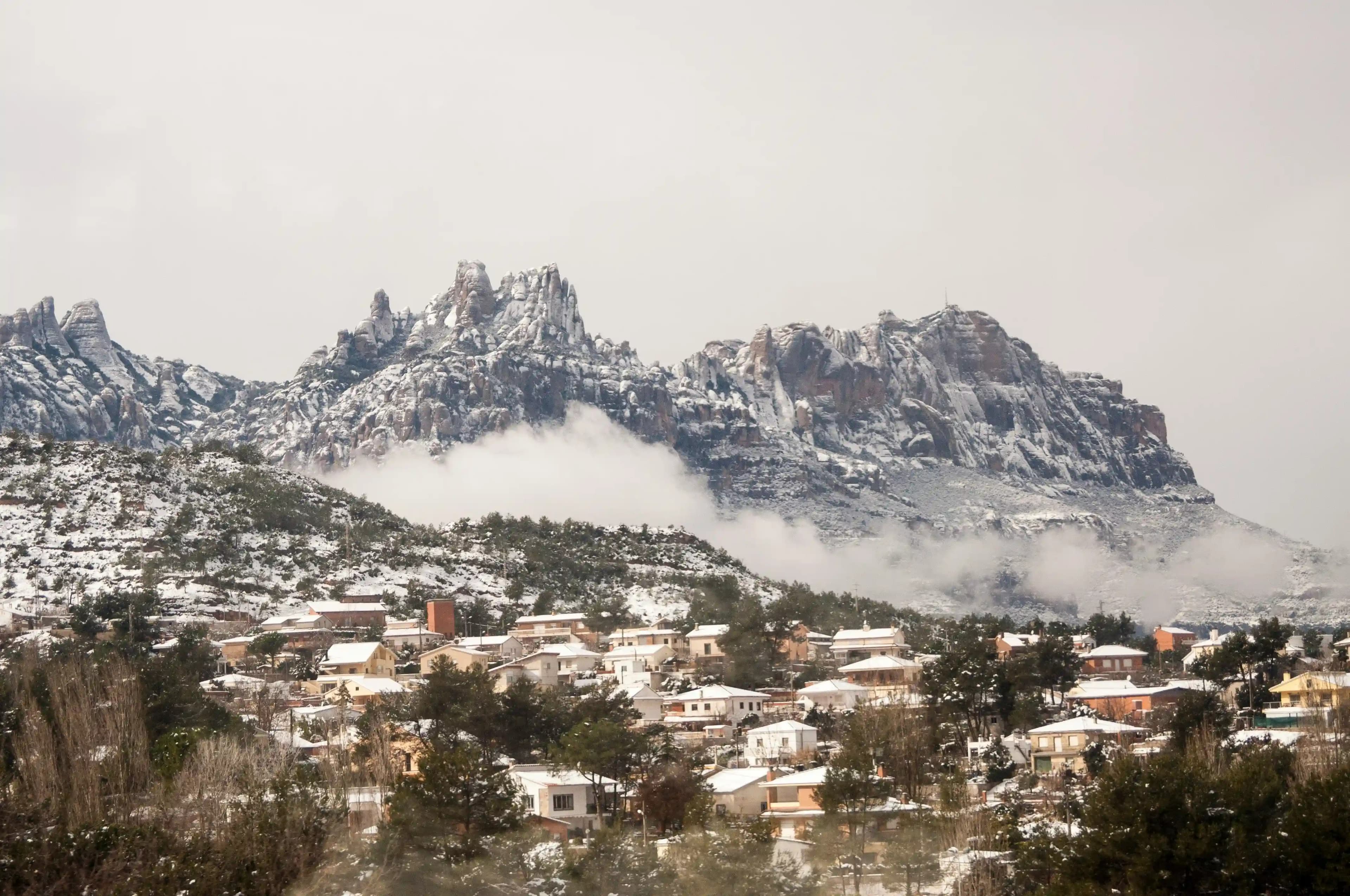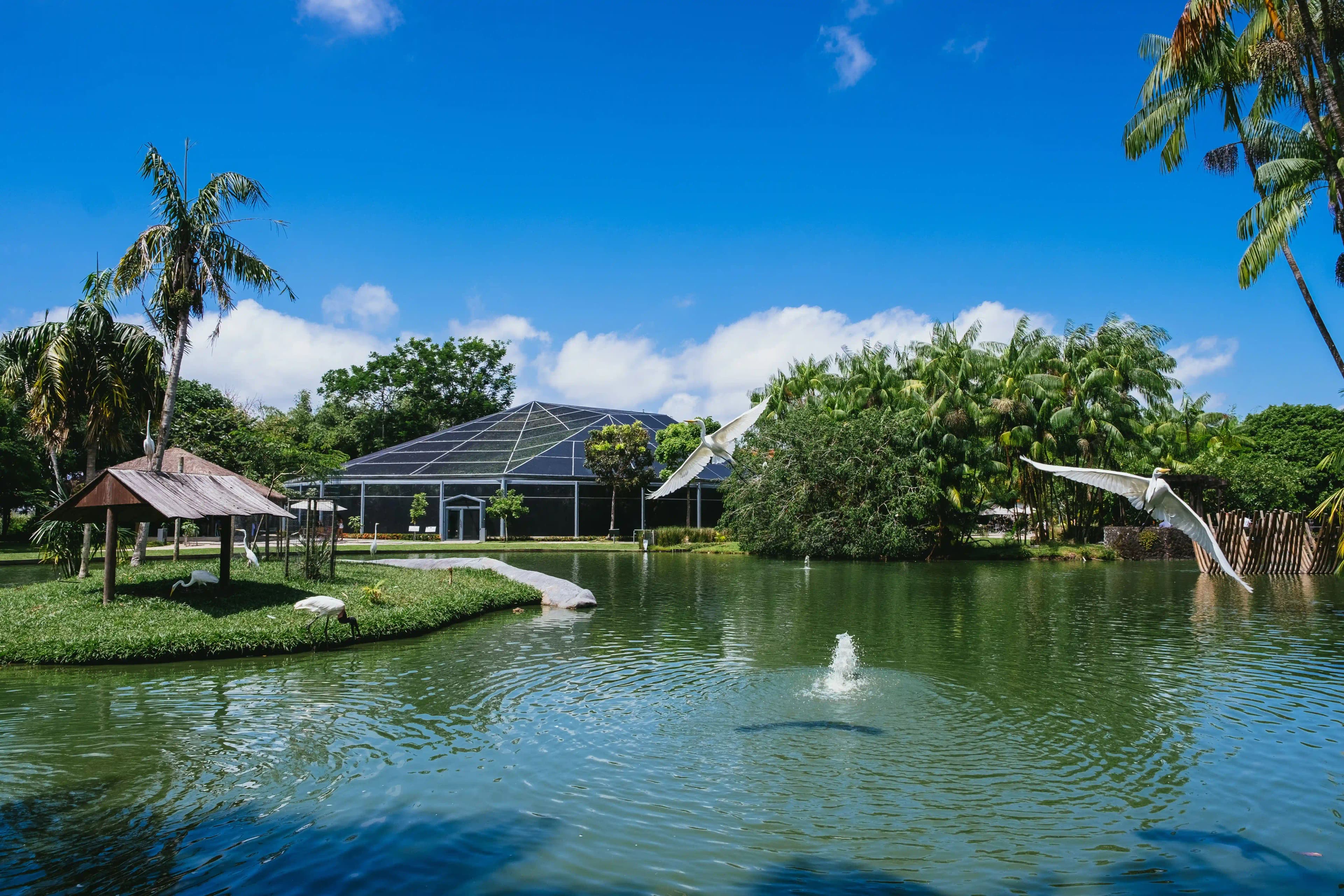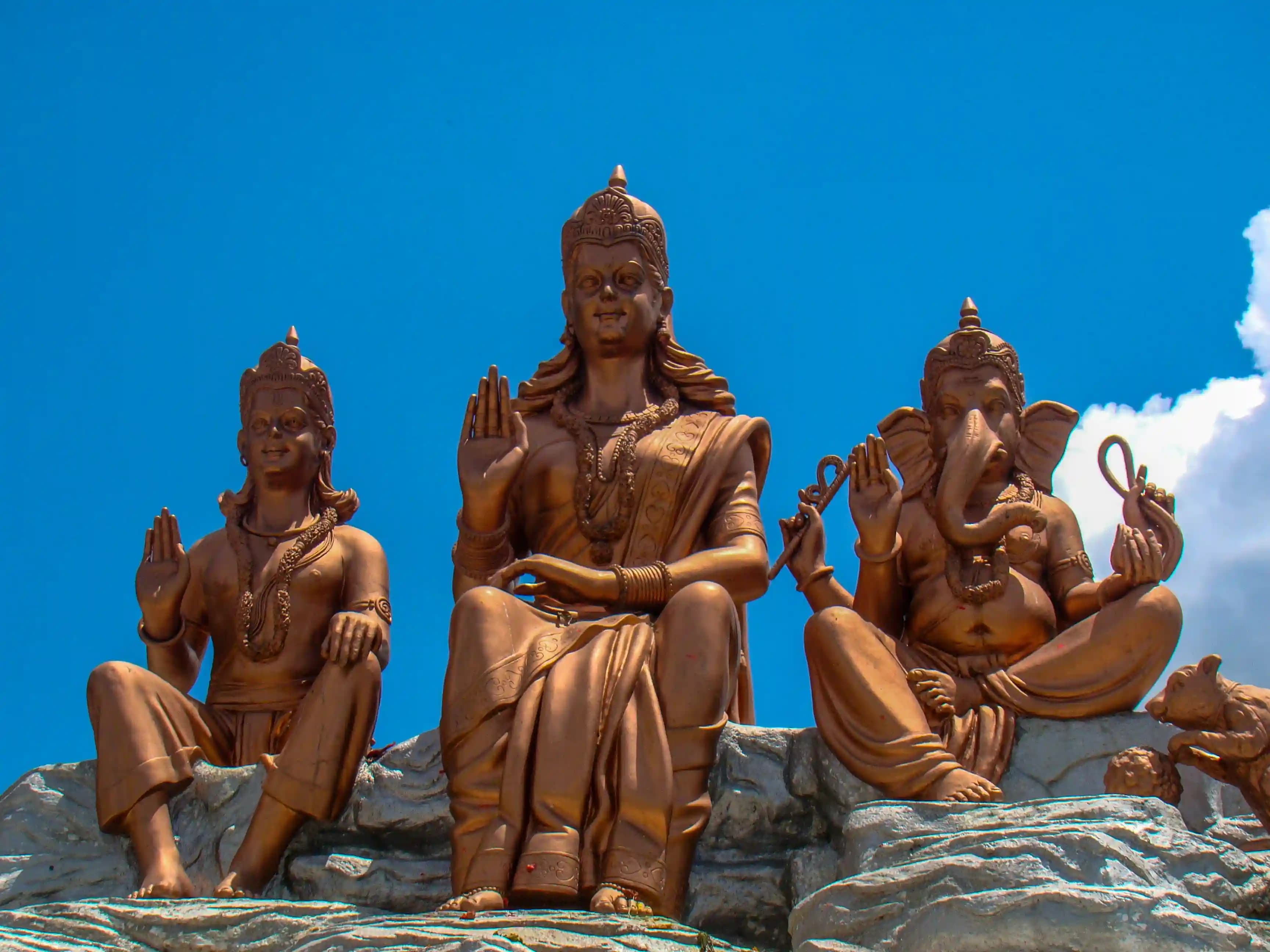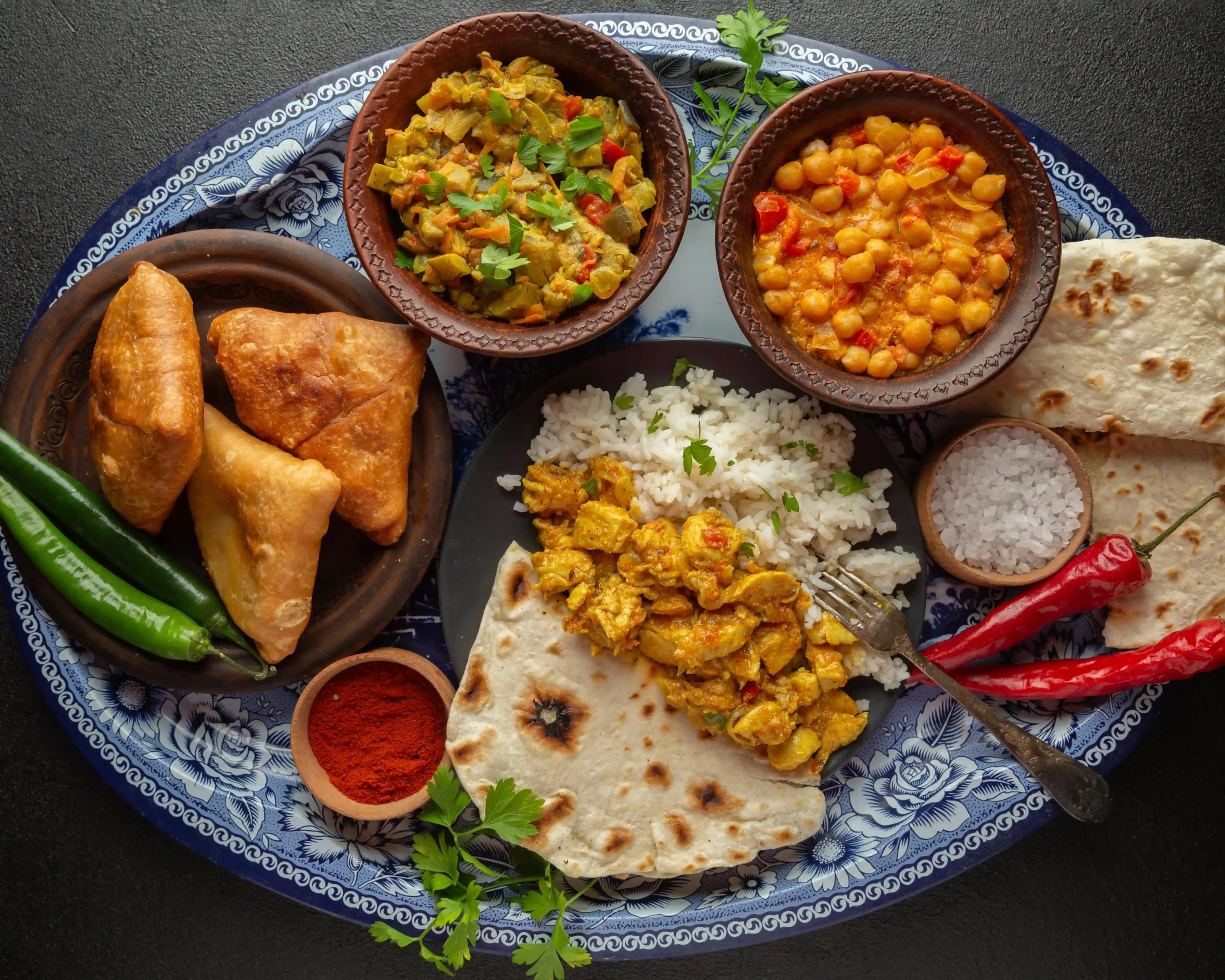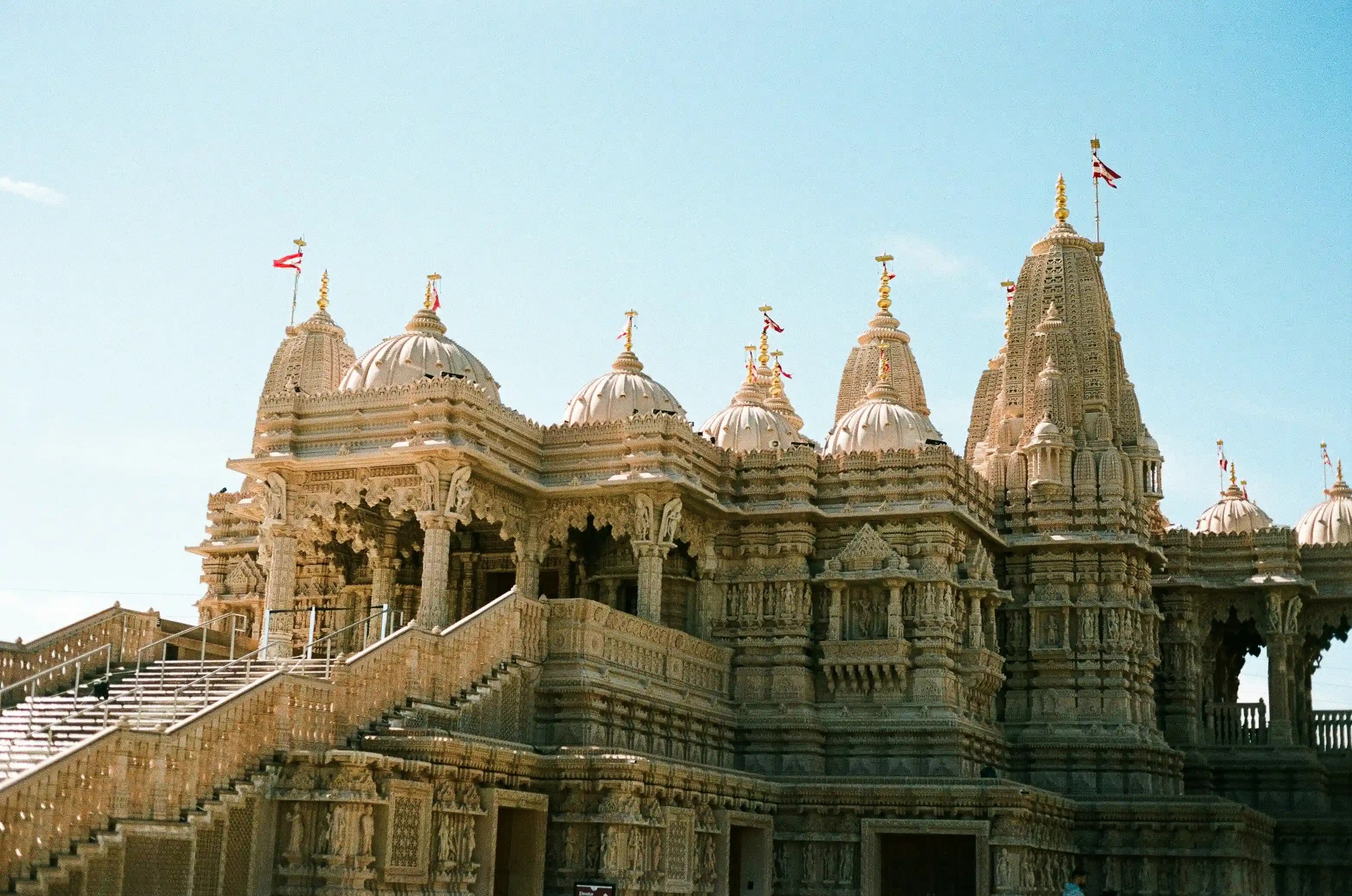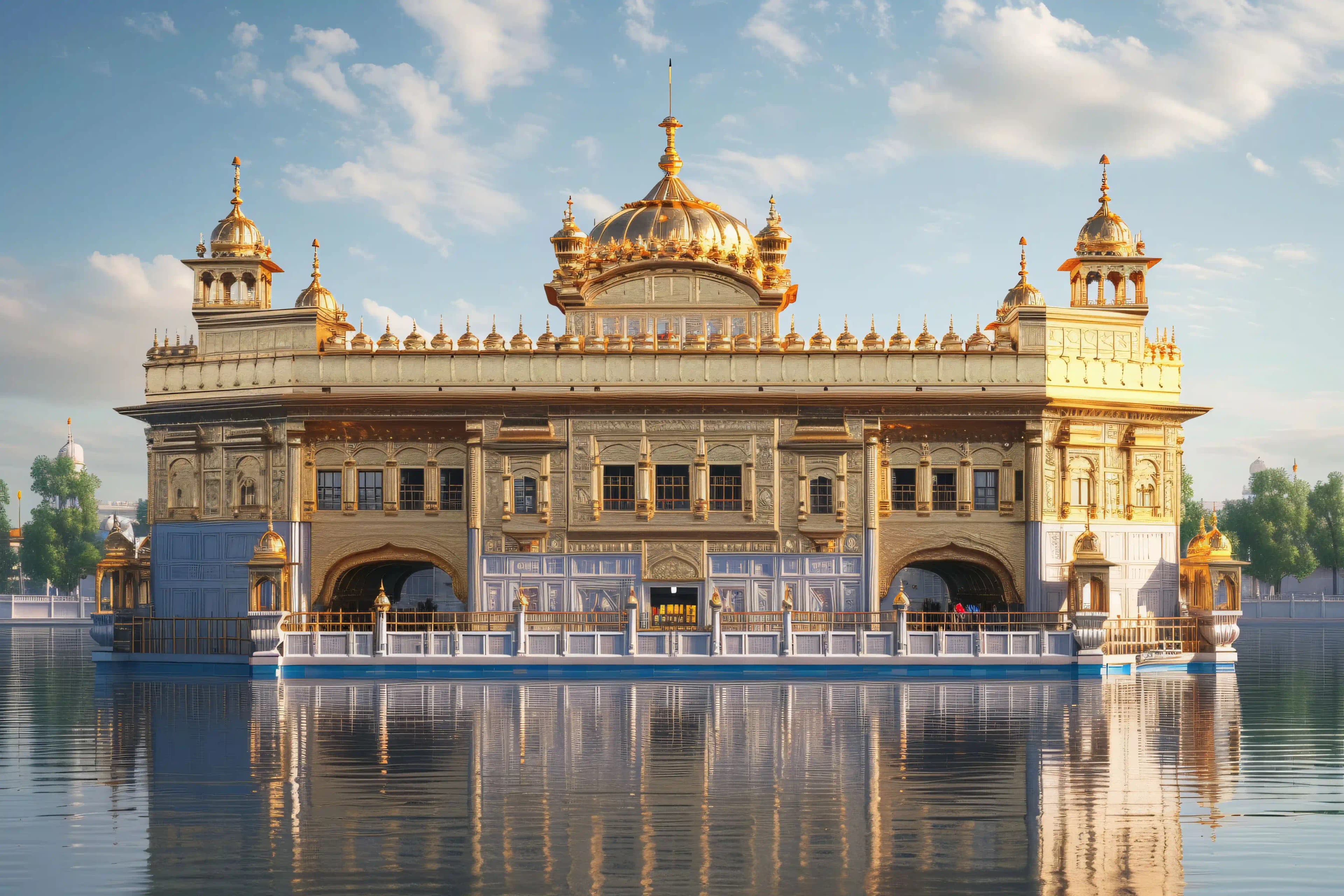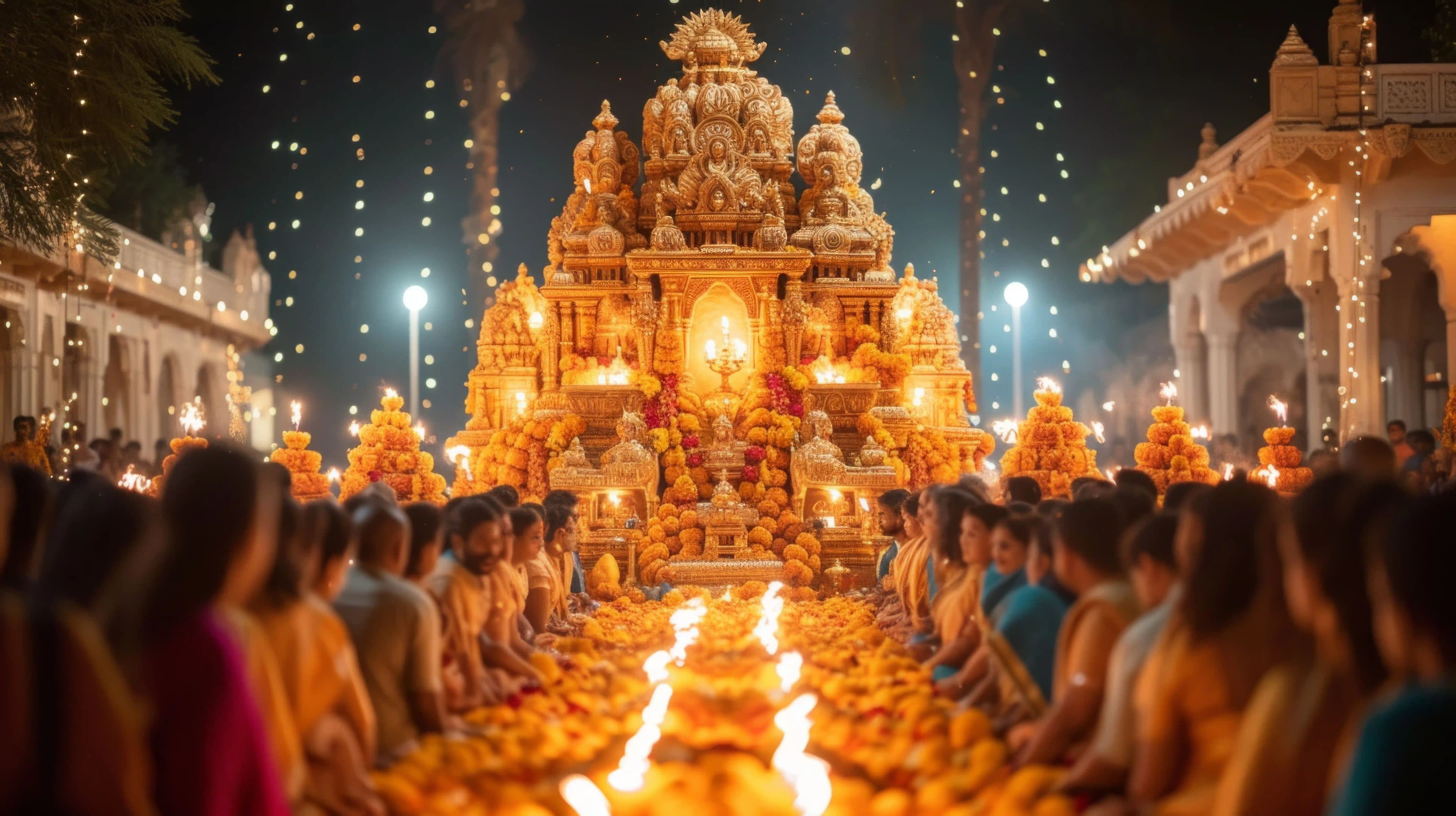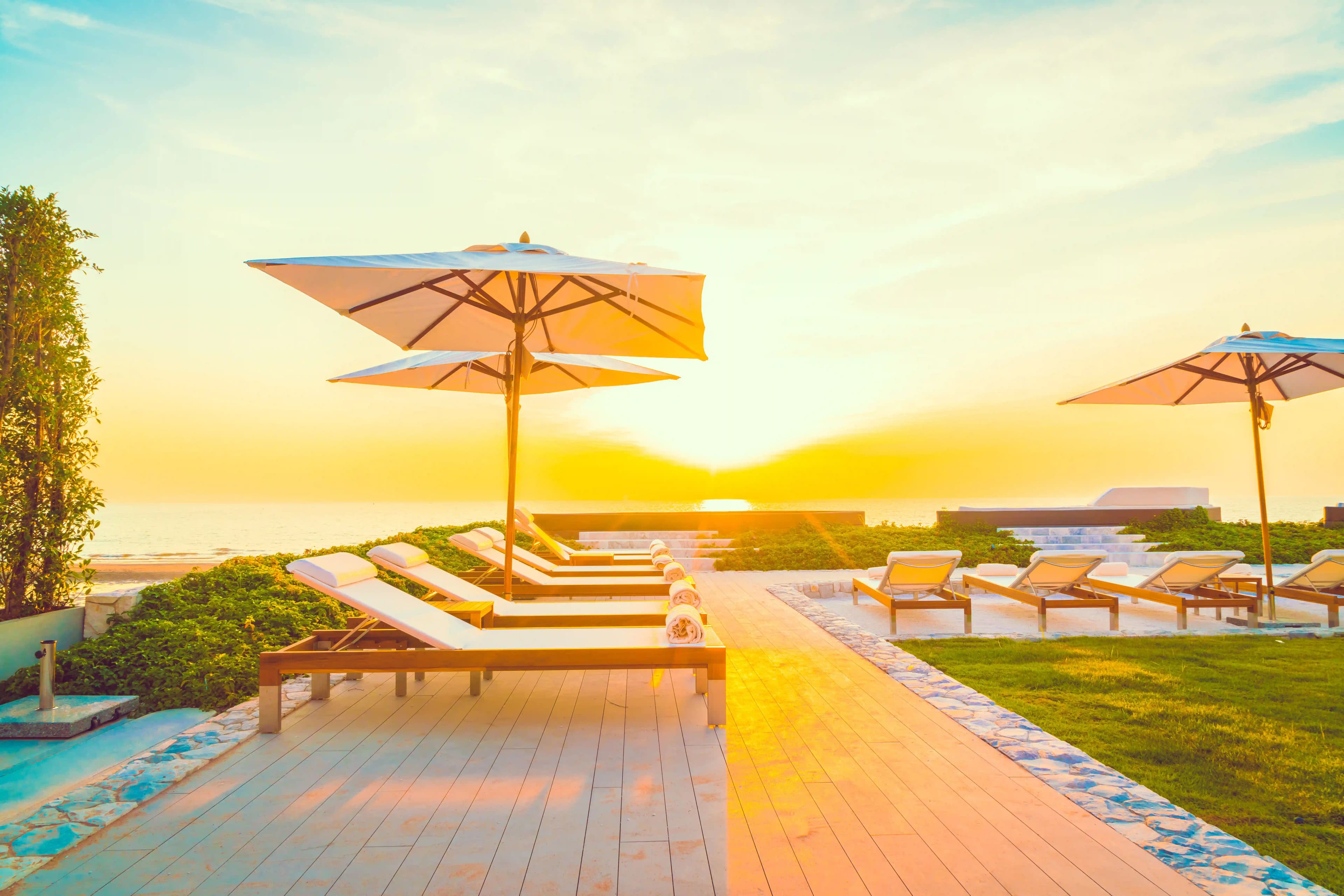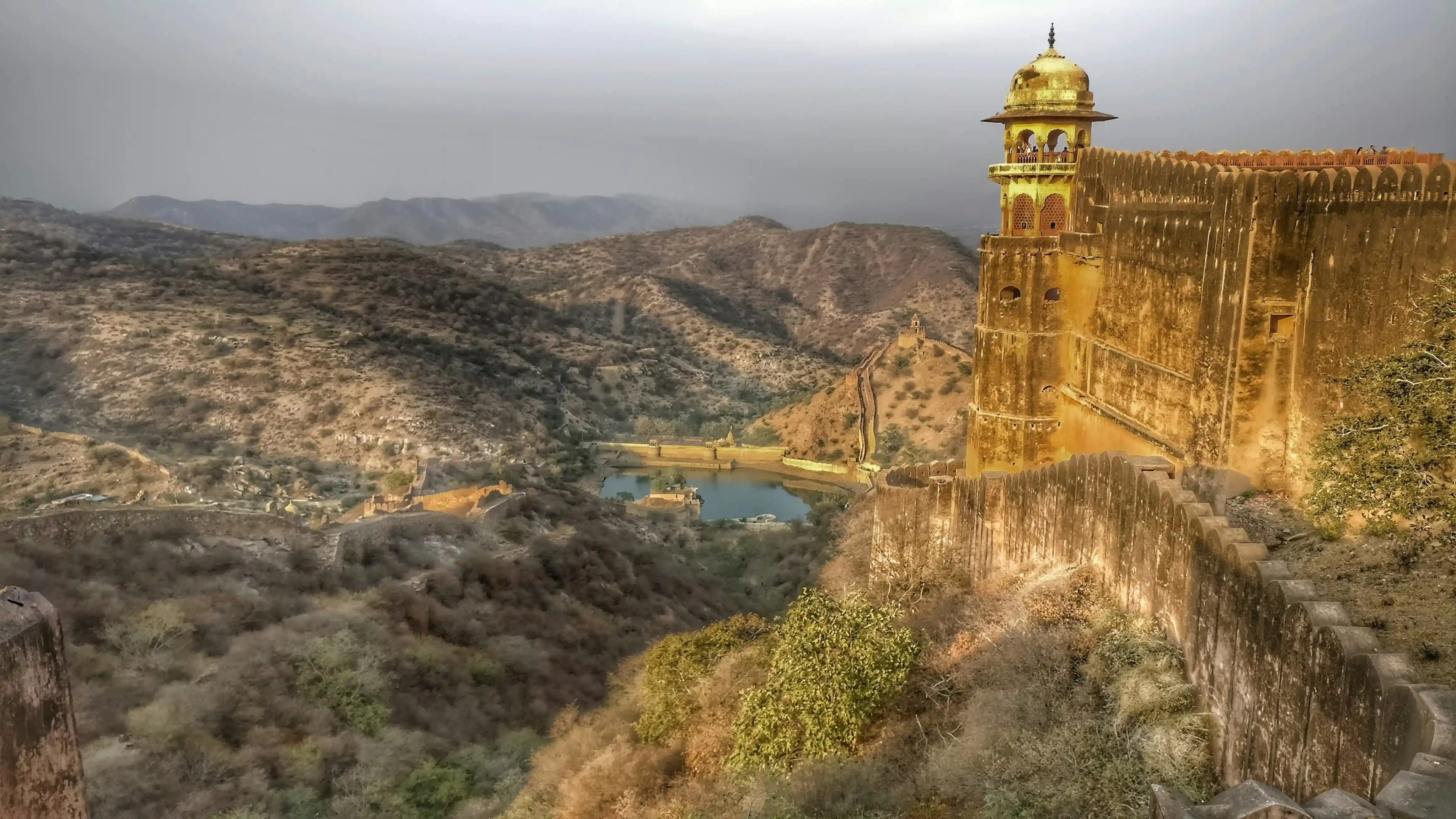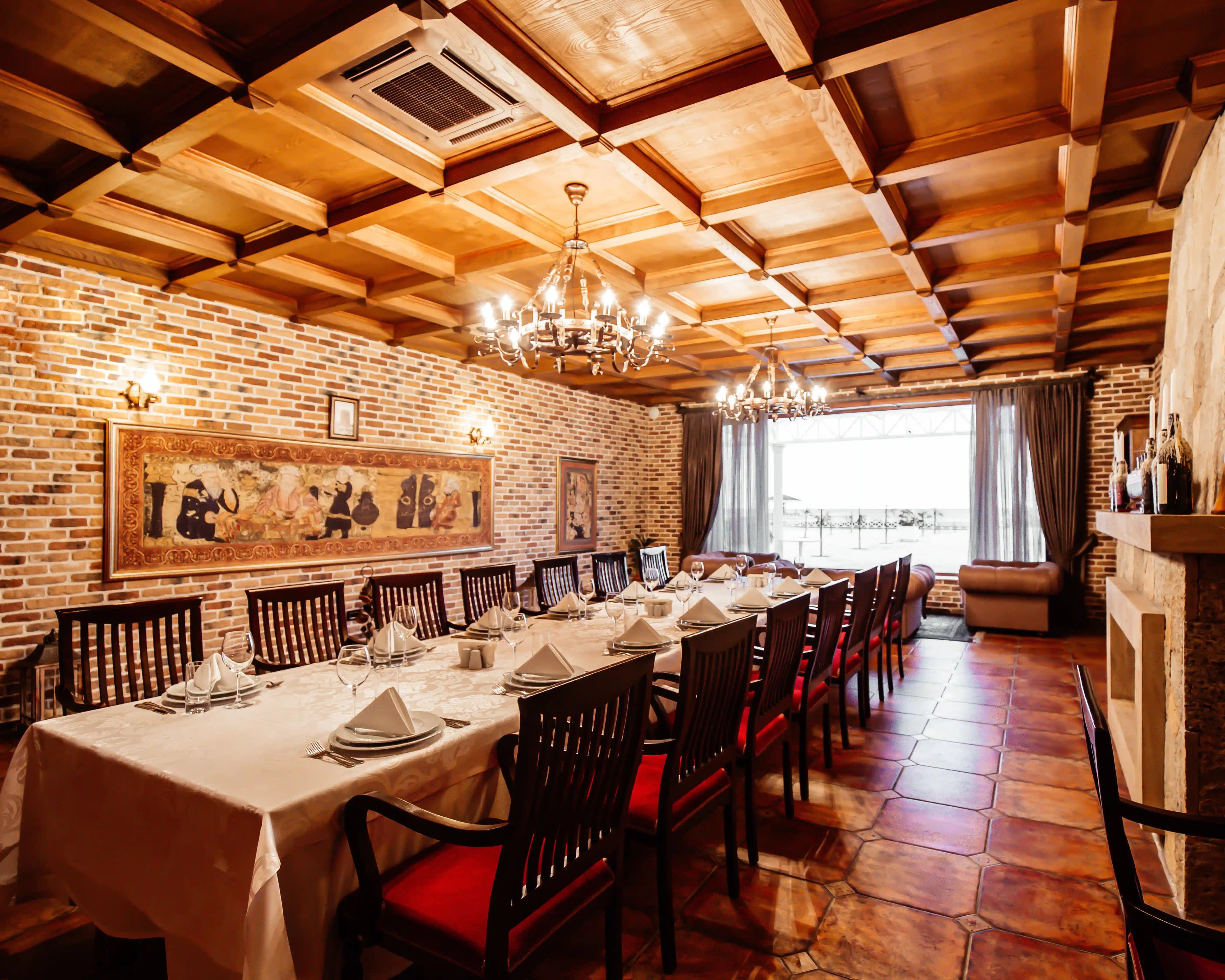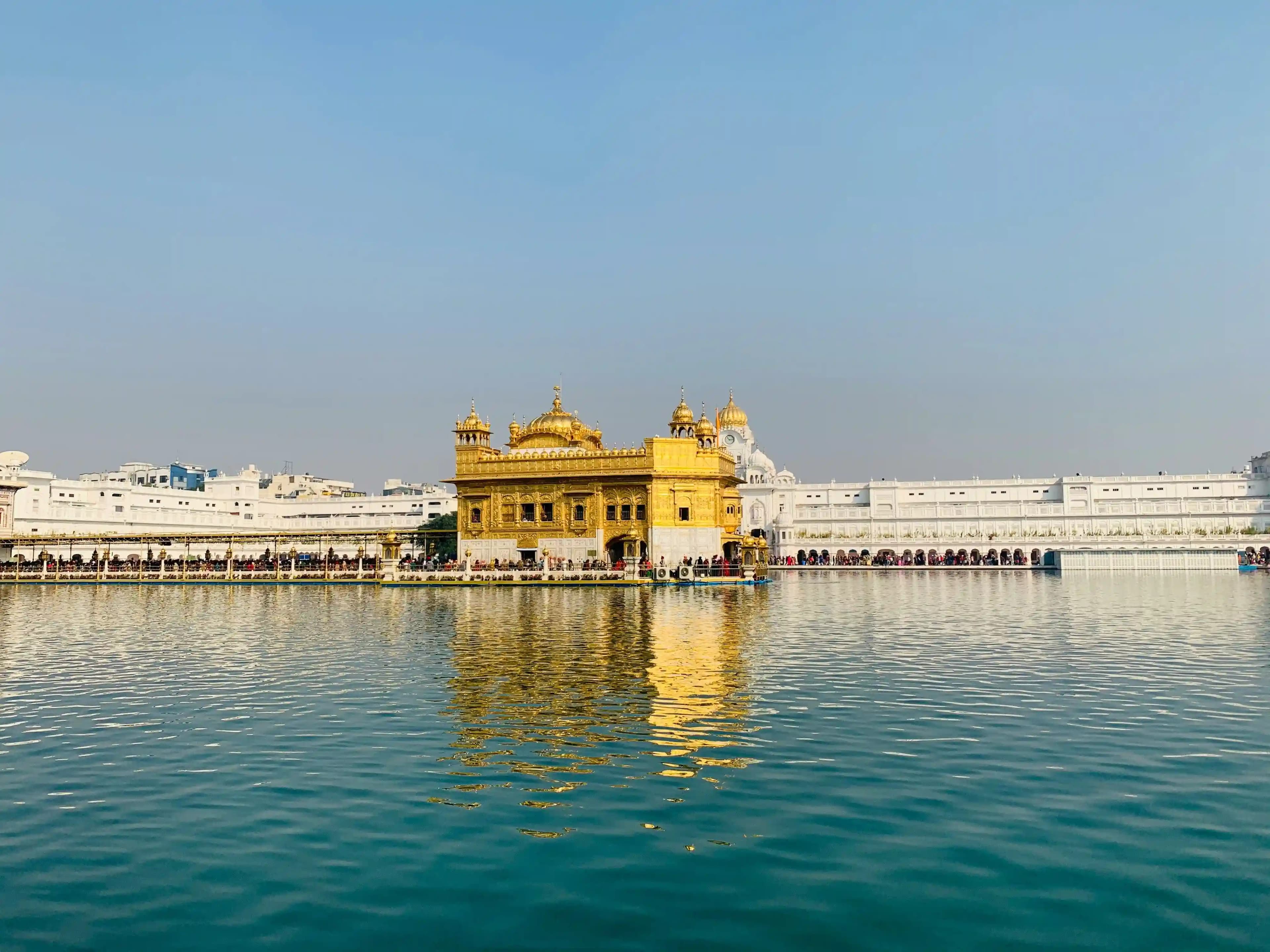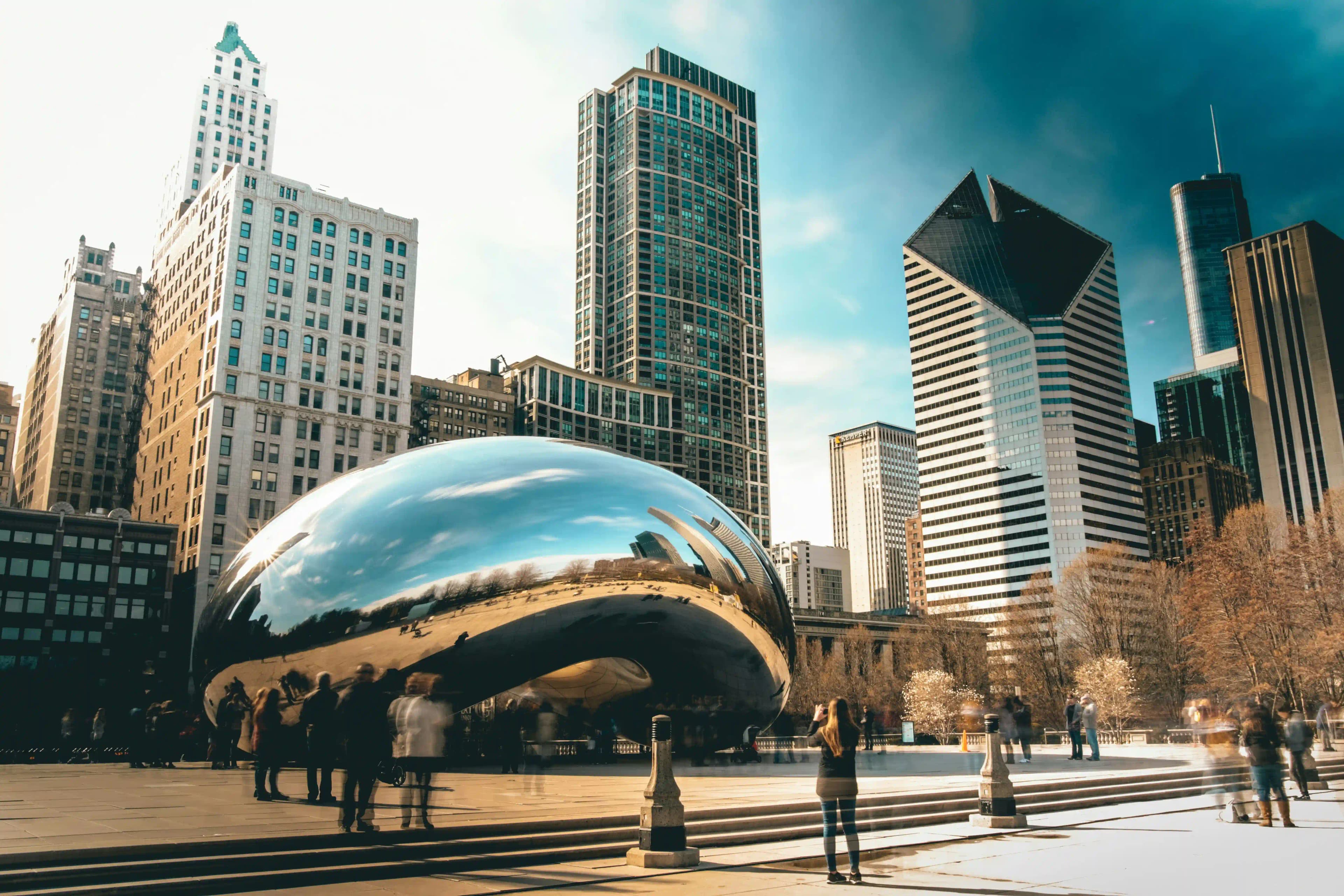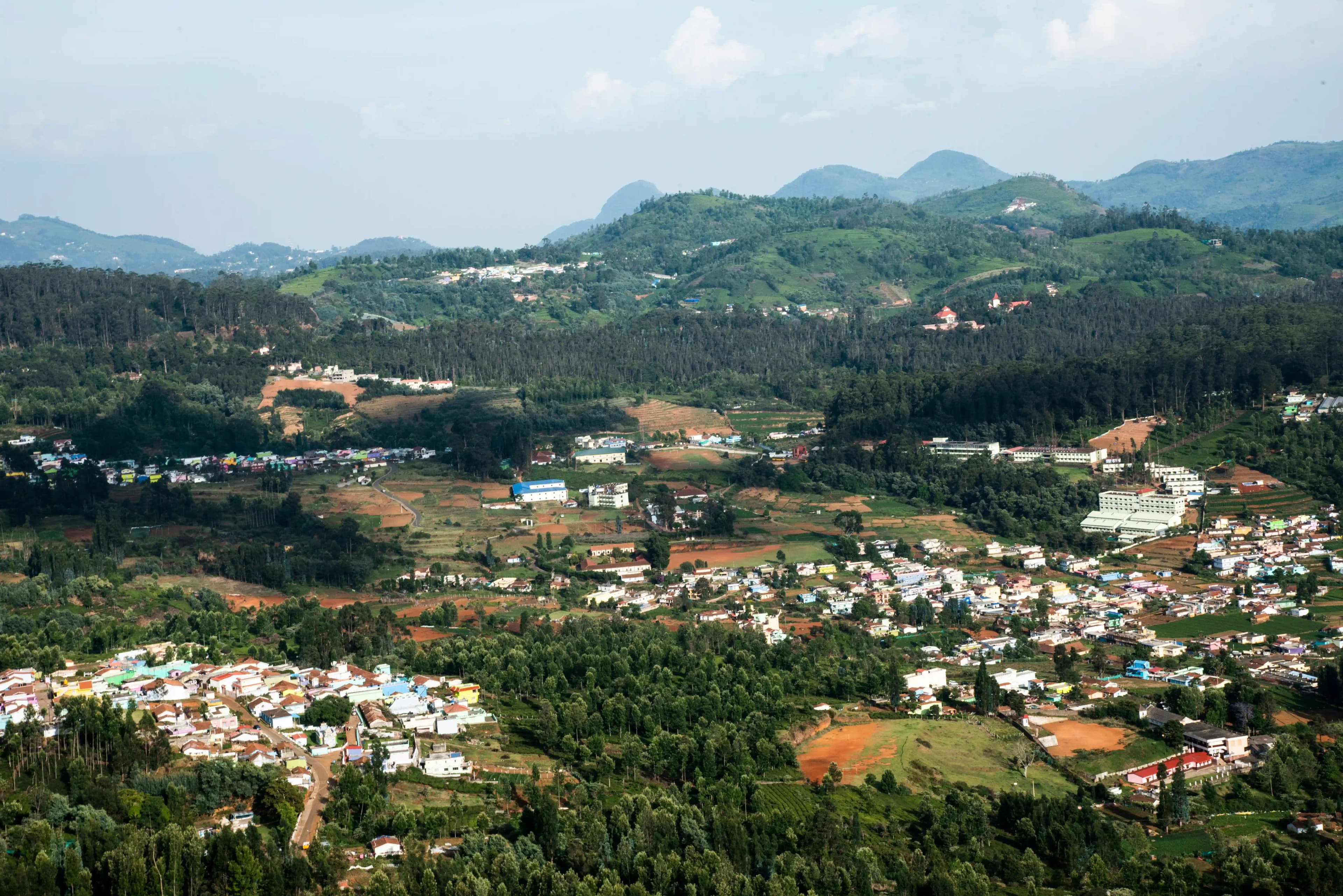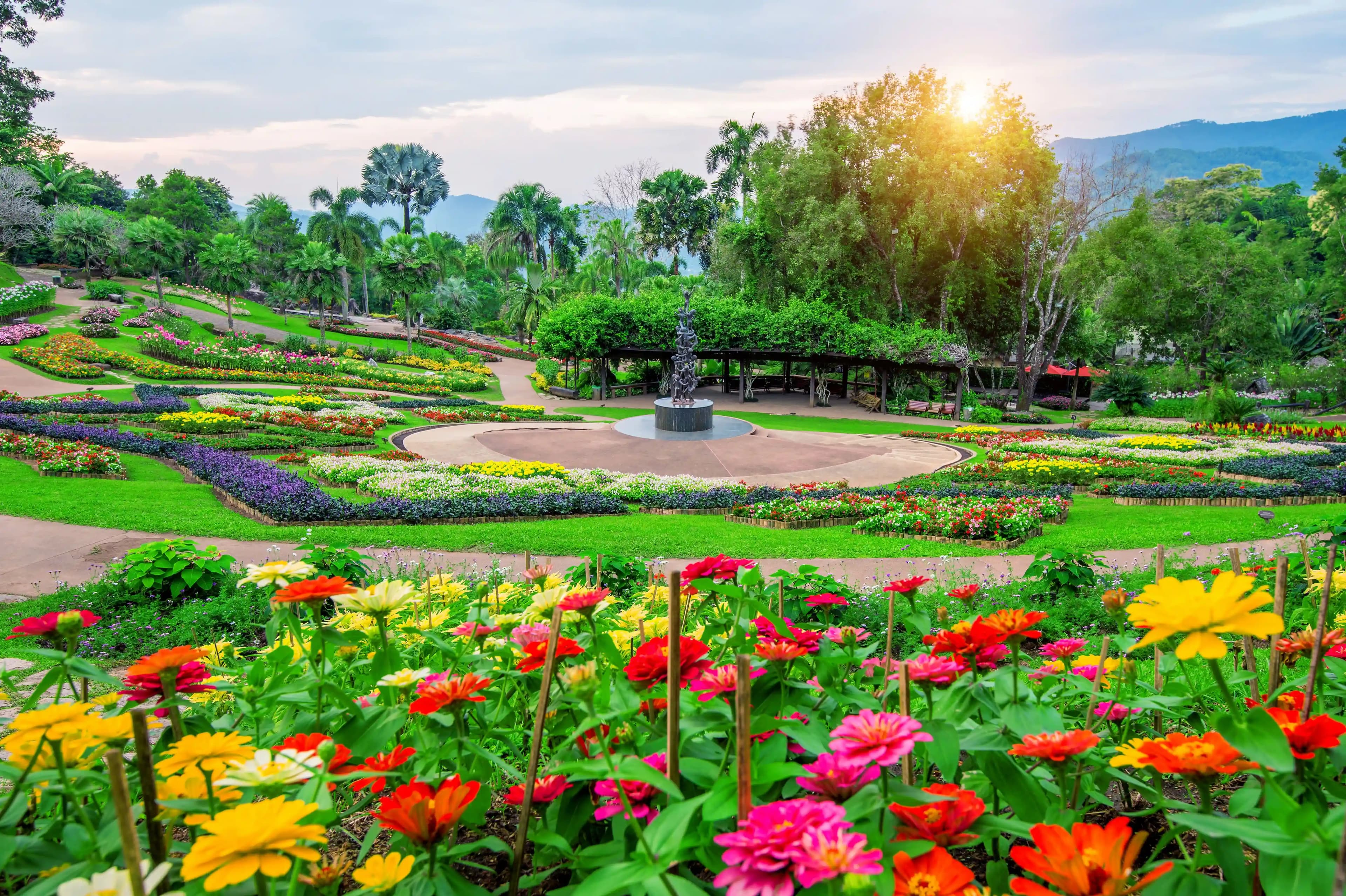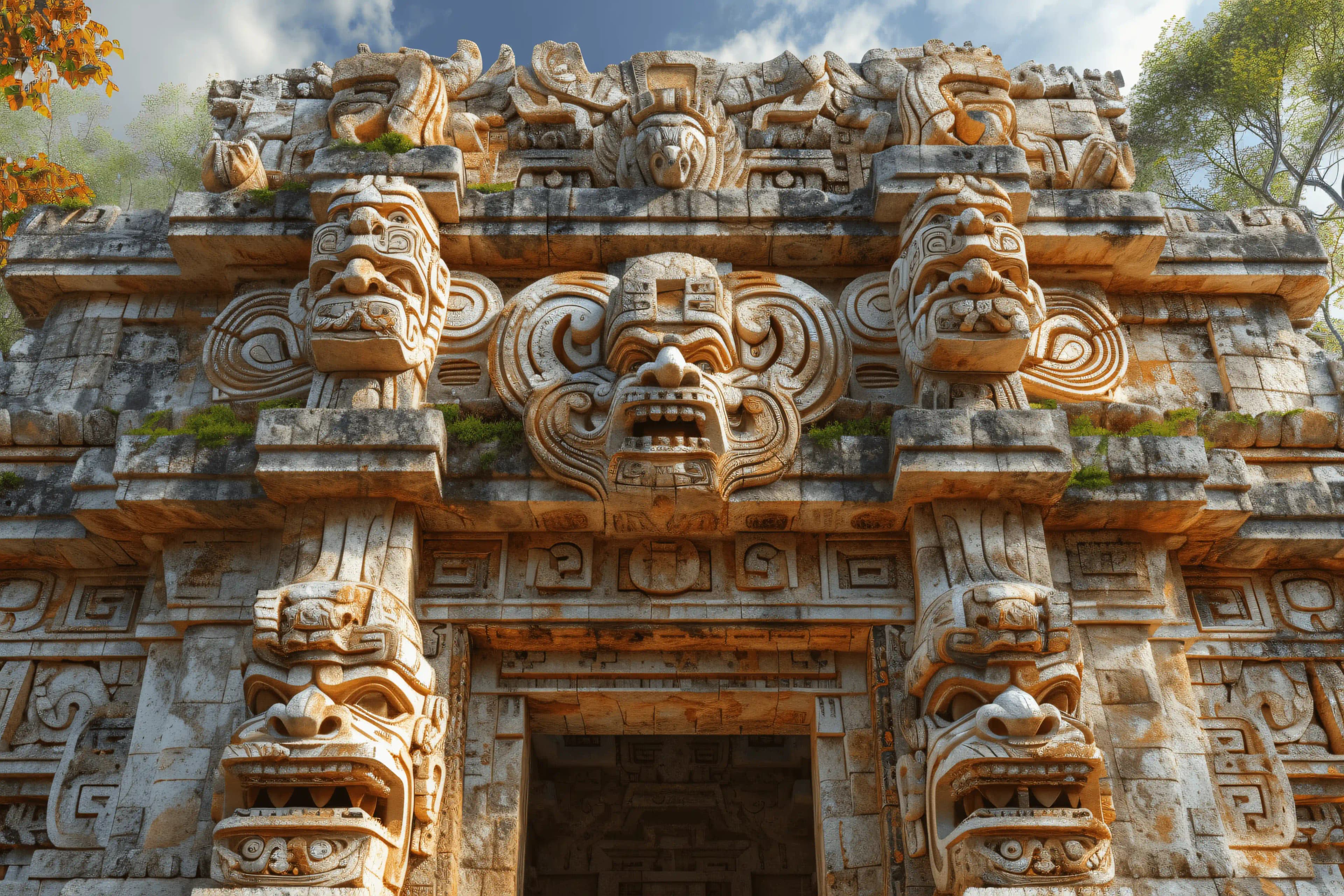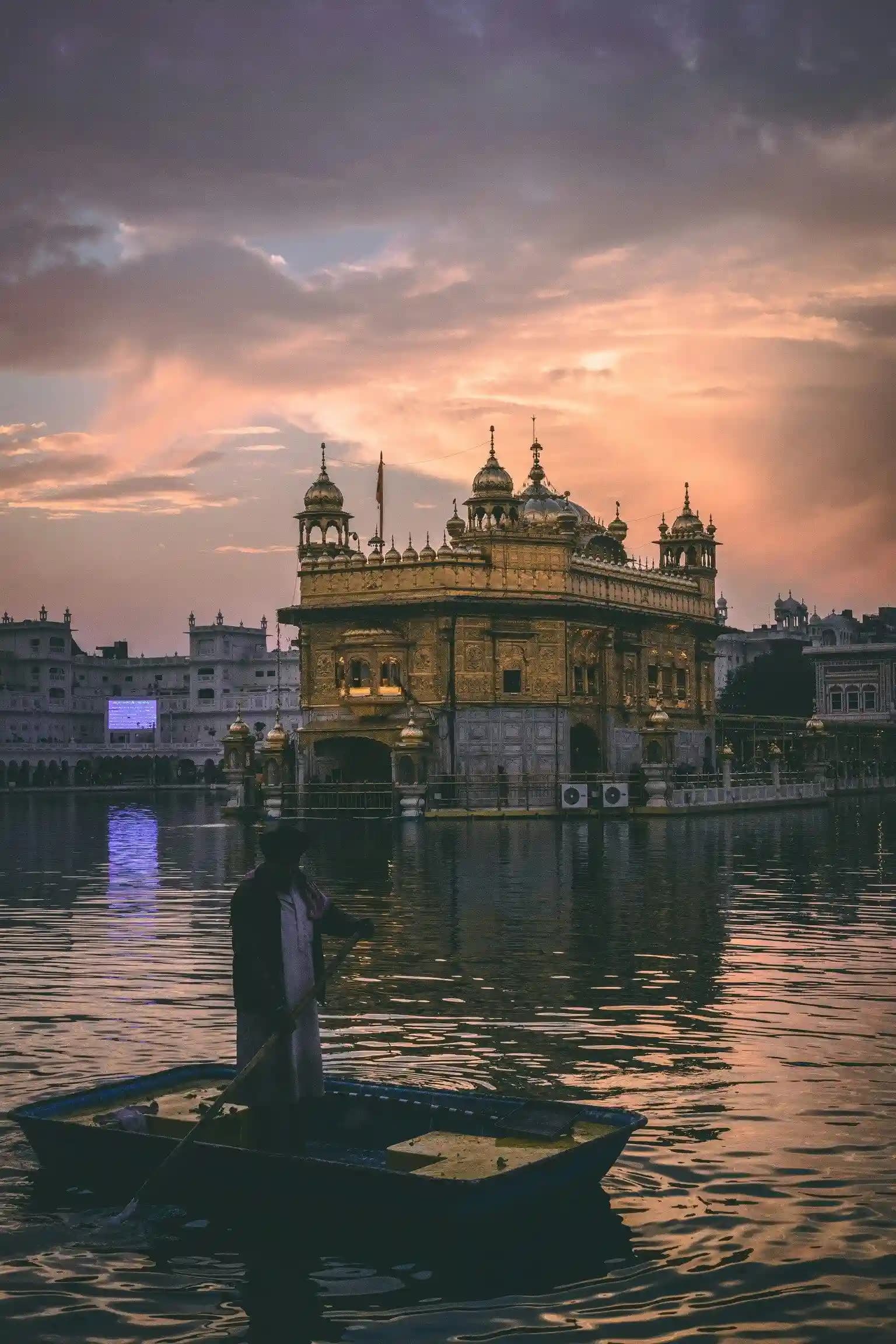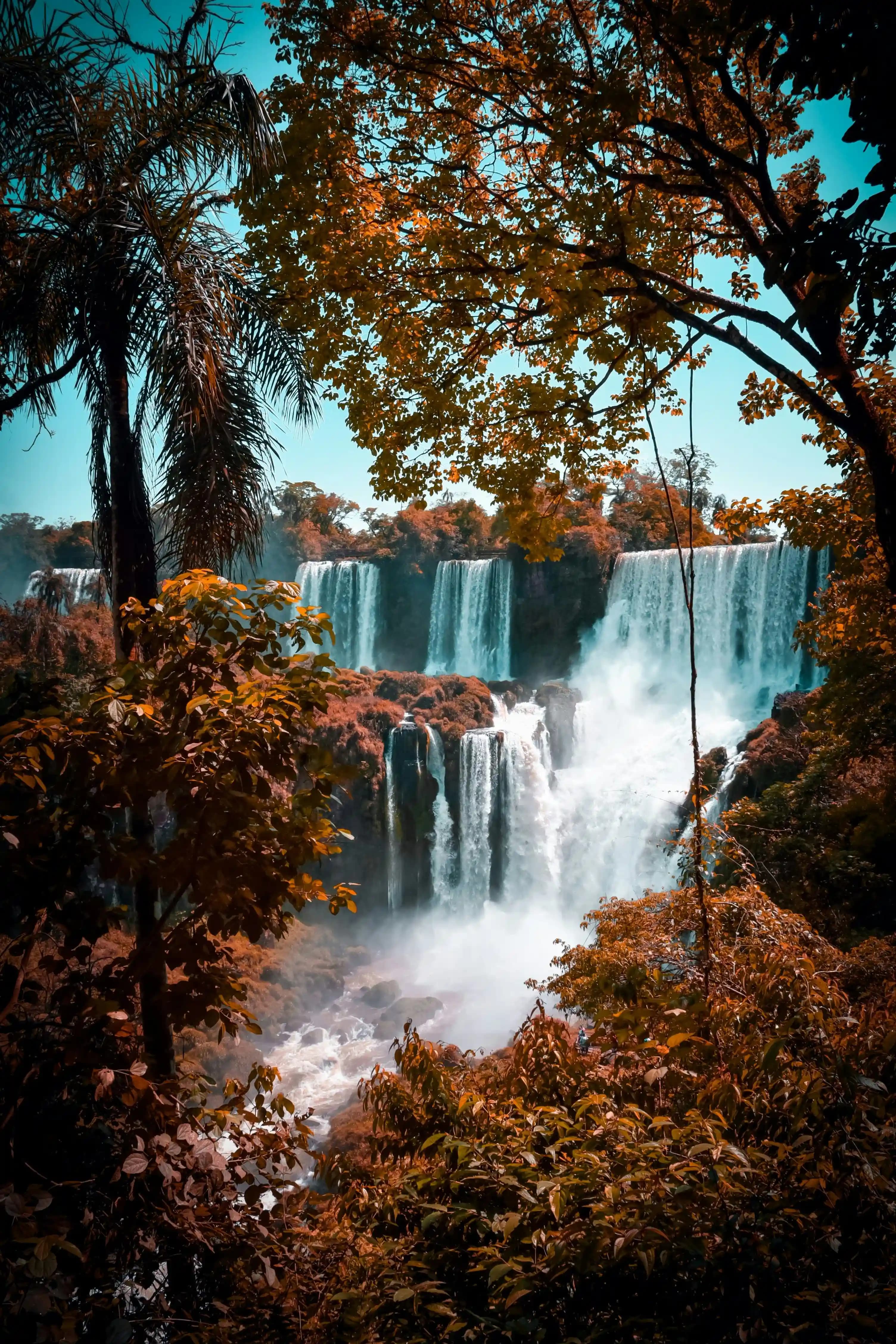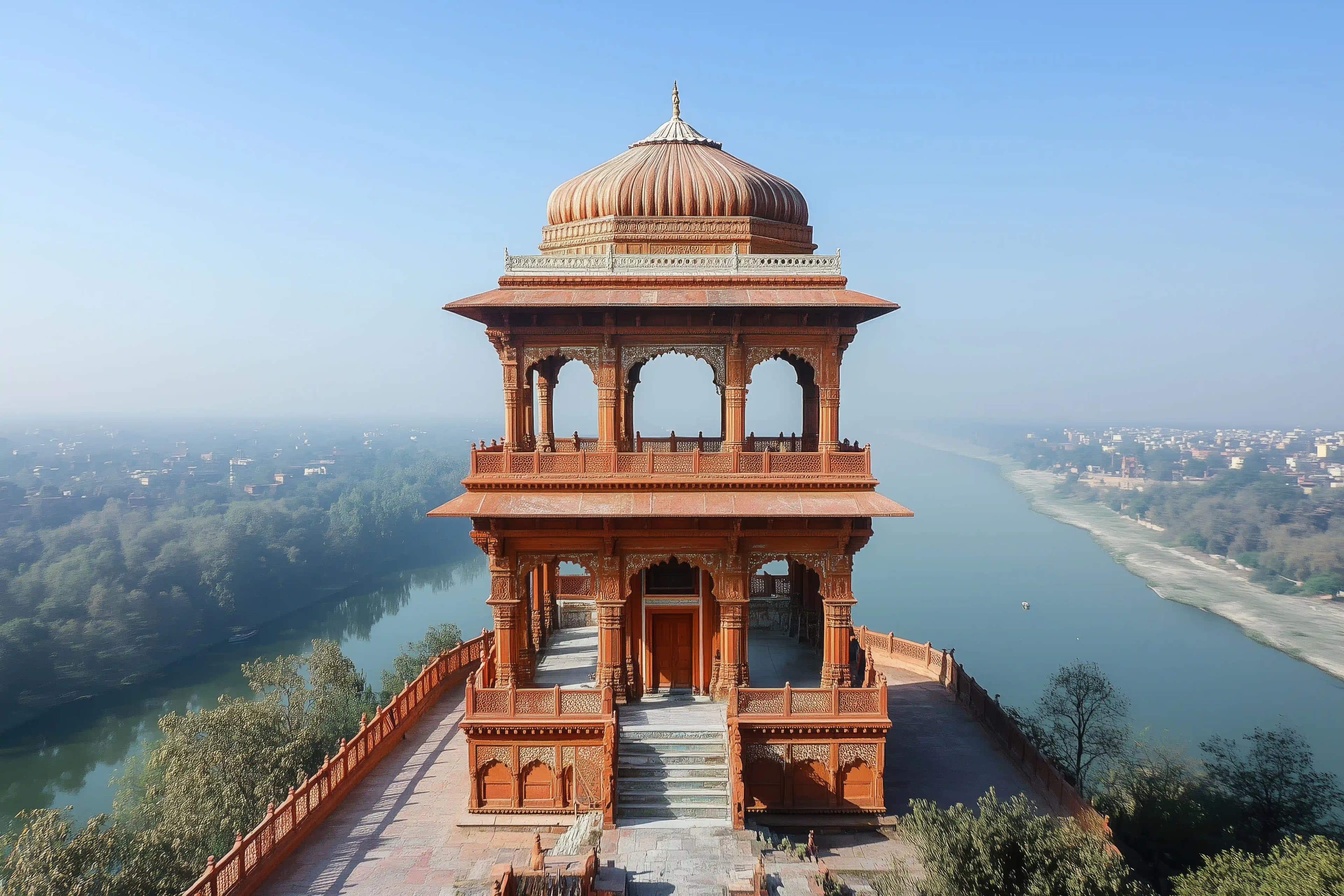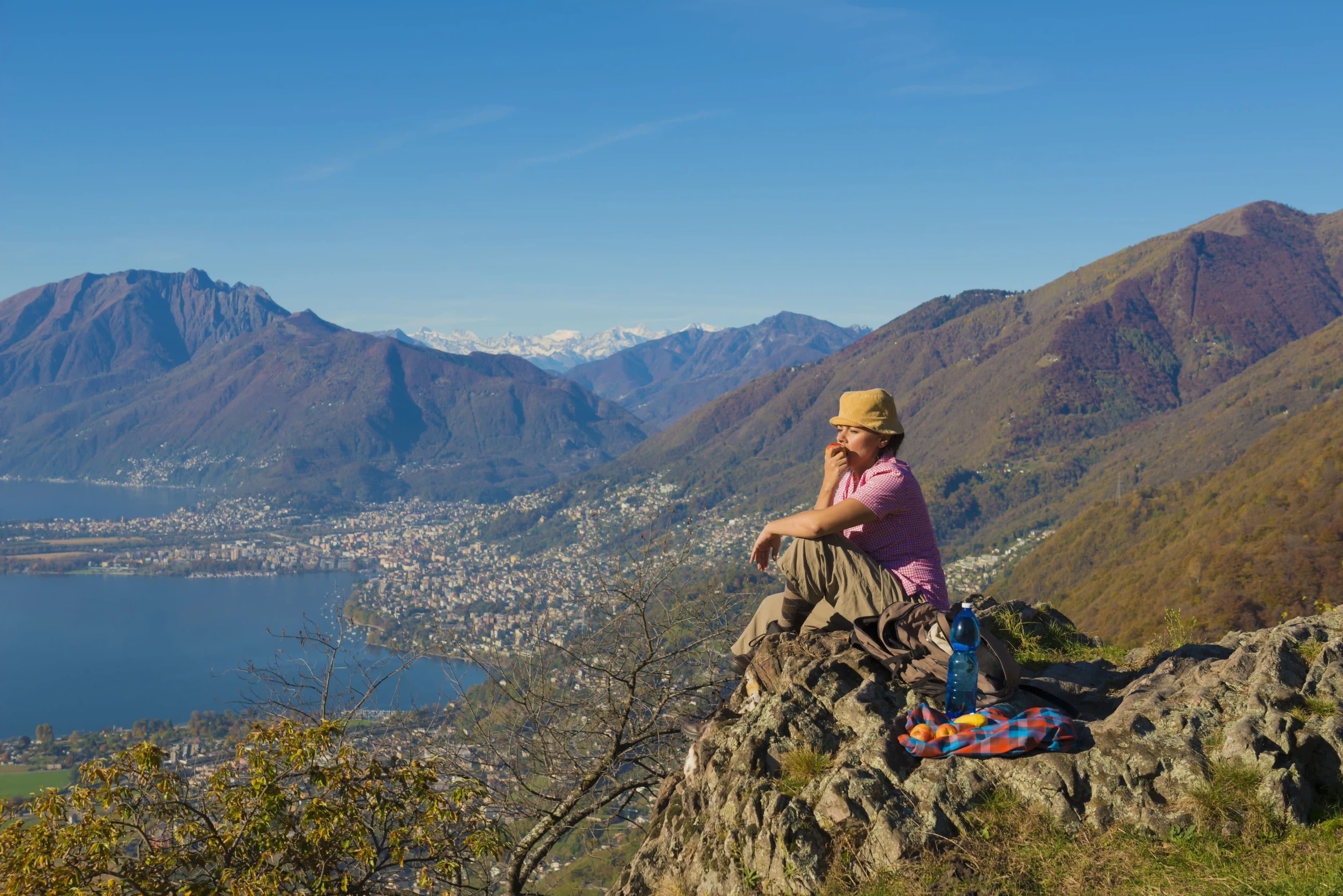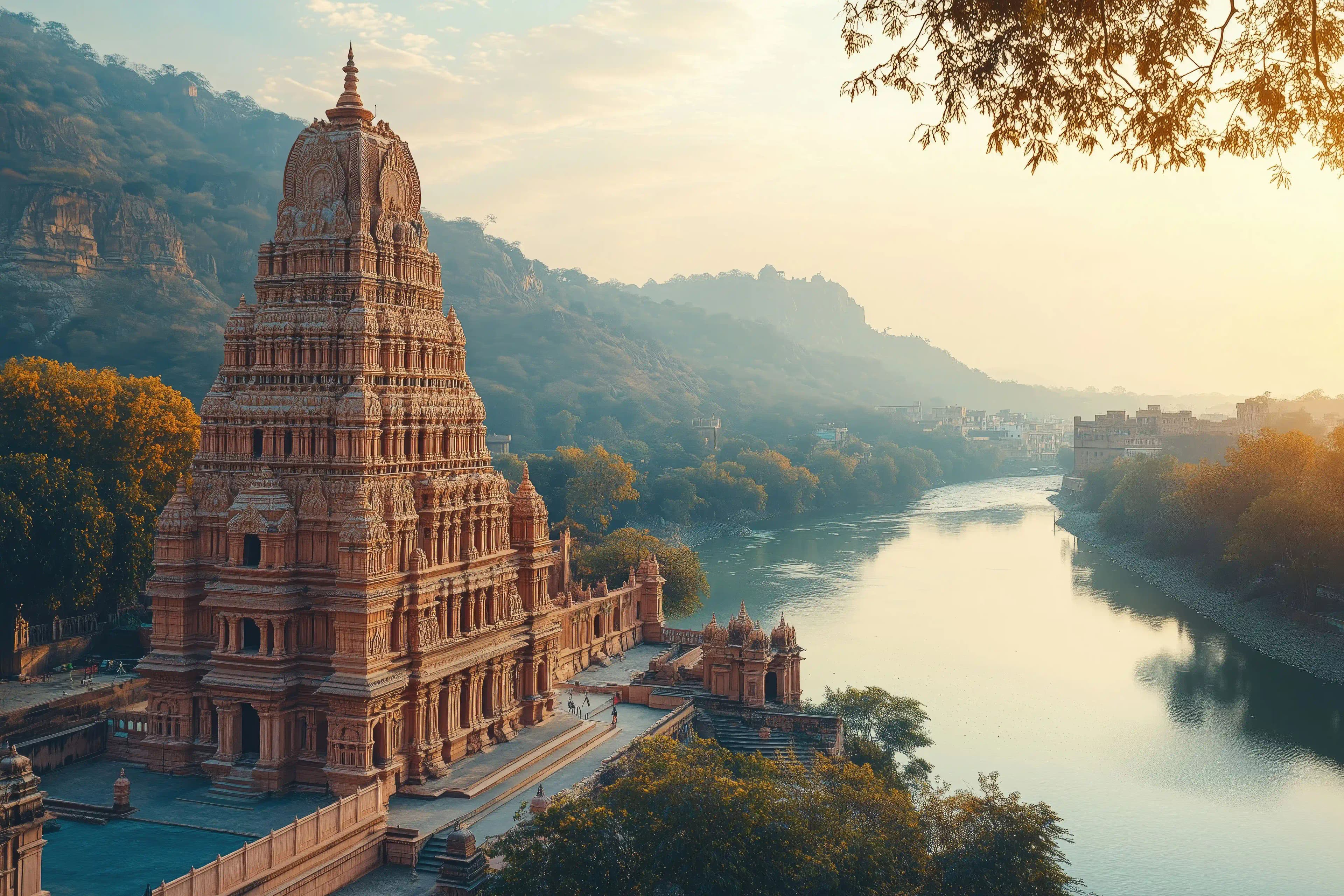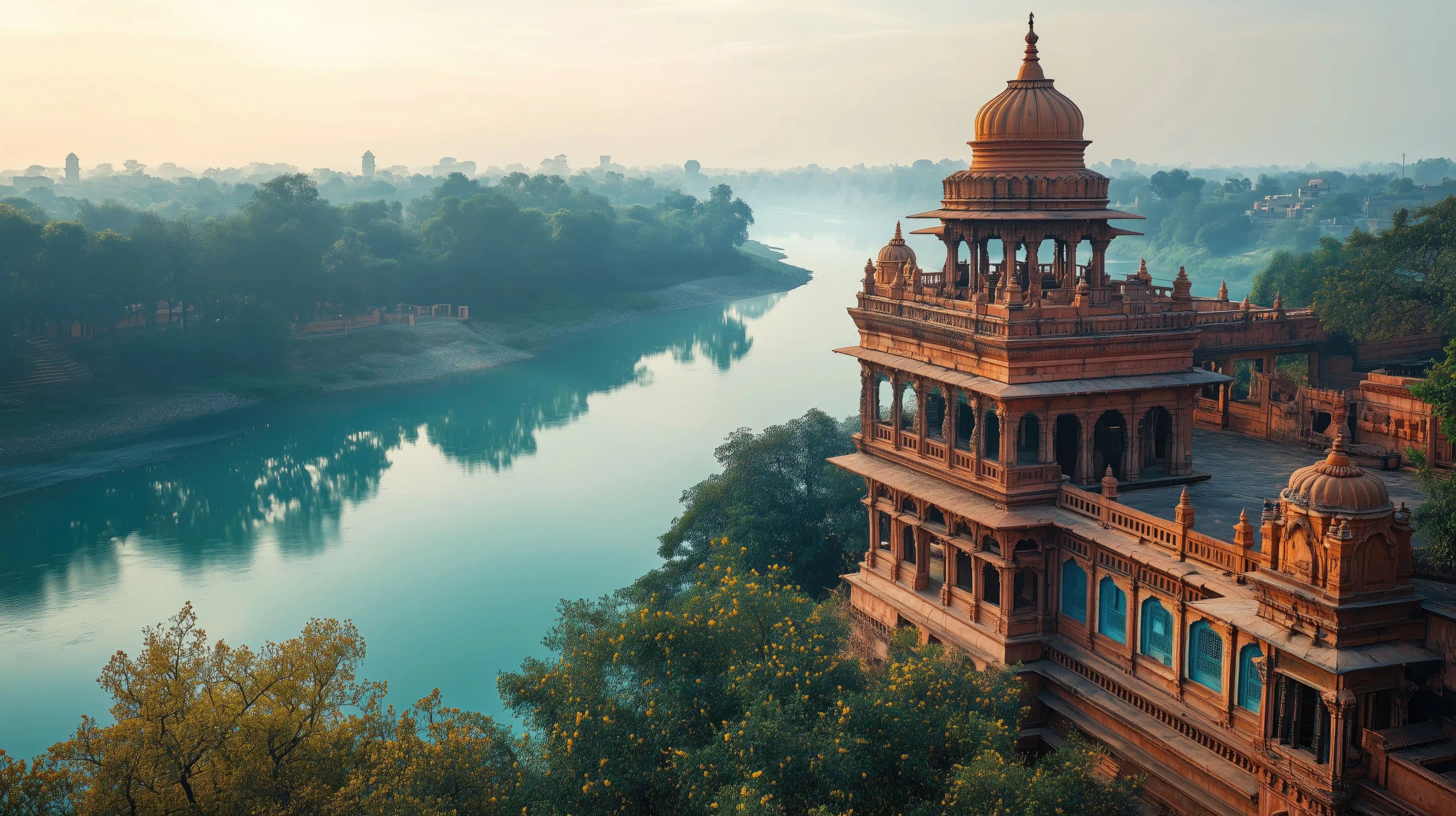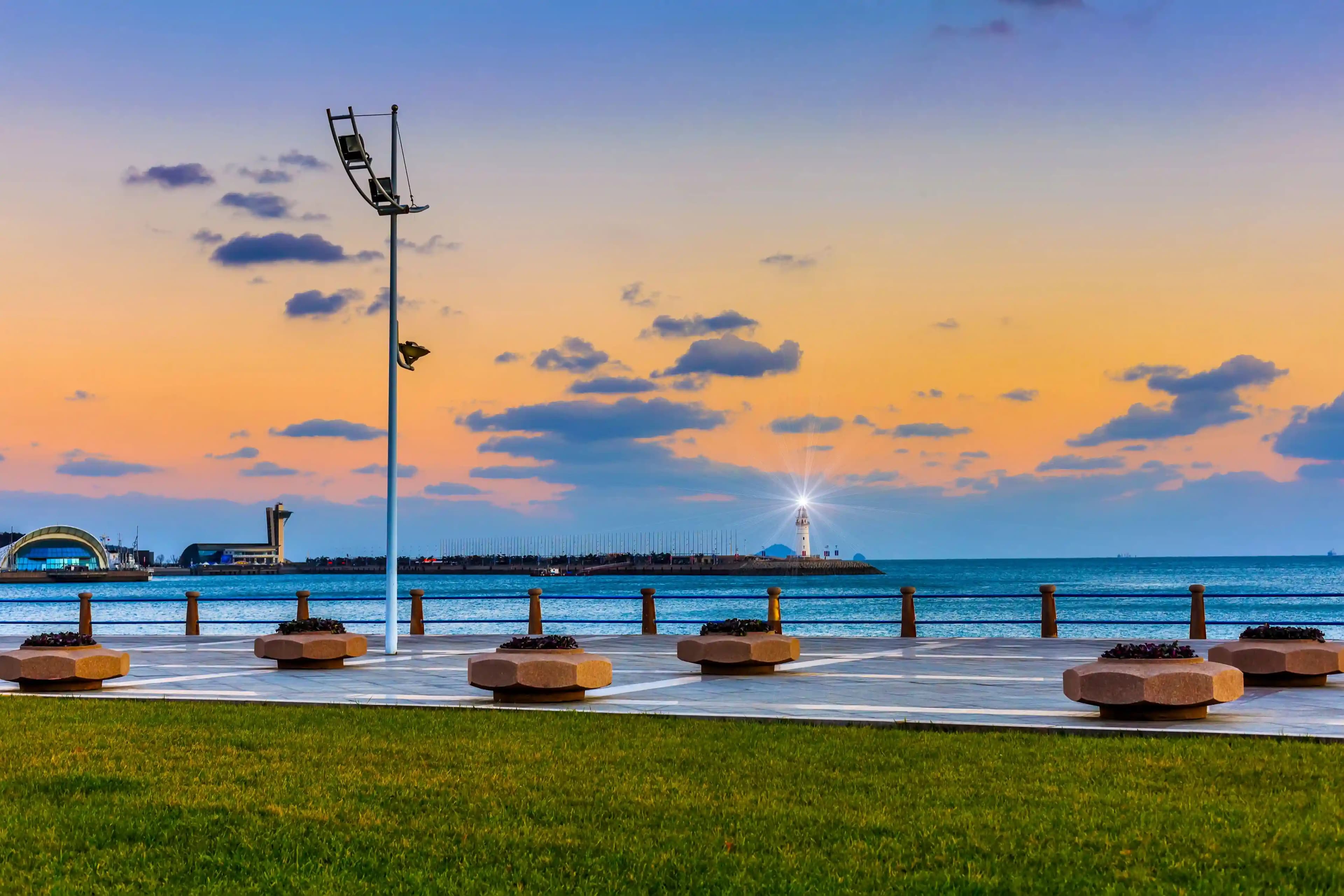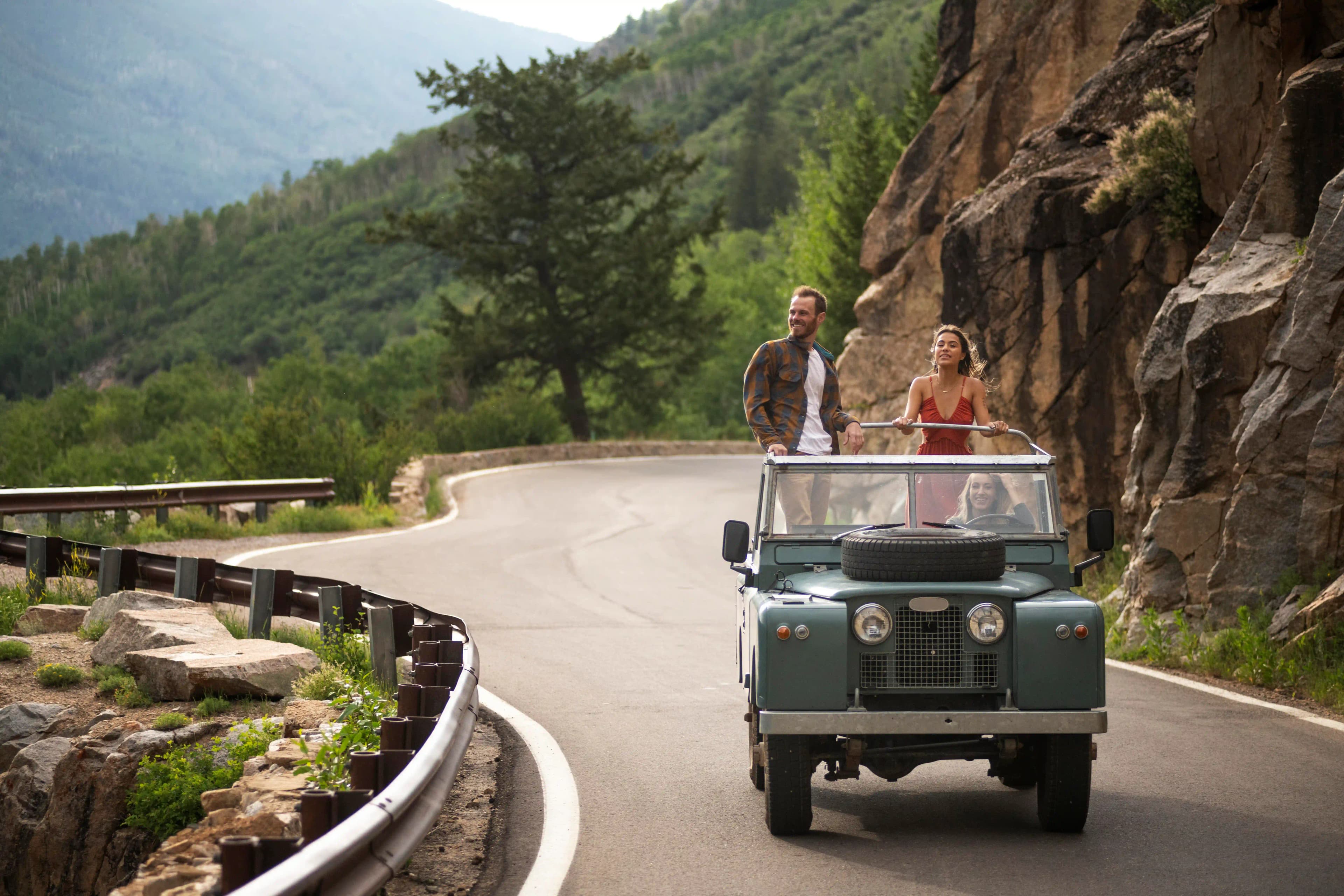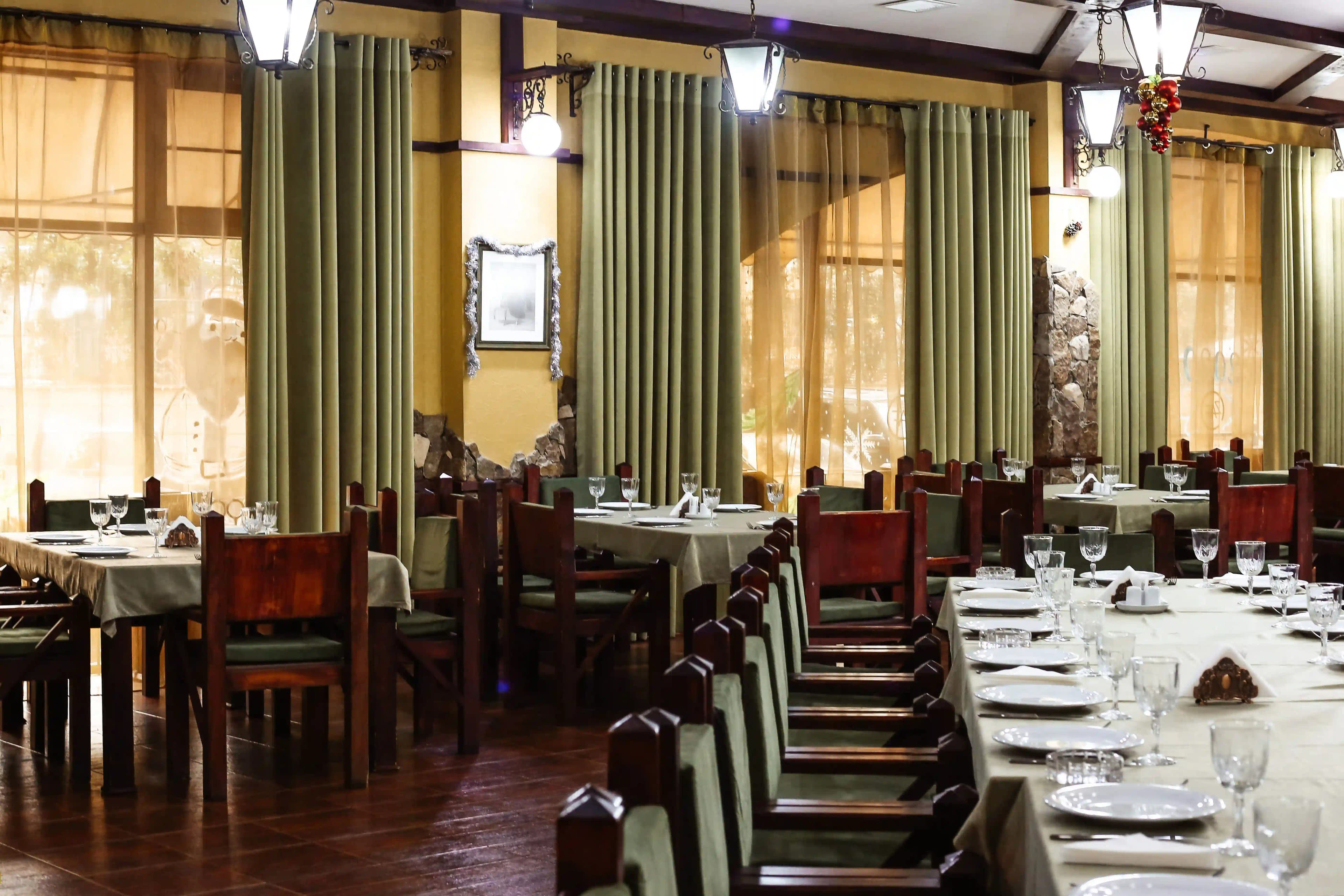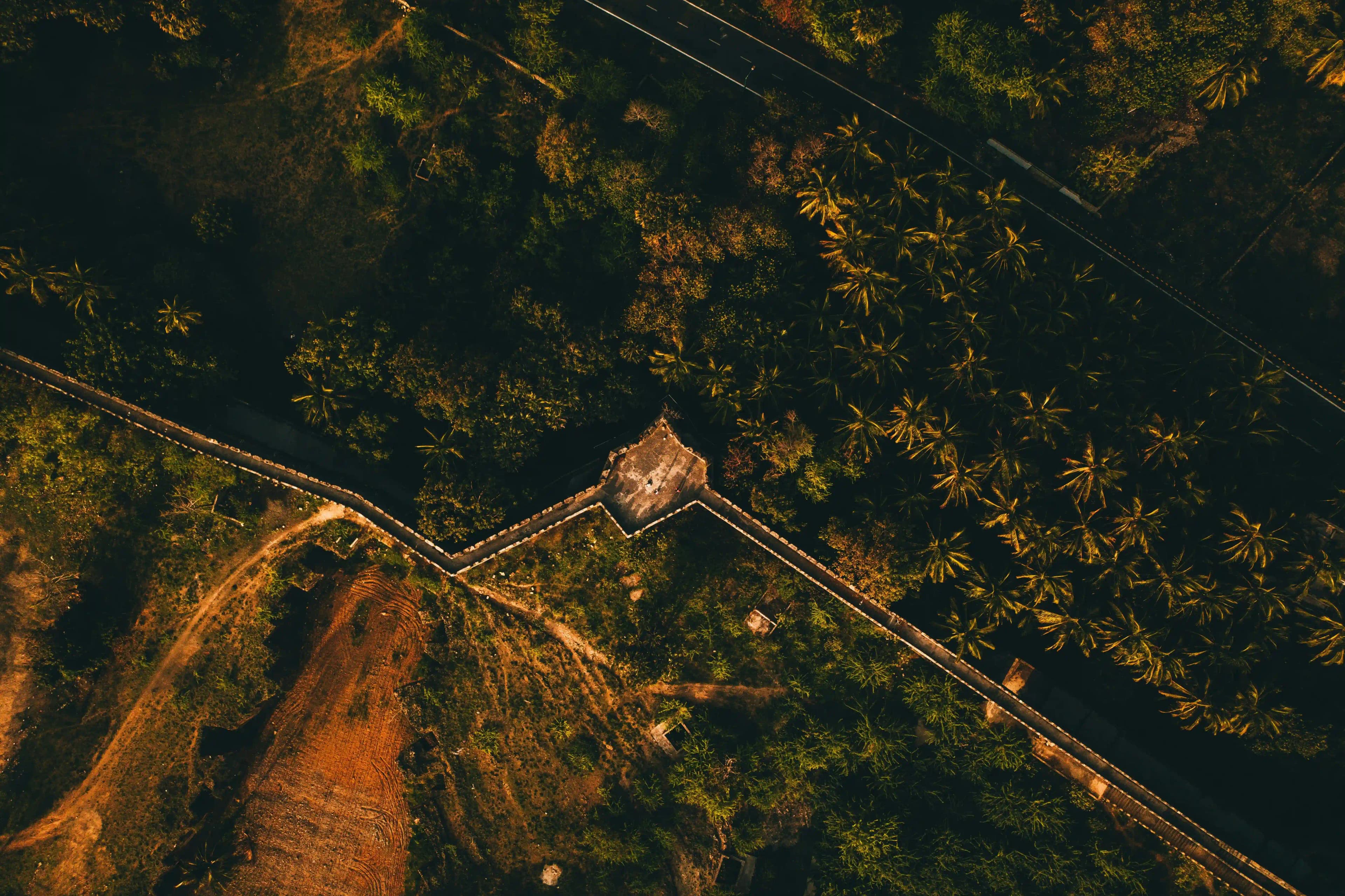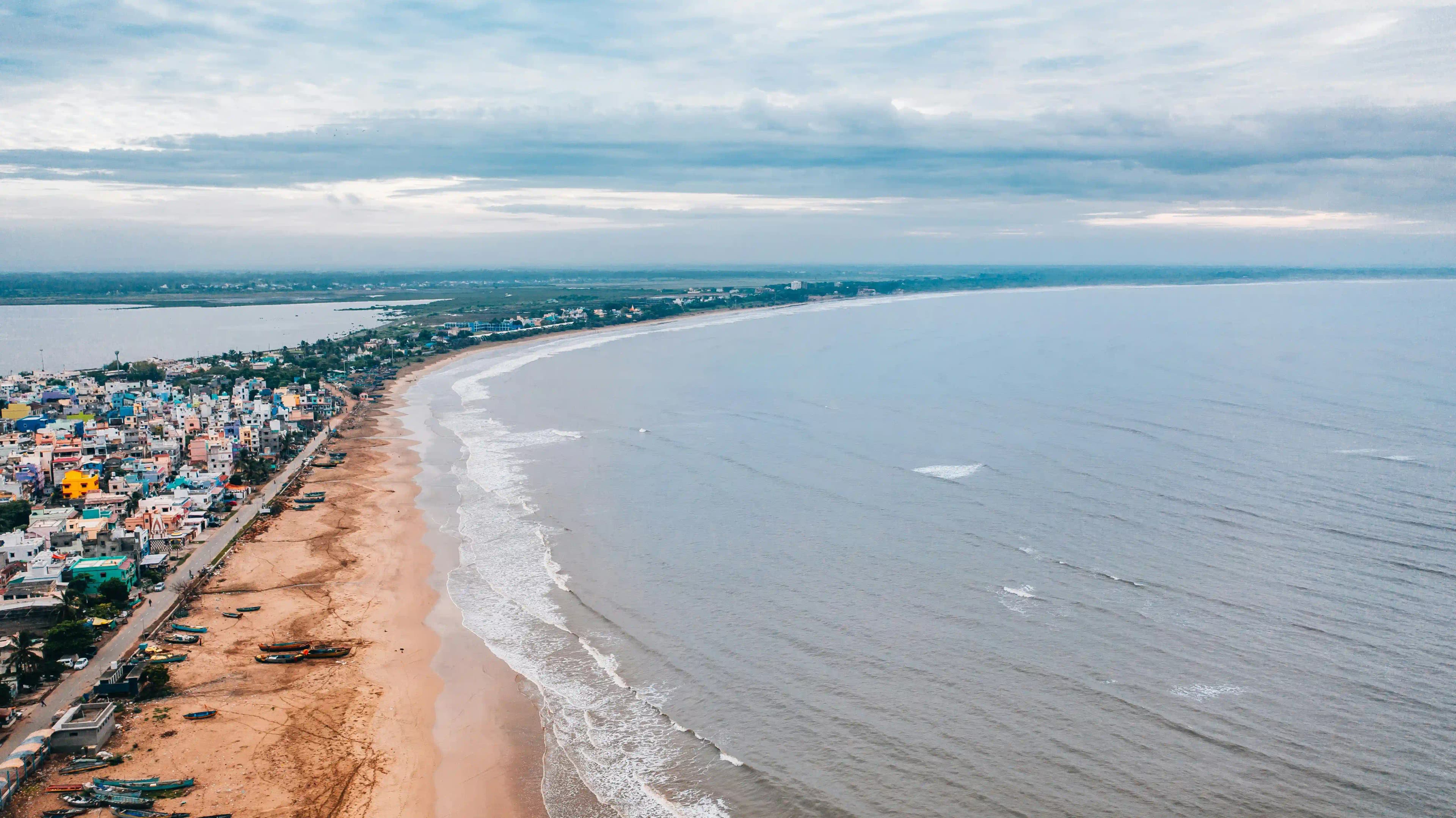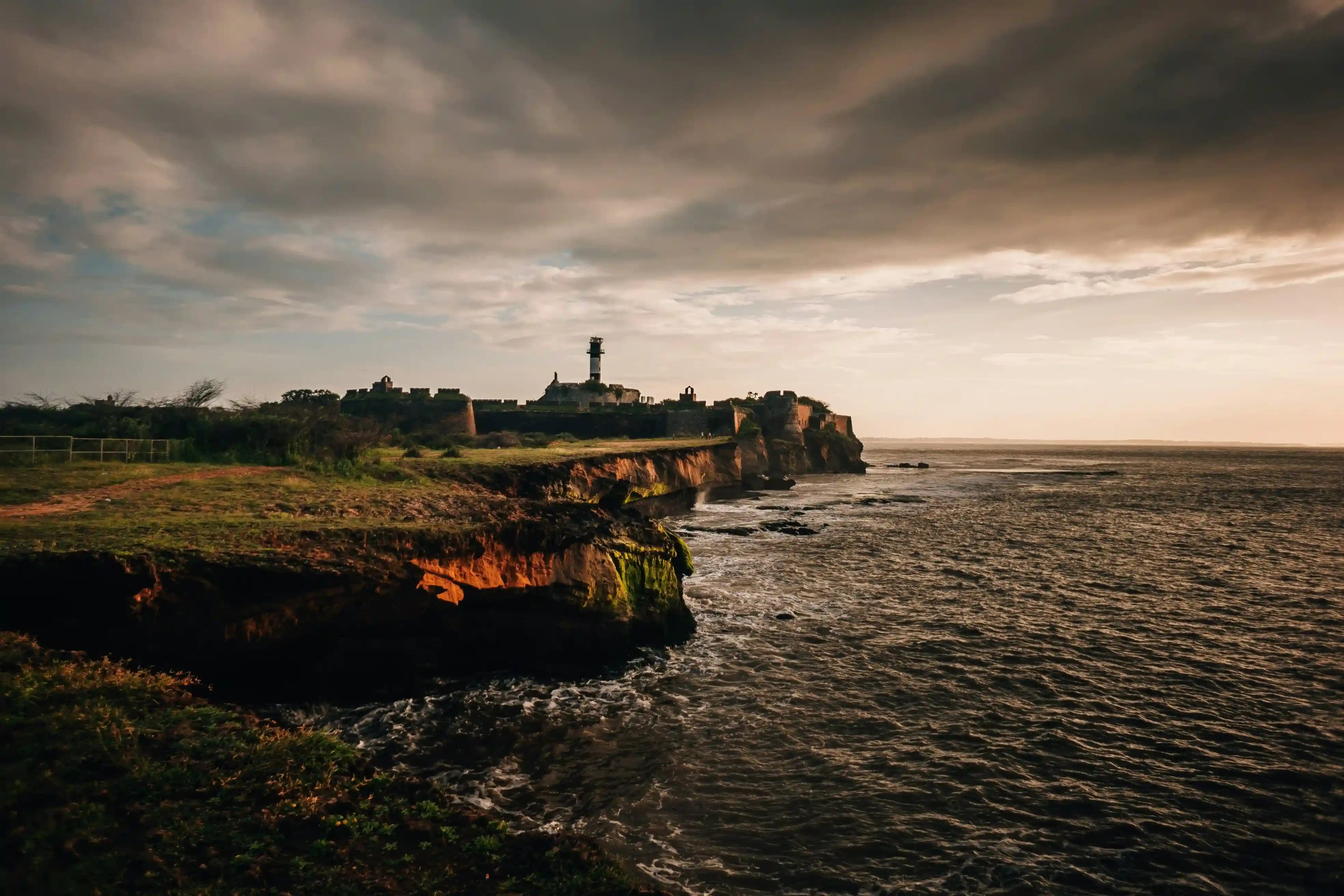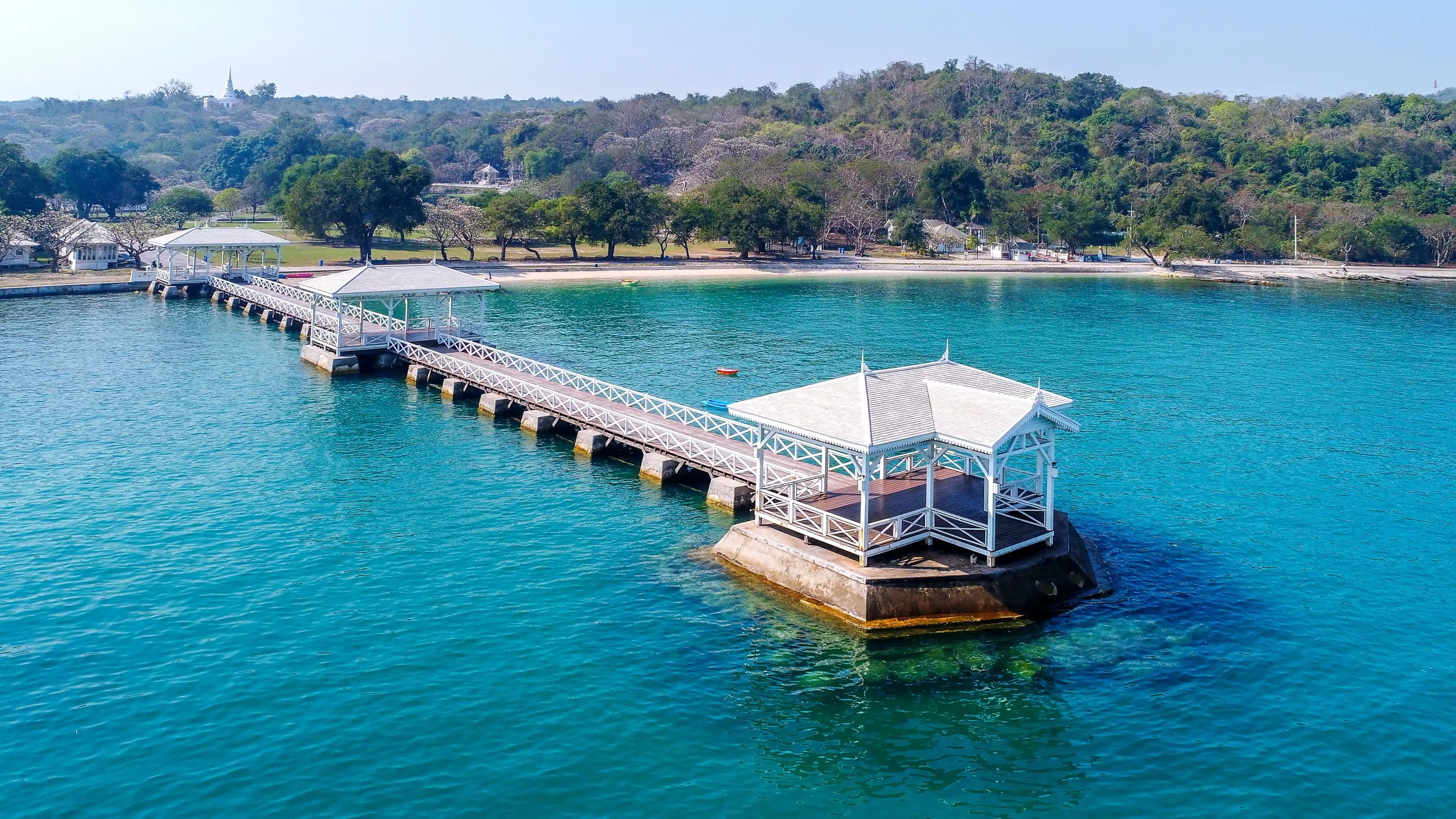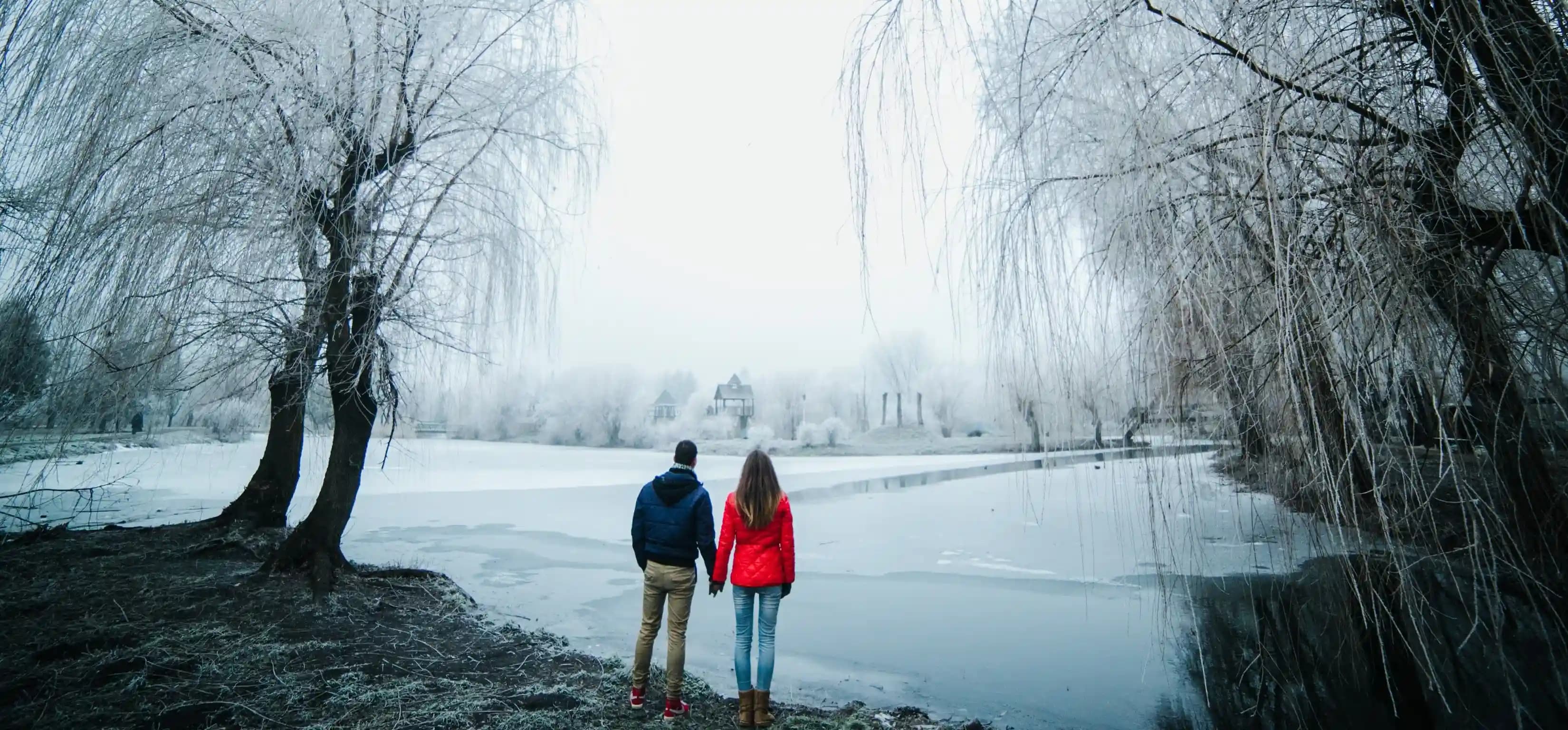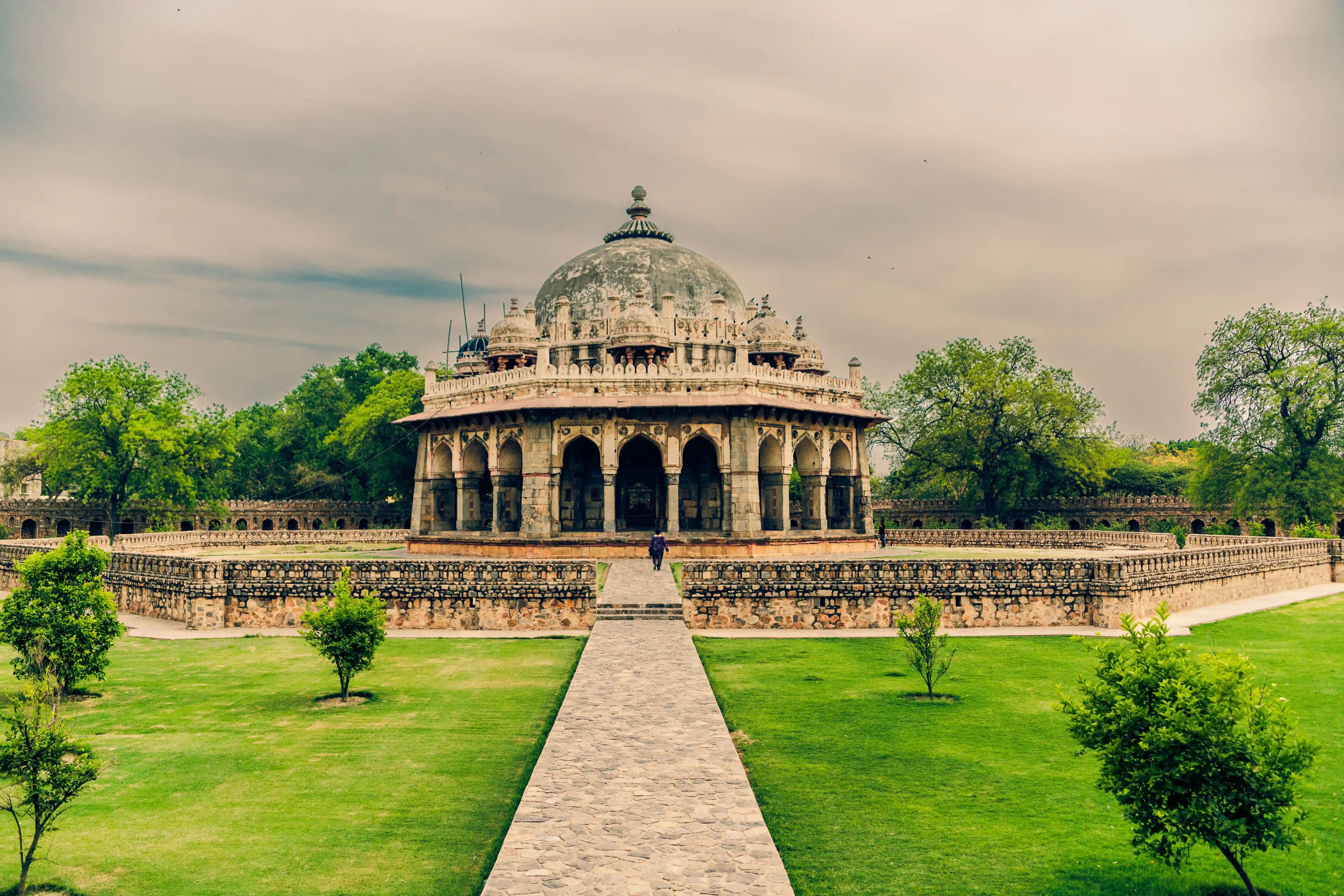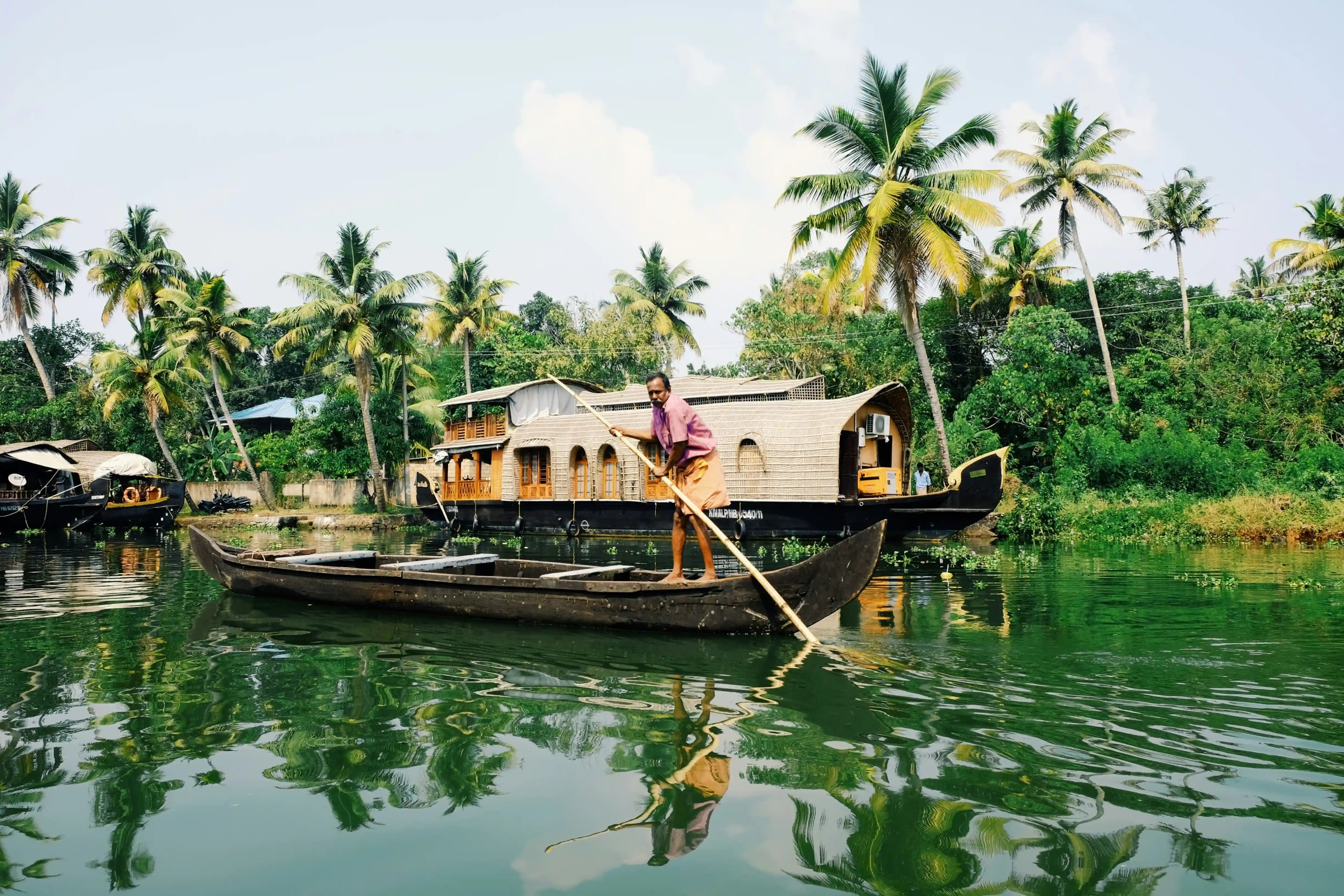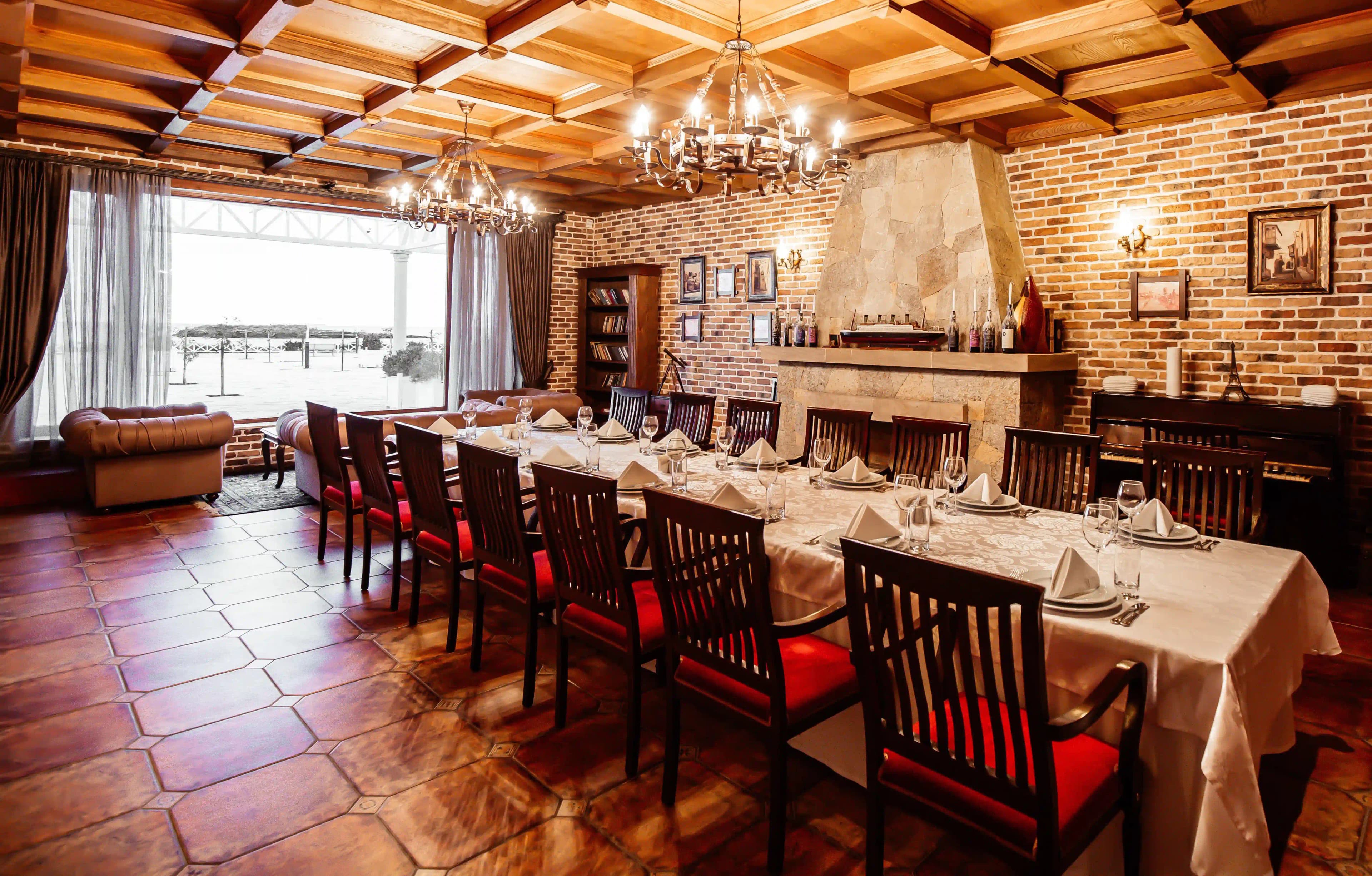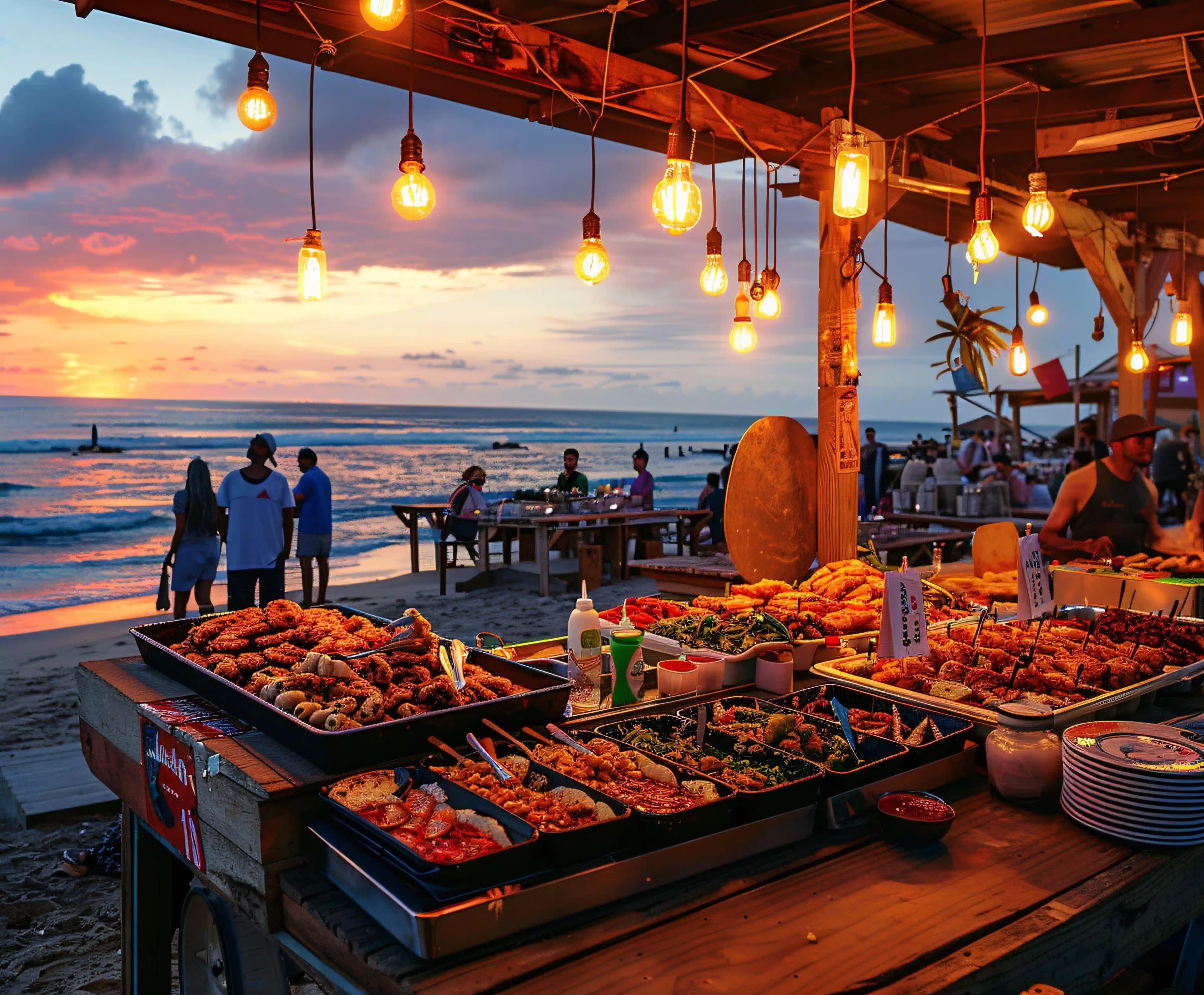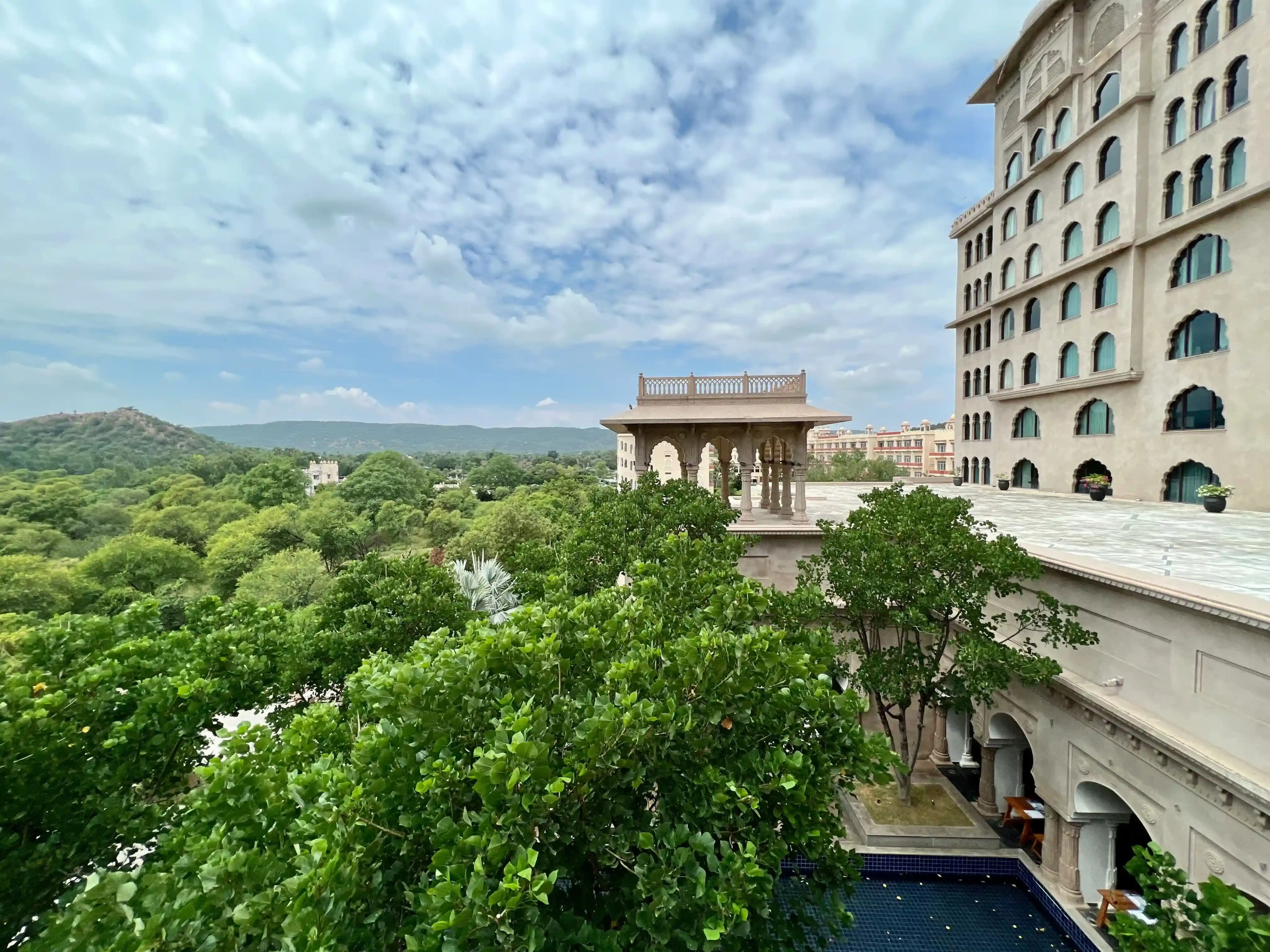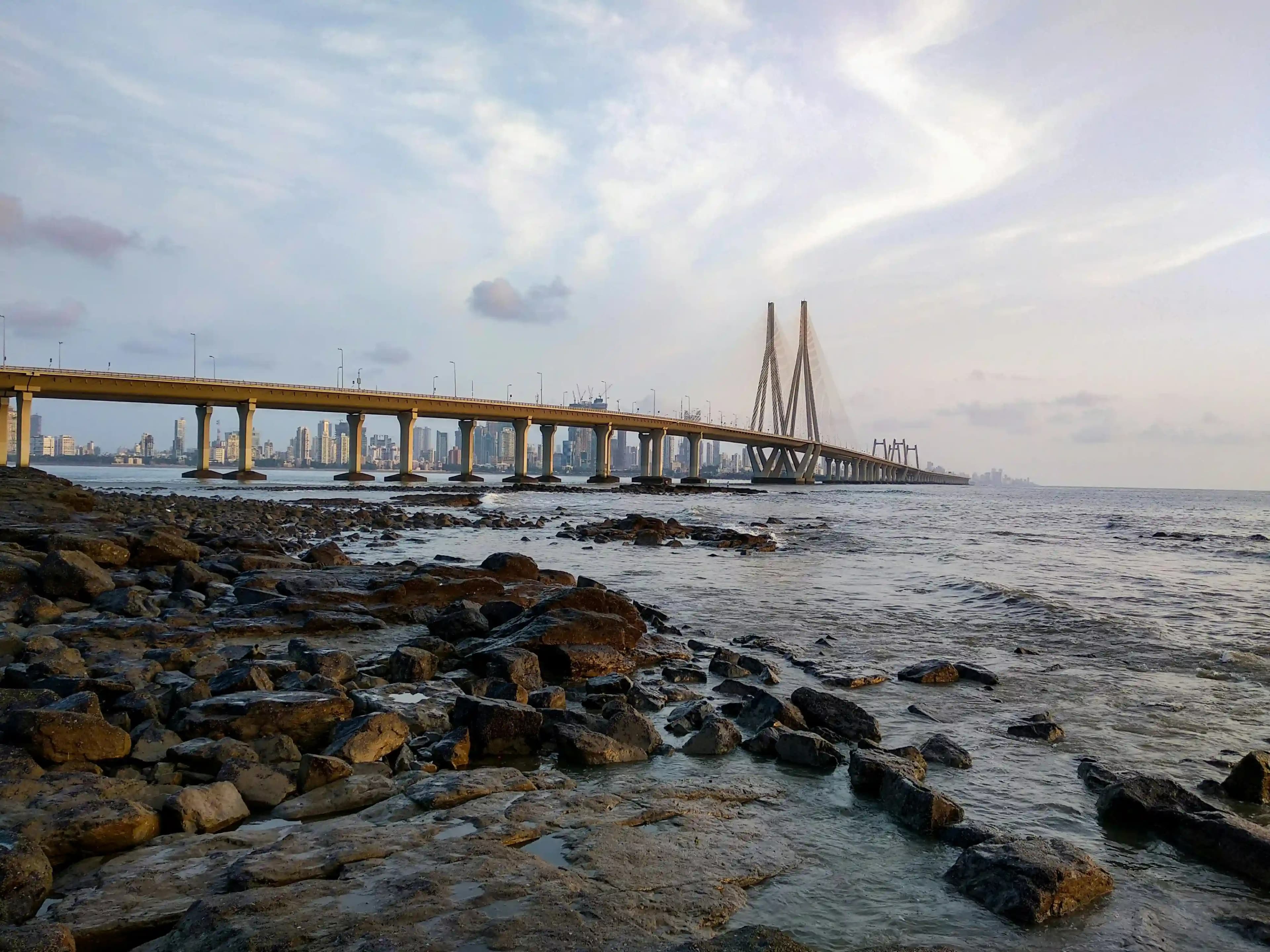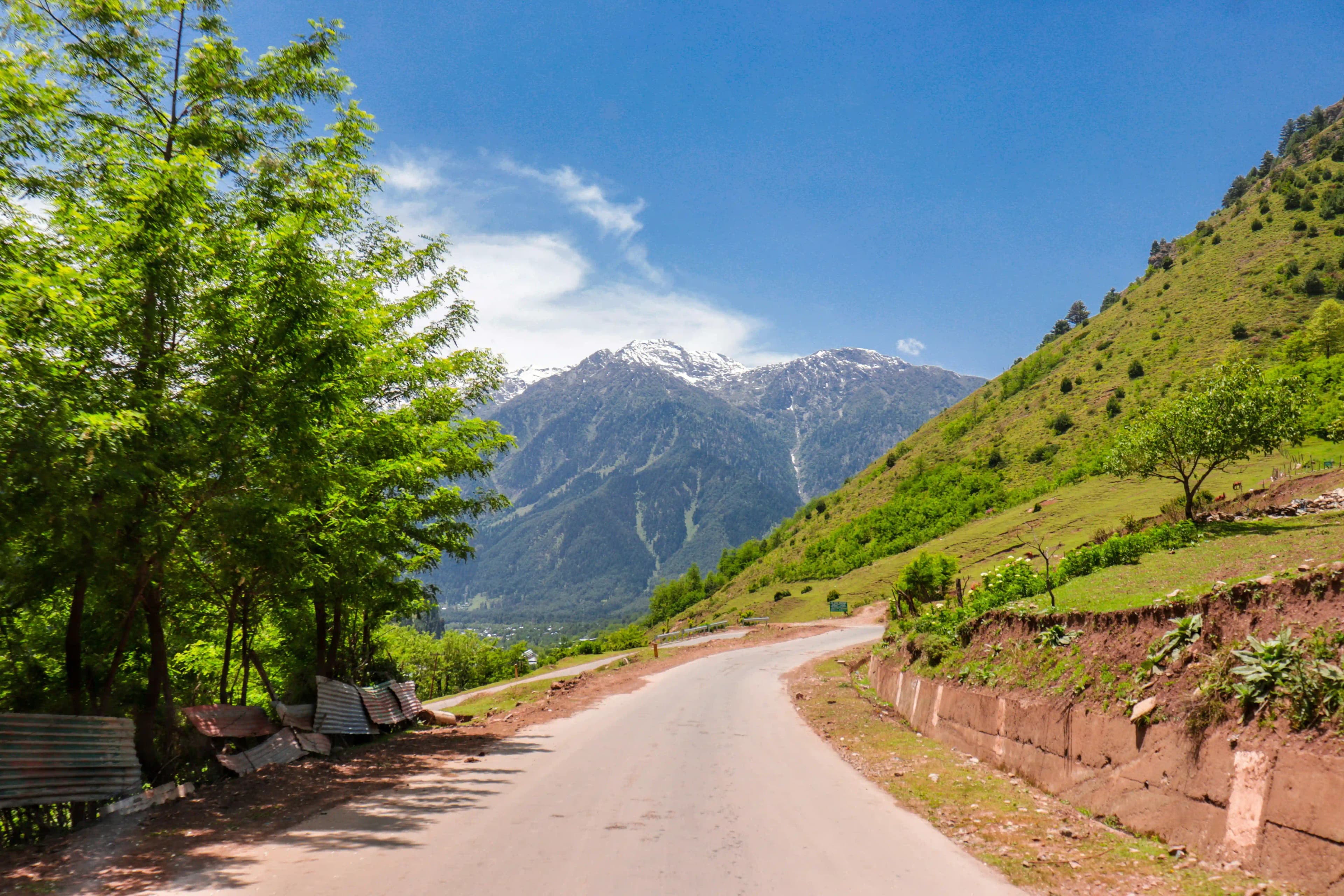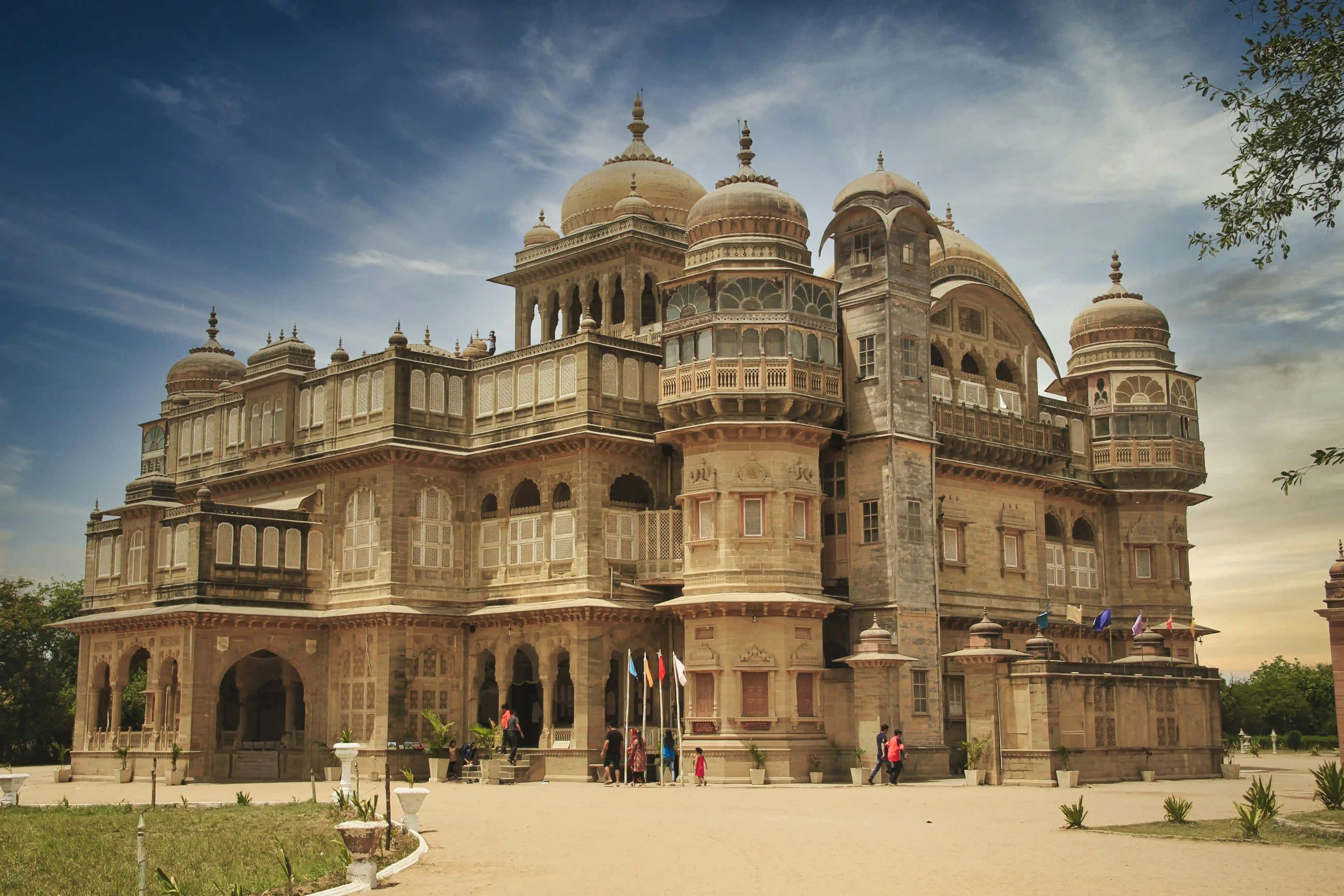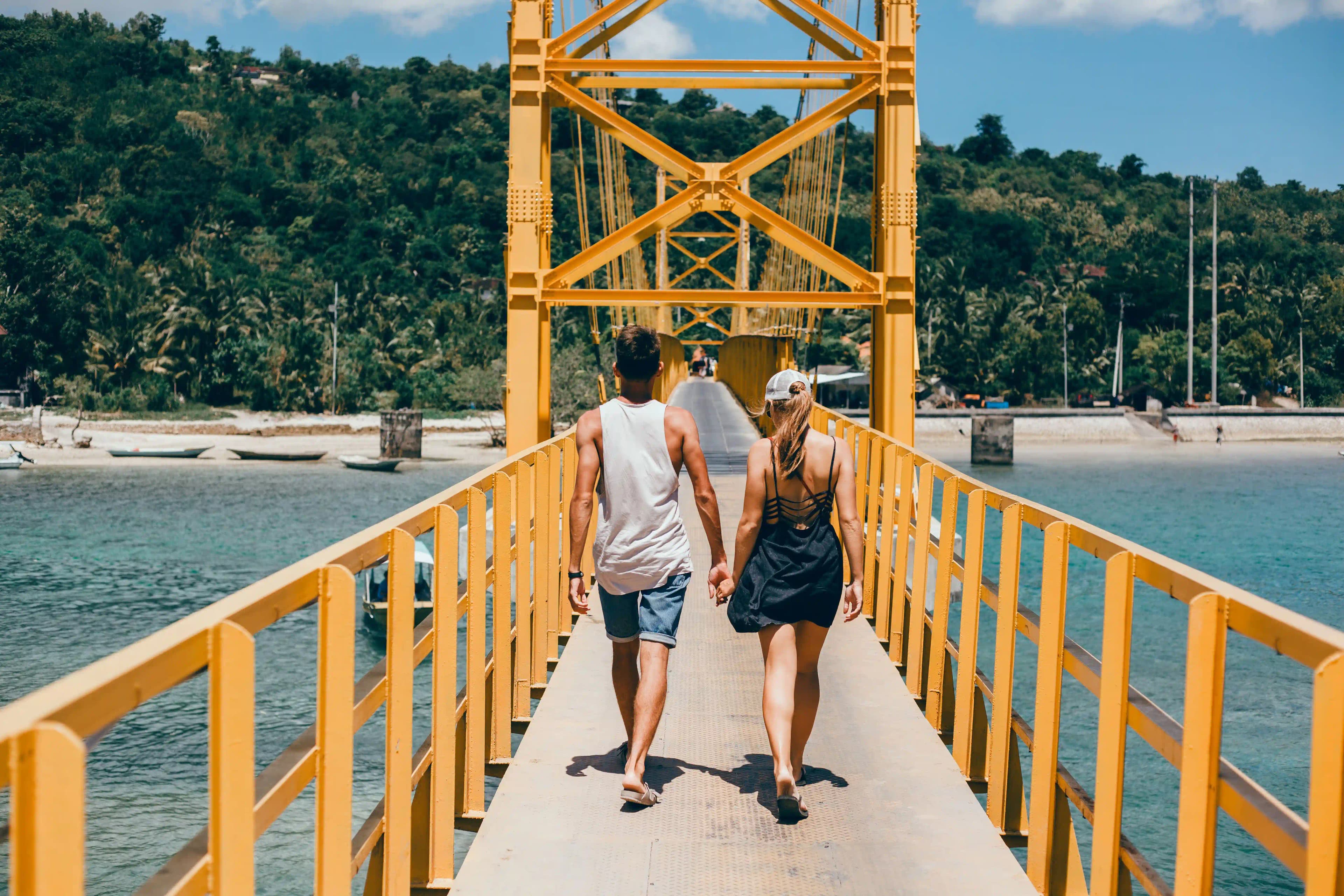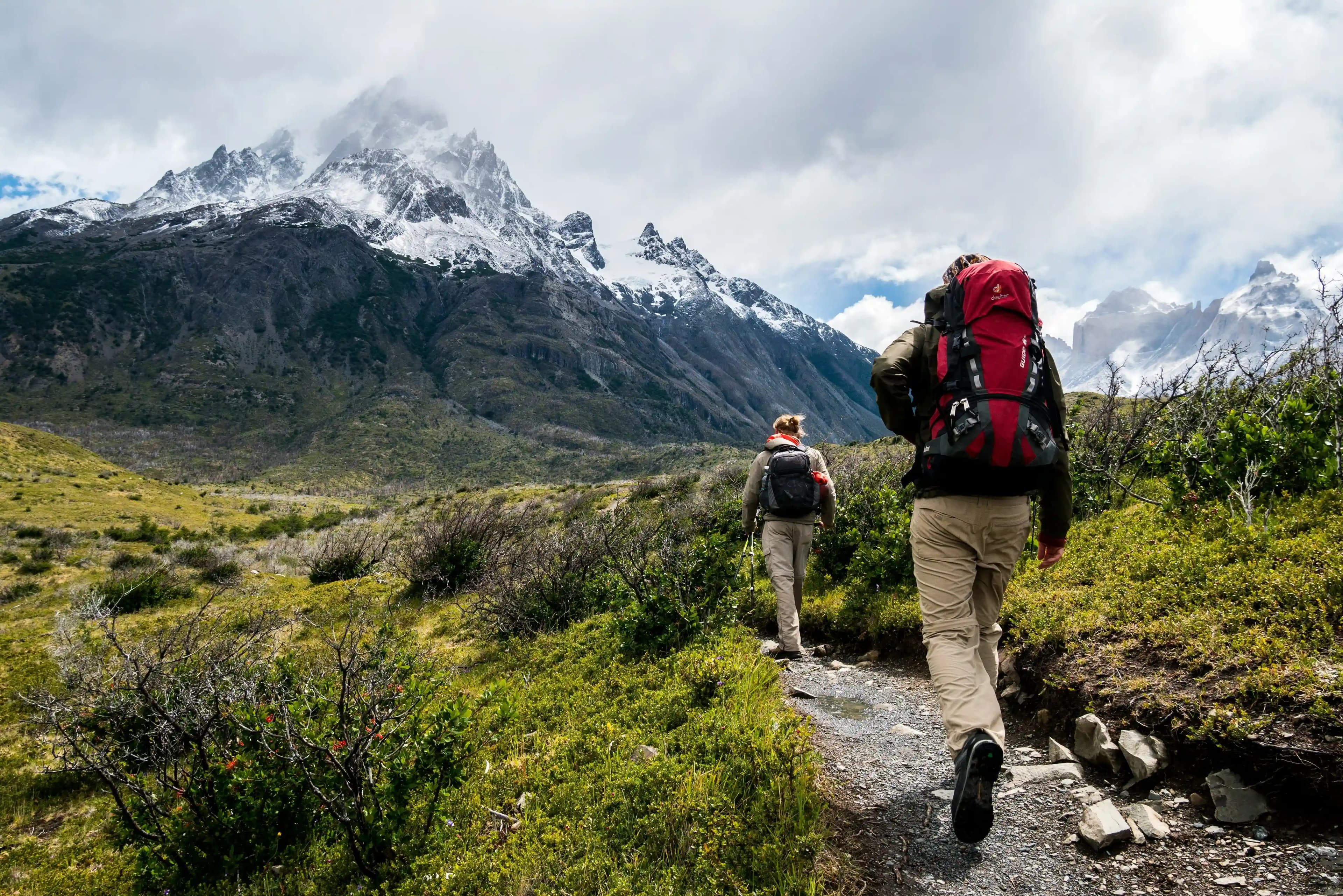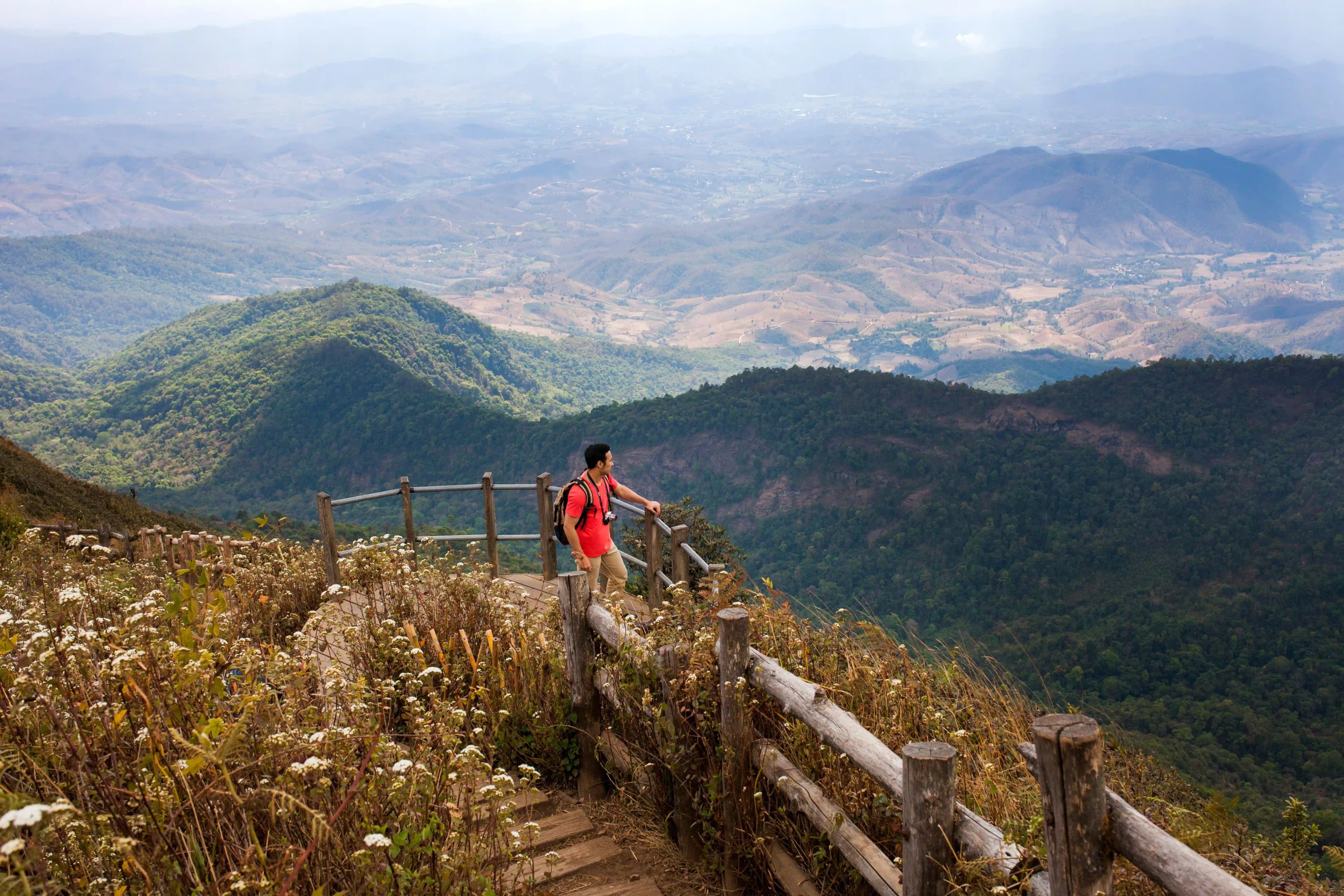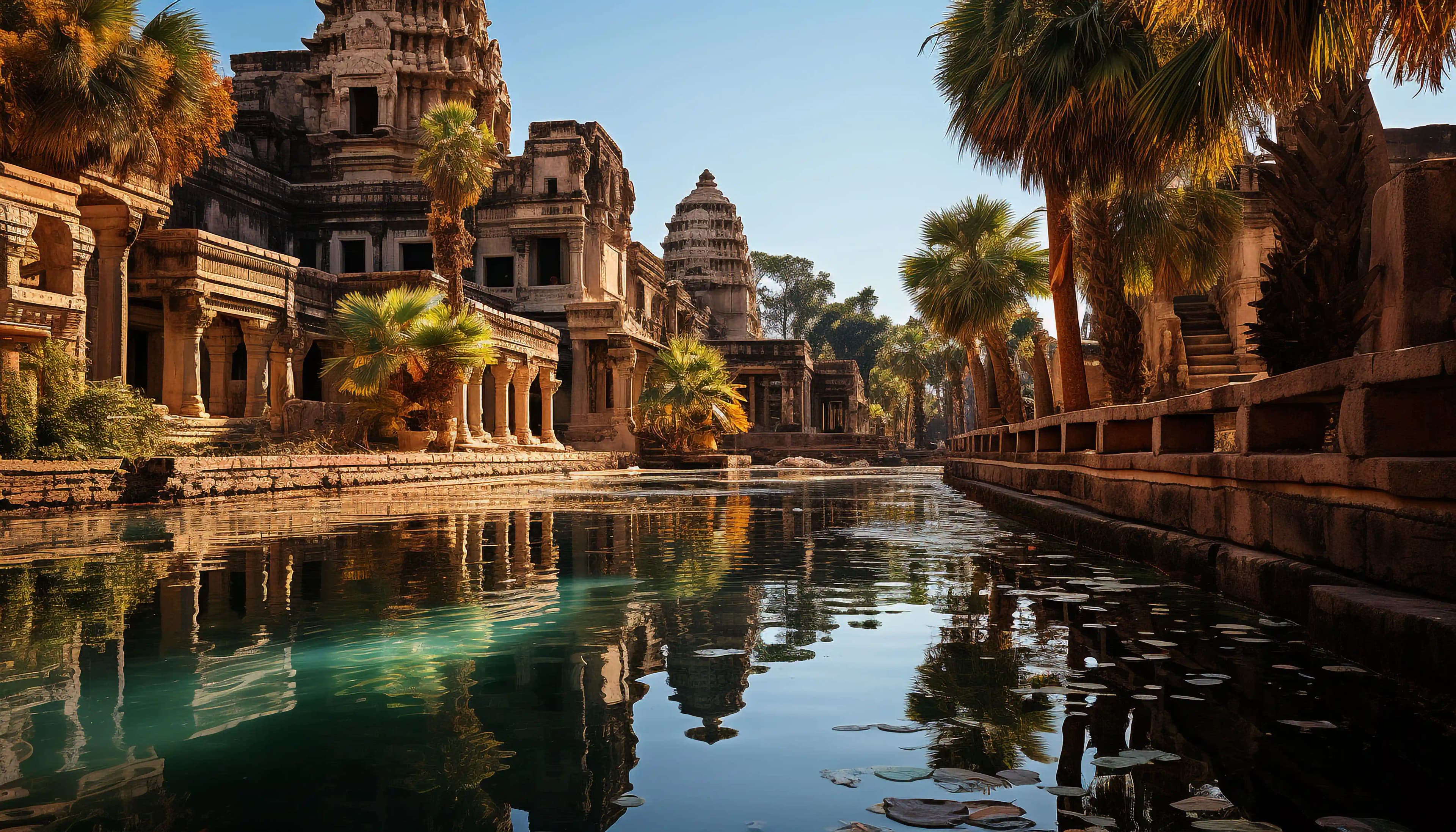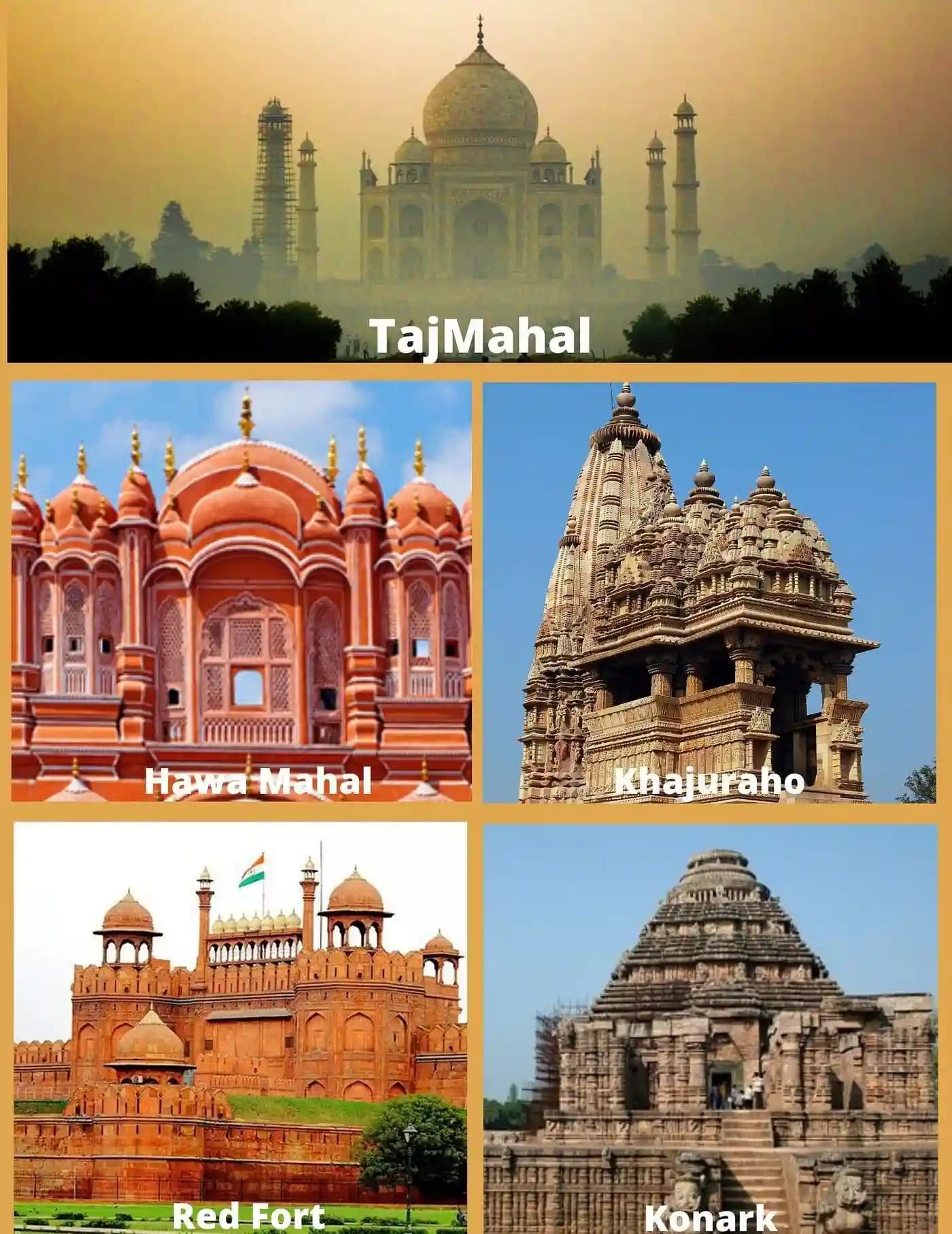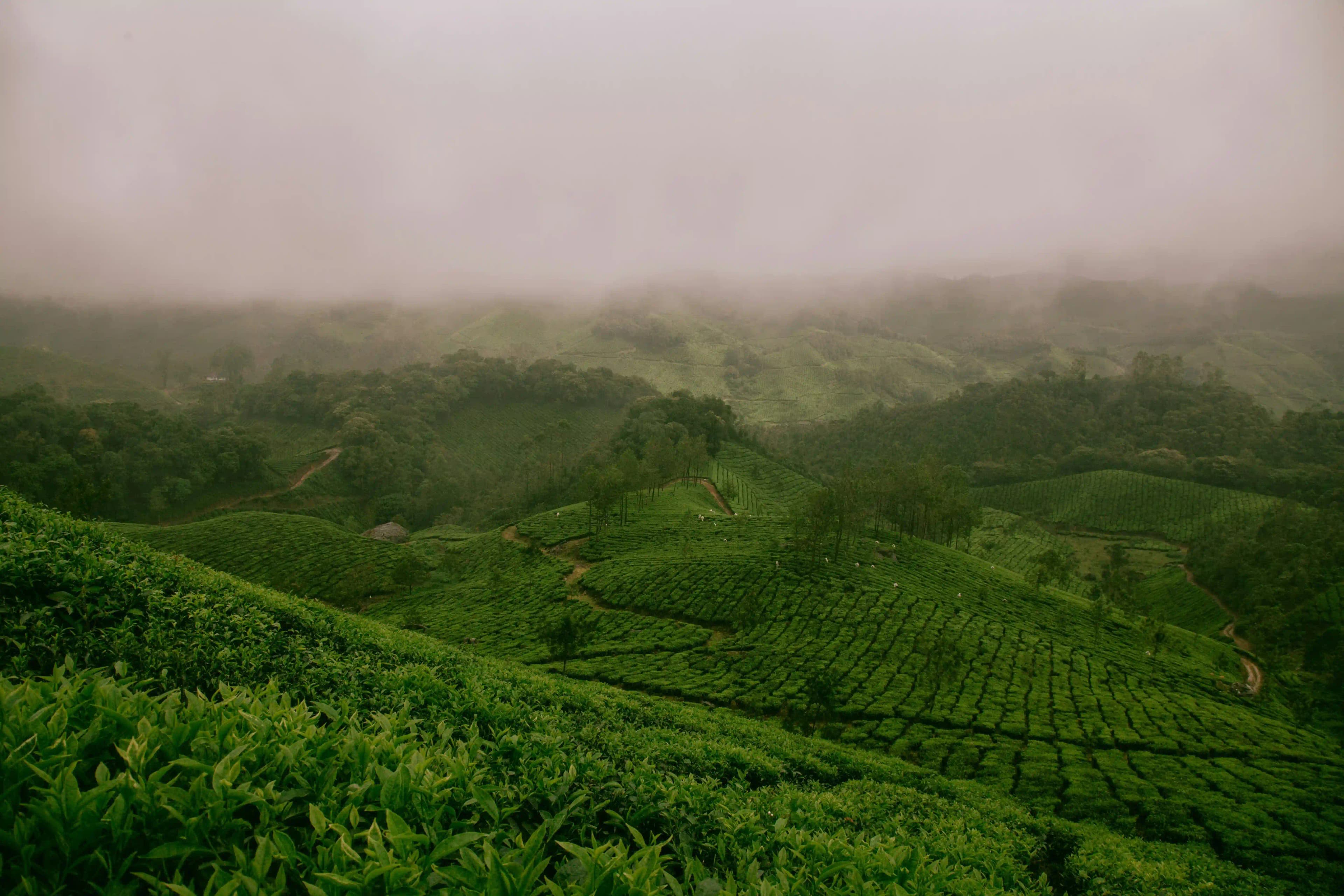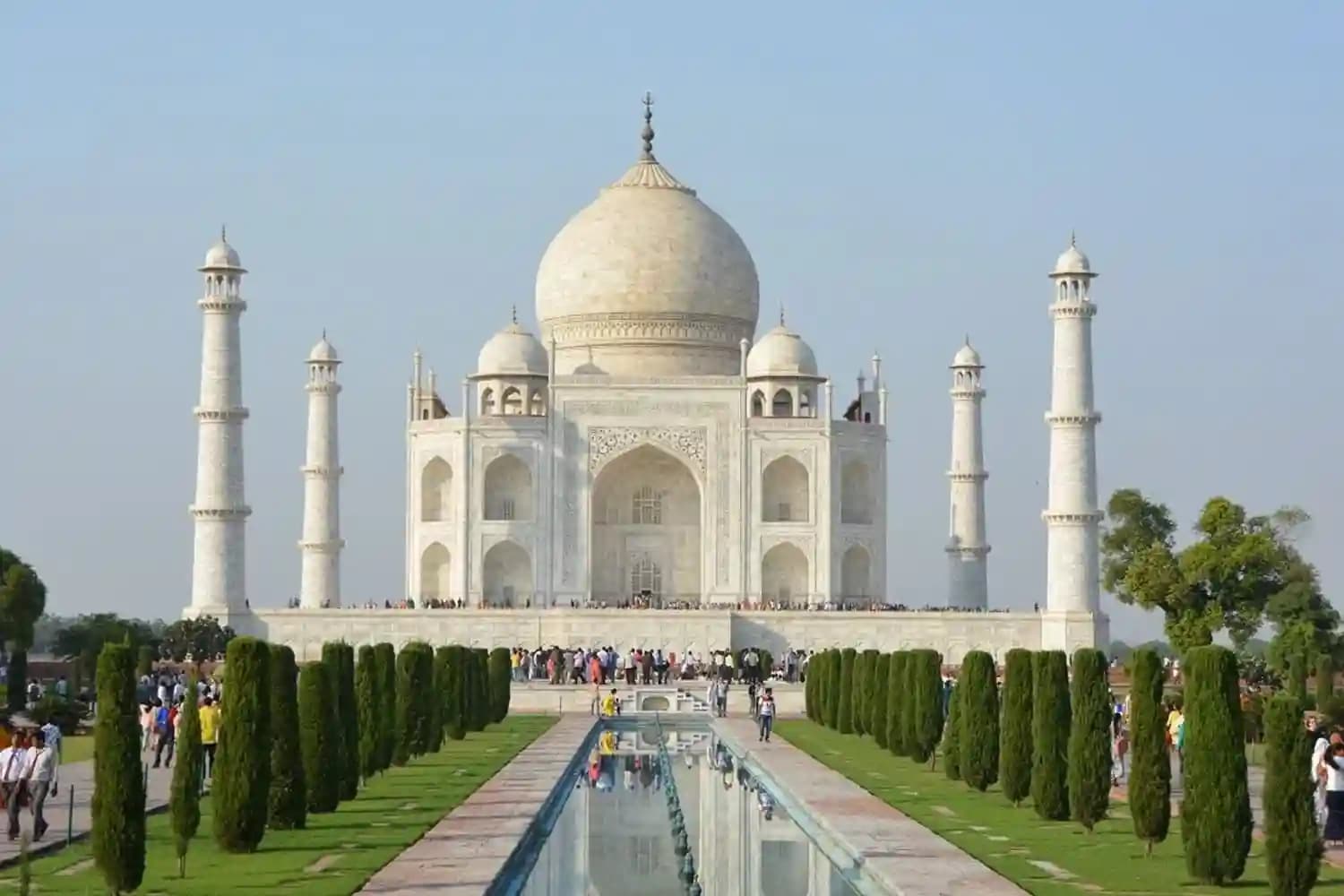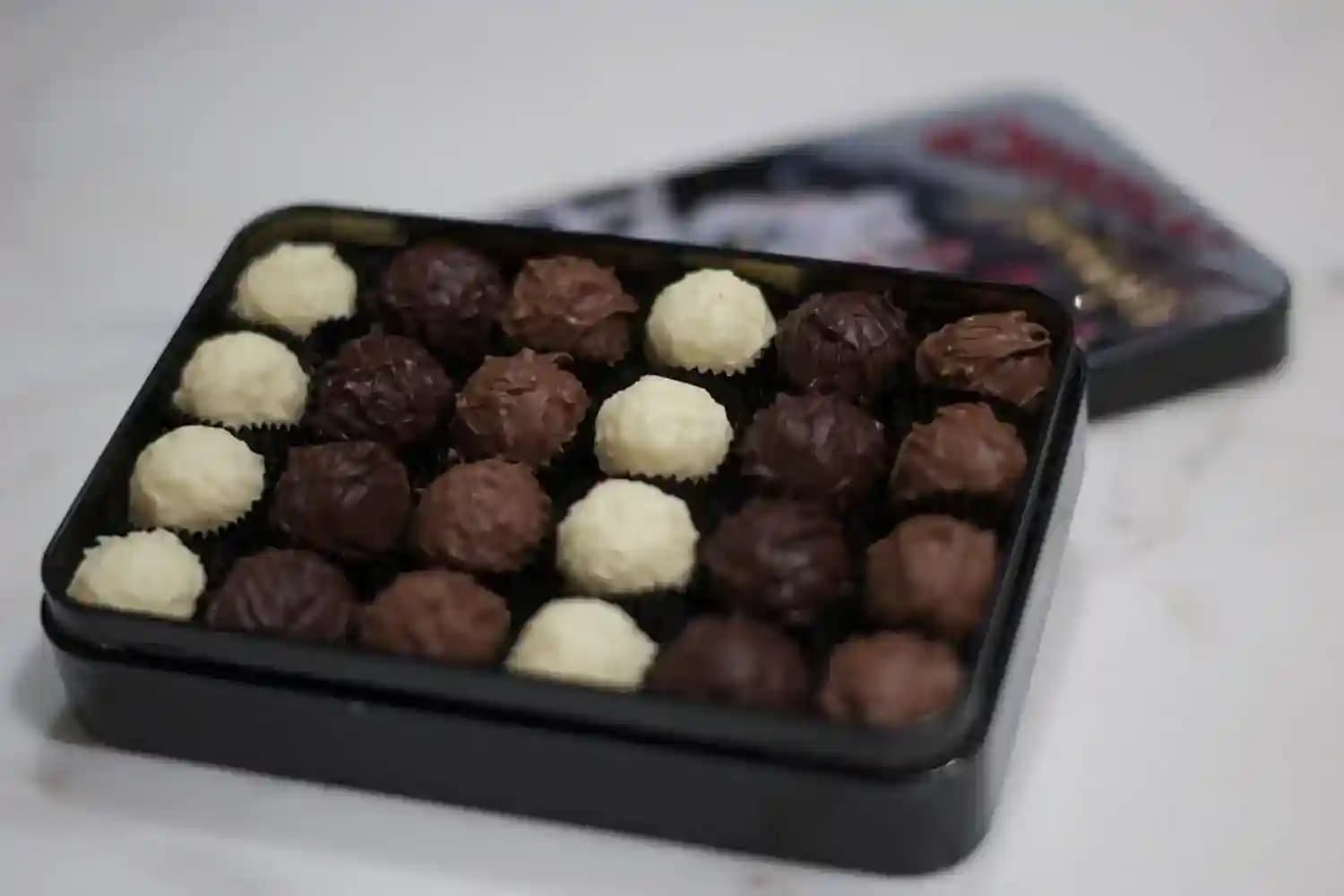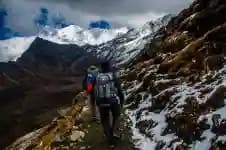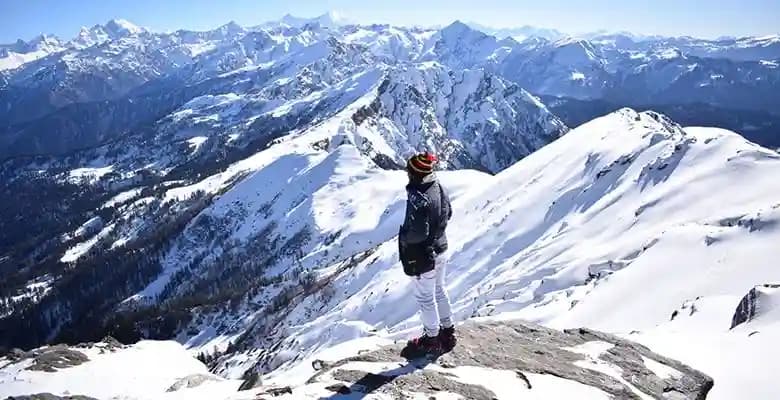Bhubaneswar, referred to as the "Temple Town of India," is a charming mixture of history, tradition, and natural beauty. This colourful capital of Odisha gives limitless sights, from historic temples and museums to vibrant festivals celebrations and bustling markets. But a trip to Bhubaneswar at the best time is vital to absolutely revel in its charm. While the city’s tropical climate ensures it remains accessible year-round, its weather varies throughout the seasons. Whether you’re a history lover, a tradition lover, or a journey lover, understanding which places to visit in Bhubaneswar can help you develop a better experience. In this blog, we provide a detailed seasonal guide, to help you pick out the best time to visit Bhubaneswar and make the most of your experience fun. Plan your trip to Bhubaneswar with our seasonal guide. Discover the best time to visit for quality weather, vibrant festivals, and unforgettable sightseeing.
Best Time to Go to Bhubaneswar: Plan Your Visit by Using Season
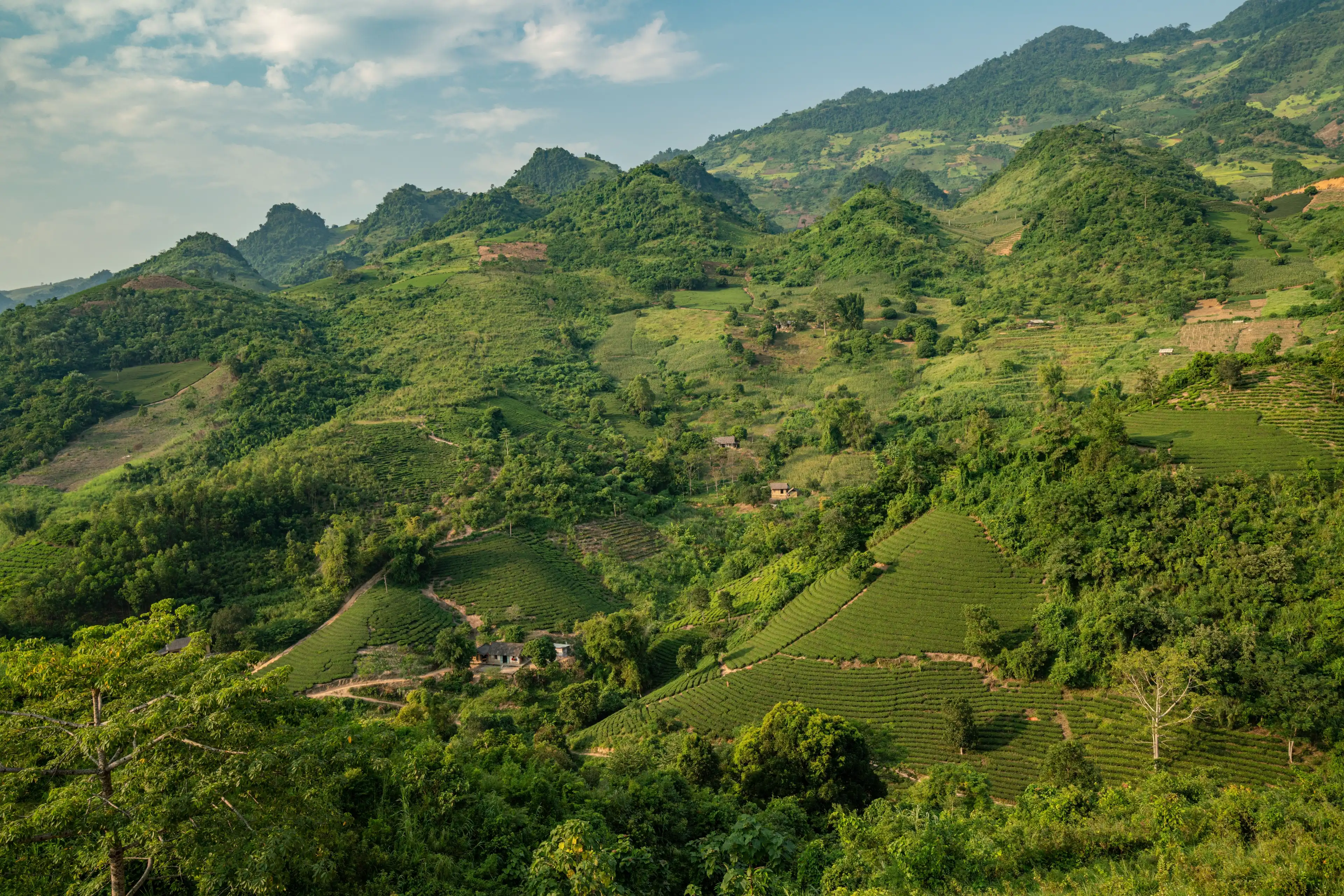
Bhubaneswar experiences 3 main seasons all year around—summertime, monsoon, and winter—each providing distinct reviews for tourists. Winter is the best time for sightseeing and festival celebrations, while the monsoon makes the metropolis’s lush greenery,that’s why the monsoon is also similarly famous. The summer season, though less famous, offers quieter sights for those willing to enjoy the warmth. Let’s delve deeper into what every season has to provide, helping you decide when is the best time to visit based totally on your alternatives.
Winter Season: October to February (16°C - 28°C)

The Winter season is surely the best time to visit Bhubaneswar. The climate is cool, dry, and best, with temperatures ranging from 16°C to 28°C, making it best for exploring the city’s iconic temples, lush parks, and charming museums. Sightseeing activities are a pleasure during this season as you can easily visit landmarks like Lingaraj Temple, Mukteshwar Temple, and Udayagiri and Khandagiri Caves.
Winter also brings vibrant festivals, which include the Konark Dance Fest, where classical dance forms are performed against the stunning backdrop of the Sun Temple, and the Puri Beach Festival, which showcases Odisha’s cultural history. Moreover, the Makar Mela and Magha Saptami celebrations provide a glimpse into neighbourhood traditions. Outdoor activities, including hiking, horse riding, and village tours, are especially exciting during this time. For a hassle-free trip, ensure you E-book your trip package early, as the wintry weather season sees the best inflow of vacationers.
Why visit in Winter?
Perfect Weather: With temperatures starting from 16°C to 28°C, the climate is cool and relaxed, permitting you to enjoy outside activities without breaking a sweat.
Cultural Extravaganza: Winter hosts some of Bhubaneswar’s most iconic festivals
- Konark Dance Festival: A Celebration of classical Indian dance forms on the stunning Sun Temple.
- Makar Mela: A fantastic fair showcasing of traditional art, craft, and foods.
- Puri Beach Festival: A vibrant blend of cultural performances, water sports, and beachside activities.
Outdoor Adventures: The cool climate is ideal for exploring the city’s well-known landmarks like Lingaraj Temple, Udayagiri and Khandagiri Caves, and Dhauli Shanti Stupa. You could also revel in sports together with hiking, horse driving, and touring tribal villages.
Travel Tips:
E-book accommodations early, as winter is the height of traveller season.
bring mild woollens for chilly evenings.
Monsoon: June to September (25°C - 32°C)
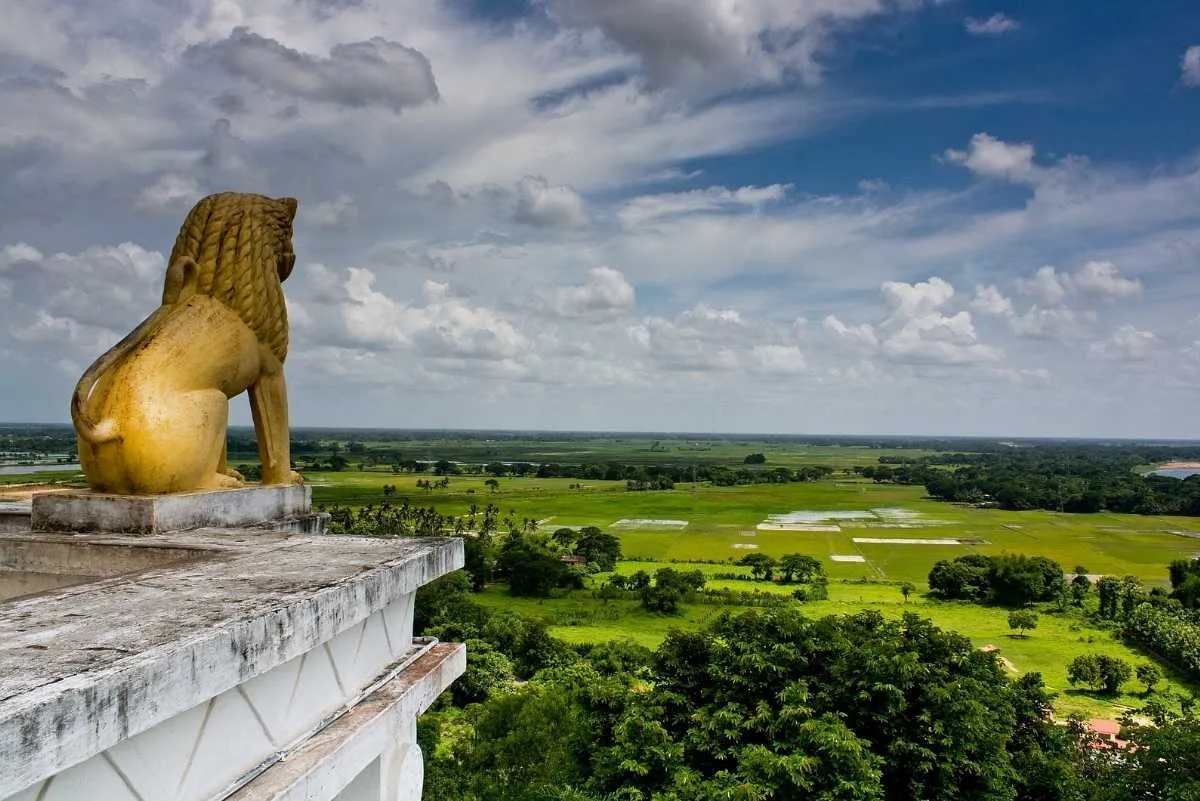
Monsoon in Bhubaneswar transforms the city right into a lush, green paradise, with rainfall rejuvenating the panorama and improving the splendour of its surroundings. The weather during this season is warm, with temperatures between 25°C and 32°C, accompanied by a lot of heavy rainfall. At the same time, as outdoor sports and sightseeing may be challenging because of unpredictable rains, the monsoon additionally gives unique experiences, such as witnessing the city's refreshed greenery and rain-washed temples like Rajarani Temple and Brahmeswara Temple.
This season is best for the ones seeking peace and tranquility, as it's miles less crowded. Monsoon additionally hosts vibrant festivals like Ratha Yatra, the grand chariot festival celebrated with devotion and passion, and Gamha Purnima, coinciding with Raksha Bandhan. For an easy trip all through the monsoon, it’s essential to pack waterproof clothes, umbrellas, and sturdy shoes. Choose indoor sports like museum visits or explore Bhubaneswar’s neighbourhood delicacies and craft markets if outside plans are interrupted by rain.
Why visit in the monsoon?
Scenic Beauty: The rains rejuvenate the city, offering a refreshing view of its landscapes and enhancing the beauty of its temples and parks.
Peaceful Experience: Since monsoon is not a peak tourist season, you can enjoy a quieter and more serene visit.
Festive Spirit: Monsoon also brings a unique celebrations such as:
- Ratha Yatra: The grand chariot festival dedicated to Lord Jagannath.
- Gamha Purnima: A conventional competition coinciding with Raksha Bandhan.
- Ganesha Chaturthi: A colourful festival honouring Lord Ganesha.
Challenges:
- Heavy rains can disrupt outdoor plans, making it difficult to visit certain attractions.
- The humidity at some stage in the monsoon can be uncomfortable for a few travellers.
Travel Tips:
- Carry waterproof gears, which include umbrellas and raincoats.
- Choose indoor activities like museum visits if it rains.
Summer Season: March to May additionally (38°C - 24°C)

Summertime in Bhubaneswar can be severe, with temperatures soaring as much as 38°C and high levels of humidity. Even if this season isn't always the most favourable for sightseeing, it has its personal set of benefits for travelers who don’t mind the warmth. The mornings and evenings throughout summer are pretty cool and may be used for exploring points of interest like Nandankanan Zoological Park, Odisha State Museum, and Ekamra Kanan Botanical Gardens.
Summer additionally gives a quieter and much less crowded experience, allowing you to discover the city at your own tempo. Fairs that include the Chhau festival, proposing captivating tribal dance performances, and the Sitalsasthi Carnival, celebrating the divine union of Lord Shiva and Goddess Parvati, add a cultural touch to your go-to. The Chandan Yatra, in which deities are provided with sandalwood paste to beat the summer heat, is another particular experience to witness.
To enjoy your summer ride, plan sports inside the cooler hours of the day, live hydrated, and wear lightweight, breathable garb. At the same time, it could now not be the most popular time to go to; summer in Bhubaneswar gives a completely unique attitude of the town’s cultural vibrancy and historical past.
Why visit in Summer?
Fewer Crowds: Summer sees the least range of tourists, so that you can explore attractions at your own pace.
Festival Fun: The city hosts several vibrant festivals during summertime, including:
- Chhau festival: An impressive tribal dance festival.
- Sitalsasthi Carnival: Celebrating the divine marriage of Lord Shiva and Goddess Parvati.
- Chandan Yatra: A completely unique festival in which idols are offered sandalwood paste to beat the warmth.
Outdoor Exploration: While afternoons can be sweltering, mornings and evenings are especially cooler and appropriate for travelling to key attractions like the Odisha state Museum and Nandankanan Zoological Park along with various things to do in Bhubaneswar.
Challenges:
- The heat can reach up to 38°C, with high humidity adding to the discomfort.
- Outdoor activities during midday can be exhausting.
Travel Tips:
- Stay hydrated and wear light, breathable clothing.
- Schedule outdoor activities early in the morning or after sundown to avoid the harsh sun.
Tips for Planning Your Trip to Bhubaneswar
Planning a trip to Bhubaneswar requires a few thoughtful guidelines to ensure a smooth and exciting experience. Right here are key points to consider before you embark on your journey:
Select the proper season: The best time to visit Bhubaneswar is throughout the winter months (October to February) when the weather is exceptional. Avoid summers if you’re sensitive to heat, and be prepared for heavy rainfall if visiting in the course of the monsoon season.
Book in Advance: Winter is peak tourist season, so book your lodges, flights, and tour packages in advance to avail best deals and avoid last-minute inconveniences.
Pack Smartly:
- For Winter: Carry light woollens for cold mornings and evenings.
- For Monsoon: Pack waterproof jackets, umbrellas, and sturdy shoes.
- For Summer: Opt for breathable, light clothing, sunscreen, hats, and sunglasses.
Plan sightseeing Wisely: Prepare an itinerary based on your preferred season. For winter, include outdoor sightseeing at temples and caves in your itinerary, the same time as indoor sports like museums and visits to neighbourhood markets are more appropriate during monsoon.
Respect Local Culture: Bhubaneswar, also known as the "Temple City of India," has a rich cultural and spiritual importance. Dress nicely while travelling to temples, and follow the customs and regulations of every place.
Stay hydrated and healthy: Preserve water bottles, especially during summertime and monsoon seasons. Avoid street food if you have an undigested stomach, and try local delicacies at hygienic eateries. You can also try the delicacies at the restaurants in bhubaneswar.
Prepare For Festivals: If you like festival celebrations- Enjoy at the Ratha Yatra or the Konark Dance Festival, plan your itinerary around these festival times for an immersive cultural enjoyment.
Transportation: Bhubaneswar is well linked by way of road, rail, and air. But hiring a nearby guide or cab can enhance your sightseeing enjoyment.
By using and maintaining those suggestions in your thoughts, you can ensure a memorable and hassle-free trip to Bhubaneswar.
Conclusion
The best time to visit Bhubaneswar is at some stage in the winter weather months from October to February. The best climate, vibrant festivals, and numerous outdoor activities make this season ideal for exploring the city. Monsoon offers lush greenery and fewer crowds, but heavy rainfall might restrict sightseeing. Summertime, even though hot, is best for those who are in search of enjoyment and unique festivals.
Choose your best time to visit Bhubaneswar, keeping in mind your preferences and the activities you wish to enjoy. Bhubaneswar awaits with its rich lifestyle, architectural wonders, and warm hospitality.
Frequently Asked Questions:
1. Which are the best months to visit Bhubaneswar?
The best months to visit Bhubaneswar are October to February, when the climate is high-quality and appropriate for exploring the city temples and other famous spots.
2. How many days are enough to visit Bhubaneswar?
2-3 are enough to visit Bhubaneswar’s key attractions, together with its temples, museums, and close by heritage websites.
3. What is Bhubaneswar famous for?
Bhubaneswar is well-known for its ancient temples, rich cultural background, and being part of the Golden Triangle with Puri and Konark.
4. How far is Bhubaneswar from Puri?
Bhubaneswar is about 60 kilometres from Puri, and it takes around 1.5 hours by road.
